- ~ Home
- ~ Camino Sanabrés (The Sanabrés Way)
Jump to Camino Sanabrés Stages
Camino Sanabrés Guide: Route, Difficulty & Stages to Santiago de Compostela
Disclosure: the PilgrimageTraveler.com is an associate of Booking.com, Roamless, and Amazon. As associates of these merchants, we earn from qualifying purchases from our links.
Last updated:
The Camino Sanabrés is a significant variant of the traditional Vía de la Plata, ("The Silver Way"), and rapidly gaining in popularity! Not only is this a splendid walk through the Ourense Mountains, it also offers a more direct path to Santiago de Compostela than the official route to Astorga.
At Granja de Moreruela, the official start of the Camino Sanabrés, this route veers northwest towards Ourense, providing an alternative to the Vía de la Plata. The official Vía de la Plata continues northward from Granja de Moreruela to join the Camino Francés in Astorga, another 94.5 kilometers, where it officially ends. From there, the pilgrim will walk the Camino Francés to Santiago.
While the nomenclature of these routes can sometimes be confusing, as this route is often still referred to as the Vía de la Plata, we will primarily use the term "Camino Sanabrés" for clarity's sake.
This pilgrimage should be on your list of longings! To be a pilgrim, most certainly is on my top list of things that I love and long for the most. Pilgrimage is an ongoing method of self-discovery for me.
“Uncover what you long for and you will discover who you are." Phil Cousineau, America Author
How Long is the Camino Sanabrés?
For those considering this journey, the Camino Sanabrés covers approximately 367 kilometers (228 miles) via the Oseira route (on day fourteen), or 362 kilometers (225 miles) via the standard route (based on my GPS and map verifications).
This is a respectable distance and truly a proper Camino in its own right. For a full Camino map of the Sanabrés, click here.
🙋♀️ Why Trust Us at the Pilgrimage Traveler?
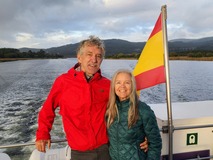
We’re not a travel agency ~ we’re fellow pilgrims! (See About Us)
We've trekked Pilgrimage Routes Across Europe since 2014!
💬 We’ve:
- Gotten lost so you don’t have to. 😉
- Followed waymarks in the glowing sunlight, the pouring rain and by moonlight. ☀️🌧️🌙
- Slept in albergues, hostels & casa rurals. Ate and drank in cafés along the way. 🛌 😴
- Created comprehensive and downloadable GPS maps and eBook Guides, full of must-have information based on real pilgrimage travels. 🧭 🗺️
- Shared our complete journeys, step by step to help YOU plan your ultimate pilgrimage and walk with your own Heart and Soul. 💙✨
Every detail is from our own experiences. Just fellow pilgrims sharing the Way. We have added a touch of spirituality, heartfelt insights and practical guidance from the road ~ offering a genuine connection to the spirit of pilgrimage. Tap into the wisdom of seasoned pilgrims!
Ultreia and Safe Pilgrimage Travels, Caminante! 💫 💚 🤍
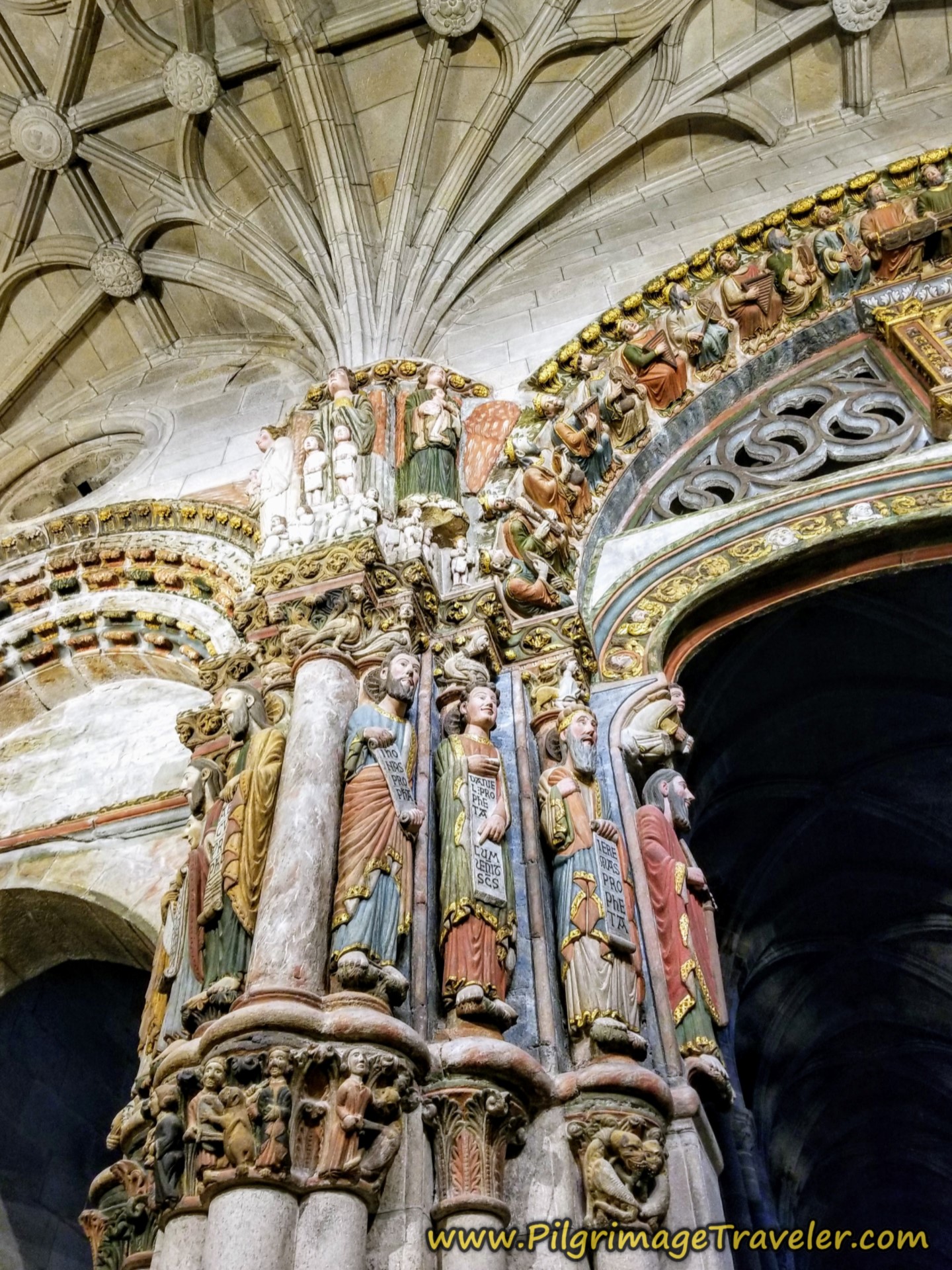 Pórtico del Paraíso, Ourense Cathedral: Reminiscent of the Santiago Cathedral
Pórtico del Paraíso, Ourense Cathedral: Reminiscent of the Santiago CathedralHow Difficult is the Camino Sanabrés?
This Camino is moderately difficult, in regards to the total distance you must walk, the terrain and the elevation changes.
While I did not feel it was as difficult as the Camino Primitivo nor the Camino de San Salvador, it is still a very mountainous route! If you start in Salamanca (see the Camino Fonseca explanation, just below), it will be quite flat for the first five days to Granja de Moreruela. From Granja de Moreruela, the open lanes give way to more trees along with more hills! Then the mountains begin!
The most difficult day in regards to elevation changes is day fourteen, leaving Cea, on the Way to Oseira. However, as always, a pilgrimage traveler can break these longer days down into several stages.
Perhaps, the most difficult aspect of this Camino is the long distances between support services. Thankfully, this is changing, but for now, proper planning is essential to ensure you don't get caught unprepared.
It is true of any long distance pilgrimage, you will need to take it slowly at first to ensure acclimation of your body. Walking a 20 kilometer day with 400 meter elevation changes may be easy enough. But when you do it day after day, it is a whole different situation!
If you read through my story, and our walk with our friends, there was an unfavorable outcome. I believe this could have been prevented, if the injured person had walked according to their ability. Knowing yourself and listening to your body are always the rules of any pilgrimage. The difficulty level will be greatly reduced if you follow this wisdom!
How Many Days Will it Take on the Camino Sanabrés?
It should take you about 2-3 weeks to accomplish, depending on how much time you choose to linger and savor all this walk has to offer you.
If you can average about 30 kilometers a day, you can do it in about 12 days (with no rest day). If you are more comfortable with 25 kilometers/day, 18 days is is closer to your estimate. If you want several rest days in the beautiful towns along the way, think Puebla de Sanabra, Seixabo and Ourense, three weeks is your best estimate!
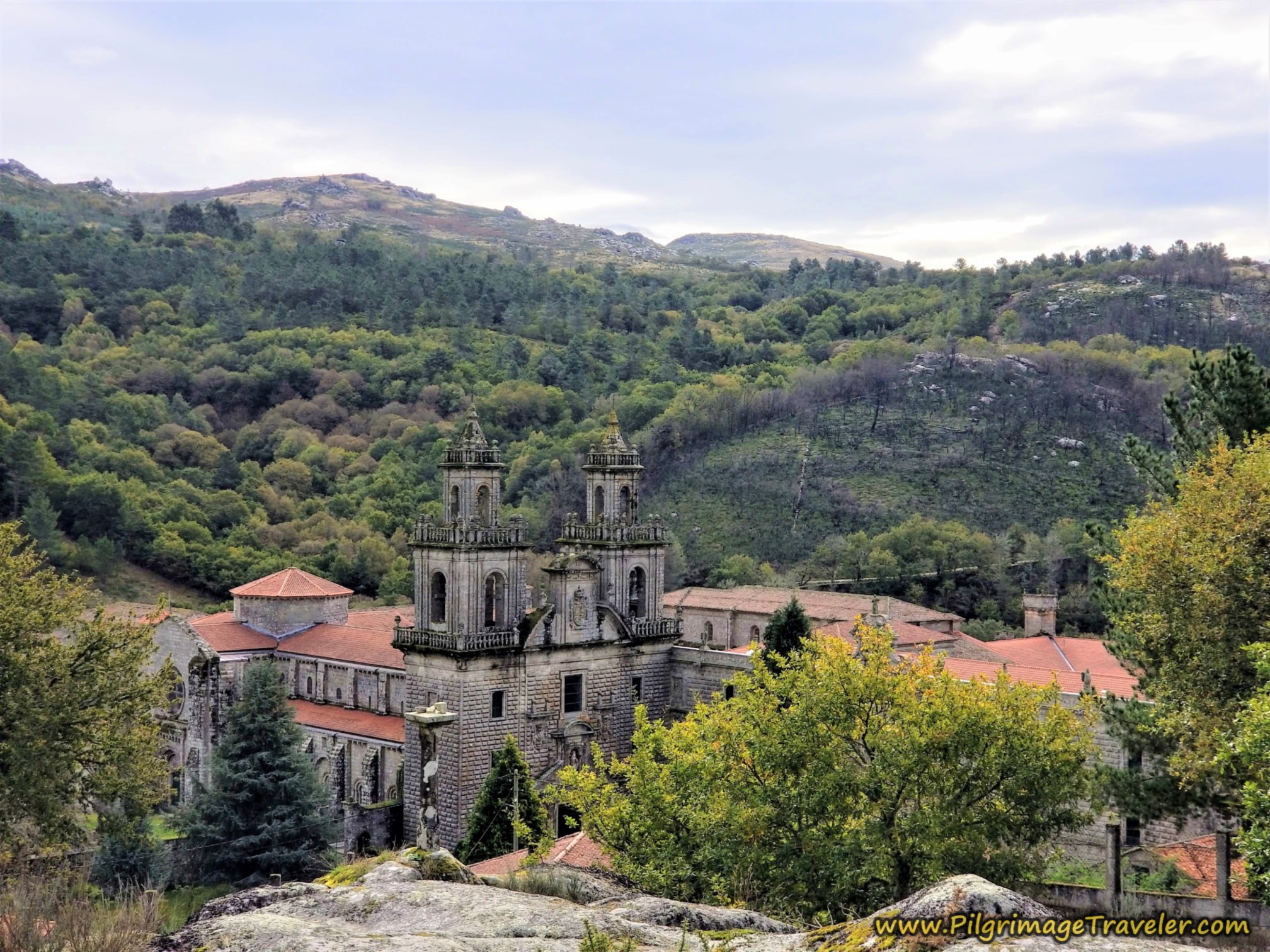 Mosteiro de Oseira from Viewpoint Above Town
Mosteiro de Oseira from Viewpoint Above TownWhat is the Camino Fonseca?
To add confusion to the nomenclature of the Vía de la Plata, the specific section of it that starts in Salamanca, encompassing 4-5 stages to Granja de Moreruela and including the Camino Sanabrés to Santiago de Compostela, is also historically known as the Camino Fonseca. This camino is named after the renowned archbishop from Salamanca, Don Alonso de Fonseca y Acevedo III, a 16th-century Archbishop of Santiago de Compostela. Fonseca was influential in promoting the University of Salamanca and Santiago, and established colleges in both cities. You will see his name throughout Salamanca and Santiago.
The total distance on the Camino Fonseca is about an additional 125 kilometers (78 miles) for a total of 492 kilometers (306 miles), if you choose to start in Salamanca, which our group did.
For a complete picture of the Camino Fonseca, you can also jump to the Vía de la Plata stages to see the five stages from Salamanca to Granja de Moreruela and the sixteen stages from Granja de Moreruela to Santiago which are included in our journey.
You can also find a map of the entire Vía de la Plata by clicking here.
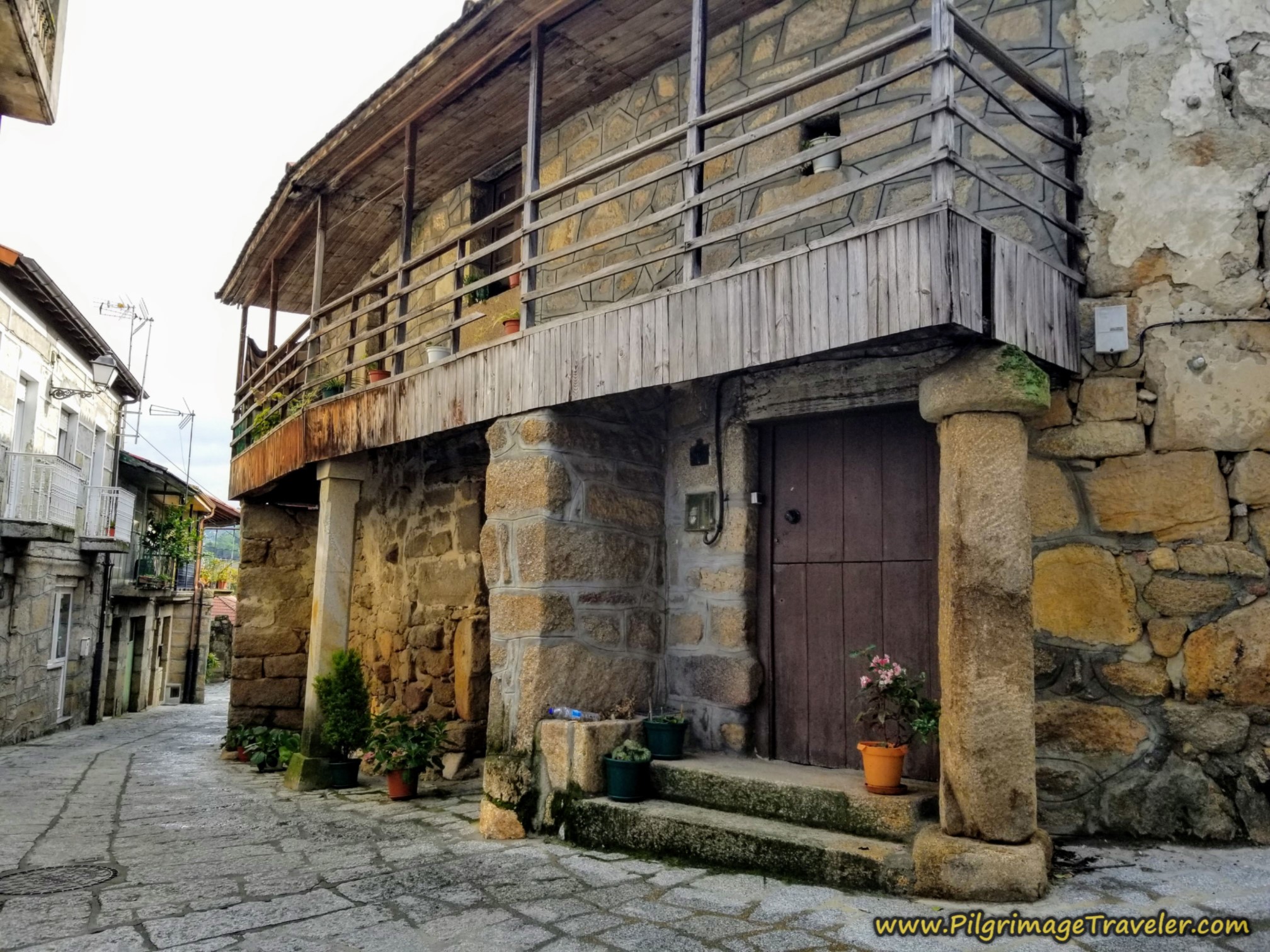 Historic Medieval Building in Seixalbo
Historic Medieval Building in SeixalboMany Converging Routes on the Camino Sanabrés
The Camino Sanabrés would prove to me, to be an individual walk to be respected in its own right. My husband and I combined this walk with the Camino Teresiano, then linked it to Salamanca via the Camino Natural Vía de la Plata, and started the traditional Vía de la Plata from Salamanca. We already had nine days walking and about 220 kilometers under our belts when we arrived in Granja de Moreruela at the beginning of the Sanabrés.
The Pilgrim's Office in Santiago de Compostela does not count the Camino Sanabrés as a separate Camino in its pilgrim statistics, but includes it in the Via de la Plata. Less than one percent of all pilgrims on all Caminos travel the Via de la Plata. You will be able to find plenty of solitude if you so desire.
From the suprising number of pilgrims we encountered along the Sanabrés, it has become much more popular, as pilgrims try to find the less crowded routes. Additionally, here may be some more reasons why:
The Camino Levante joins the Sanabrés in Zamora. We actually met several pilgrim's entering from this route.
The Camino Portugués Vía de la Plata, Zamorano also starts in Zamora, a few stages south, and continues west through Portugal and joins the Sanabrés in Laza to finish the final shared eight stages.
The Caminho Português Interior de Santiago, or the CPI, starts in Portugal, in Farminhão, to walk north to Verín to join this alternative of the Camino Sanabrés or to walk another stage farther north to join at Laza on the traditional stages.
The Camino de Invierno, a southern alternative from Ponferrada along the Camino Frances now joins it in Lalín, and shares the final few stages with the Sanabrés.
And finally, the 100 kilometer walkers, doing the minimum requirement for a Compostela, join the Sanabrés in Ourense, a bustling tourist town with thermal springs, for the final four pleasant stages to Santiago.
If you are planning to walk the final 100 kilometers, the official starting point will be the Catedral de Ourense, the main cathedral in the center of town. This cathedral is a glorious place to start your Camino and is similar to the cathedral in Santiago.
From the cathedral, if you chose the standard route on the day from Cea it will be approximately 105 kilometers total to Santiago and if you chose the Oseira Route, it will be about 110 kilometers total.
🌍 Interactive Map of the Camino Sanabrés
Here is our interactive Google map of this Camino, with many added features, for your ease of planning. The route we did is in blue, except for one section on day six, which I have explained in that day’s section. I have included several routes in orange, for your information, if you chose to do any alternatives. I have used the GPS tracks of others for the orange routes and cannot guarantee their accuracy.
🌍 Map Like a Pro: Step-by-Step Guide to Using My Interactive Maps*
On a Laptop:
- Initial View: Click "View larger map" (upper-right).
- Re-access: Go to maps.google.com → "Saved" icon (left taskbar) → "Maps" (far right).
On a Mobile Device (Google Maps App - Recommended):
- Initial View: Tap "View larger map" (upper-right). May open in app or browser. Tap "Save" if your browser asks.
- Re-access: Open app → "You" or "Saved" (bottom taskbar) → scroll down → "Maps" (lower right).
On a Mobile Device (Browser):
- Initial View: Tap "View larger map" (upper-right). May open in app or browser. Tap "Save" if your browser asks.
- Re-access: Go to maps.google.com → dropdown under "Google Maps" → "My Maps."
💡 PRO TIP: Using My Interactive Google Map for GPS Navigation
- Jump to this page for downloading instructions.
- Jump to this page for uploading instructions.
*Note that my maps are not offline maps, but you will need to have a data plan for full functionality. However, you can use them offline. For instructions on how to do that, please click here.
Staying Connected with an eSIM:
If your wish is to stay connected and your mobile device supports eSIMs, it’s the easiest way to go. No need to swap physical SIM cards—you just activate a virtual one on your phone. eSIMs let you buy data plans online, so you're connected the moment you arrive. It is so simple!
Why I Recommend Roamless:
I personally use Roamless for its pay-as-you-go model and seamless global coverage. The inexpensive data never expires, making it perfect for long or multi-country trips. Activate it only once and never have to swap physical cards or eSIMs ever again, even when traveling to multiple countries across multiple dates. Find out more by clicking here and be an informed pilgrimage traveler!
Jump to Camino Sanabrés Stages
General Regional Information along the Camino Sanabrés
What I found to be unique on this particular Camino, was due to regional differences. While in the municipality of Castilla y León, mostly the municipal albergues are donativos. The municipality does not give you sheets of any nature, neither cloth or disposable, so on this Camino, consider at least bringing a sleeping bag and/or a liner. Blankets are a hit or miss, everywhere. I would rather have my own bedding anyway, merely for hygienic reasons. Heat is usually available.
Don't expect WiFi in the albergues in this region. Most of them are very basic, so if you get any luxuries like WiFi, and individual night lights and charge plugs by your bed, like we found at the Santa Marta albergue, consider it a real treat! Often I couldn't even get a cellular signal in the remote areas, so if you want to be connected, patronize the bars which usually do have Wifi.
If you want more luxuries in Castilla y León, consider donating generously! The municipality is providing you a service which wouldn't exist except for your donations and the contributions of the municipality (usually from the churches) which often cannot cover the cost of your expectations.
The one thing you will get for free in Castilla y León is lots of red dirt in everything! My black trail shoes were constantly dusty and dirty, rendering them a constant brownish/tan color. It was better than mud, for sure.
Once crossing over into Galicia, the signage changes, the terrain changes, the climate changes and the municipal albergues now charge you a set fee. The fee is 10 Euros, usually. You will find Wifi, almost always and they will give you disposable sheets.
👣 Camino Sanabrés EBook:
Offline Guide with Bonus Route
~ Includes 4-5 additional days on the Vía de la Plata from Salamanca!
Walk smarter with our ad-free, beautifully formatted Camino Sanabrés eBook Guide, perfect for offline use ~ important in the mountainous and remote areas. Includes daily stage details, stunning photos, historical background and a BONUS digital guide on the Vía de la Plata from Salamanca, called the Camino Fonseca. This allows you the opportunity to add 4-5 more days to your Camino in the beginning.
Don't carry a hard copy guide book to increase your pack weight. Use our frequently updated digital guide on your next Camino instead!
📲 Instant download. 💸 Money-back guarantee. 🔄 Free updates for 1 year.
👉 Click here for more info or BUY NOW!
Jump to Camino Sanabrés Stages
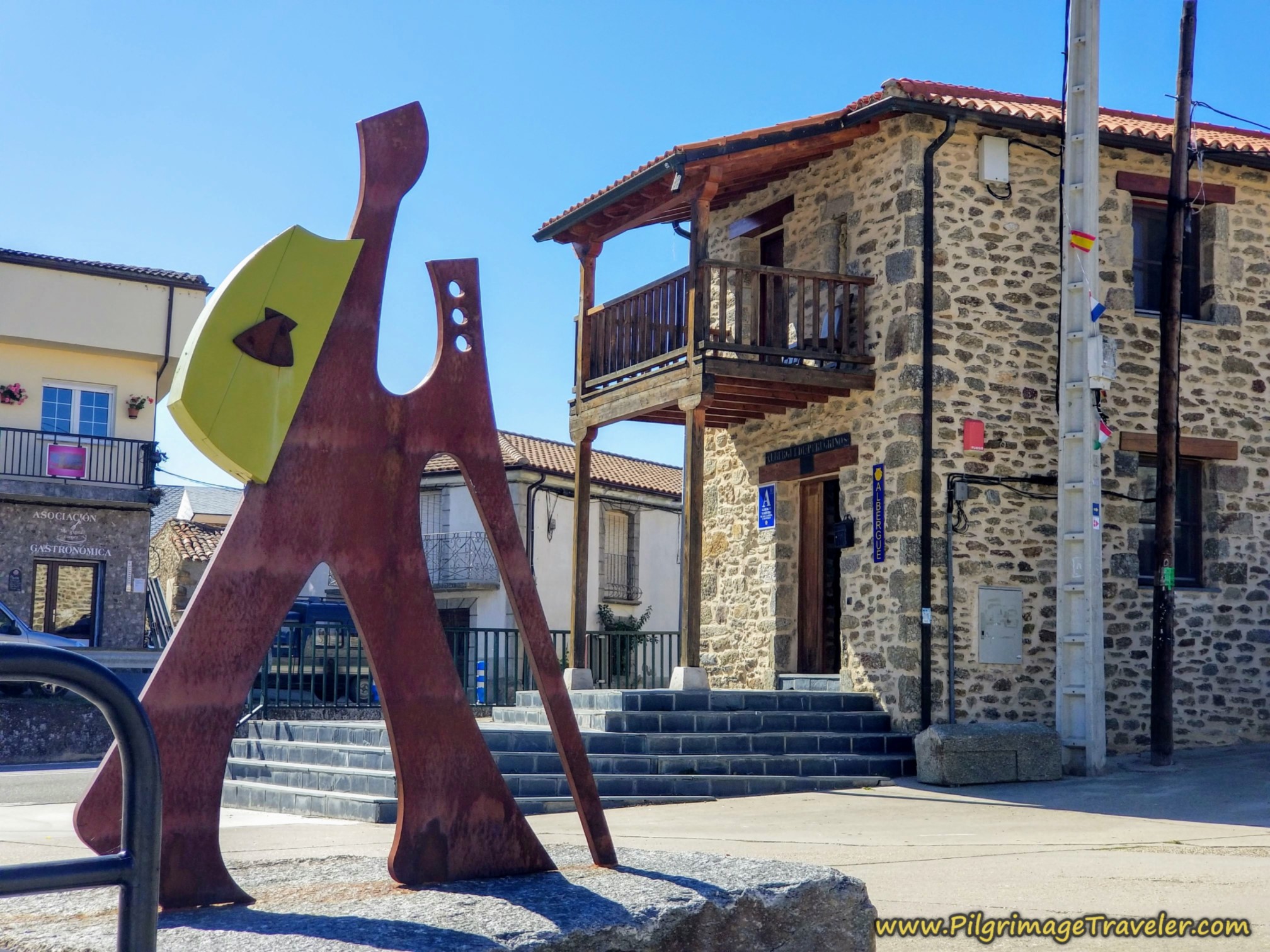 Albergue de Peregrinos Virgen de la Carballeda, Rionegro del Puente
Albergue de Peregrinos Virgen de la Carballeda, Rionegro del PuenteHistory of the Camino Sanabrés
This Camino gets its name from the region it travels through, Sanabria, one of the westernmost subdivisions of the municipality of Castilla y León. Sanabria is the last region you walk through before crossing over into Galicia. These are the two exclusive municipalities the route passes through; Castilla y León and Galicia.
The actual Camino de Santiago, by the Camino Sanabrés is a much "newer" pilgrimage route, since it has been used by pilgrims for only about 800 years. Compare it to the "Original Way" or the Camino Primitivo, the very first one that was started in the 9th century, at about 1100 years old.
The creation of the Sanabrés came about with the increasing popularity of the Camino de Santiago in medieval times, following the existing roads of the era. To say that this Camino is full of history, is an understatement.
The earliest known sculpture of St. James, or Santiago, as a pilgrim can be found along the Sanabrés, on the second stage to Santa Marta de Tera. This extraordinary sculpture is hanging outside the 12th century church, the Iglesia de Santa Marta de Tera. The church is an amazing museum and example of Romanesque architecture.
This Santiago of Santa Marta de Tera, shown here at the entryway to the back door of the church, may have perhaps sat atop a steeple with all twelve apostles, as is postulated, but not known. Both this sculpture and the one opposite in the archway, of an unidentified apostle are cut off at the knees, suggesting they were moved.
The Santiago sculpture may have been placed here in the doorway more recently, but alas, as it is outside, the weather is taking its toll on it. You can see the staff and water gourd, common items of a pilgrim. The scallop shell on his pouch is undoubtedly a symbol of the Santiago pilgrimage, so scholars believe this is the earliest depiction of Santiago, in pilgrim's garb. This sculpture is a must see in Santa Marta de Tera.
This region is very proud of their iconic sculpture and you can't miss similar images of this first pilgrim Santiago along the Way from here.
"The Silver Way" was created by the Romans to open trade routes between the south and north of Spain and the Camino Sanabrés follows many of these old Roman roads. I do love a good Roman road! Hard on the feet, but heavy on Romanticism (pun intended).
The medieval, tourist town of Puebla de Sanabria is one of the highlights along the Way, and is worth a day's rest if you have the time.
The 12th century Romanesque door of the Iglesia de Santa María del Azogue in Puebla de Sanabria caught my eye and is special indeed.
The crowning jewel that looms over town is the 15th century Castillo de Puebla de Sanabria, shown here.
Then there is Ourense, another tourist town worthy of a day's touring, with its glorious cathedral and thermal baths that pilgrims have been using for centuries. A long hot soak is excellent for the weary bones.
Here is the historic public fountain at the As Burgas thermal springs. The large soaking pool is just behind it, right in the middle of the city, along the Camino and next to the municipal albergue. It is free to the public. What more could a pilgrim want? Just be sure to have a bathing suit as they will not let you in the pool with shorts or other non-traditional swimming garb. The photo of the pools, farther below, I took during siesta, when it was closed. But it was very full after 5:00 p.m.!
There are more free, public hot springs on the north side of town, across the river Minho, and a very nice private one. There are tourist trains that shuttle you there from the Plaza Mayor! Just ask at your accommodation.
Jump to Camino Sanabrés Stages
Landscape of the Camino Sanabrés
The ever changing landscape of this Camino helped relieve the boredom that I found on our prior days on the Vía de la Plata, walking on endless gravel lanes through fields. However, the first several stages are indeed similar as you can see.
Slowly, the open plains give way to a scrubbier landscape, and with majestic and towering evergreen oak trees.
About five stages in, the terrain really changes and now gives way to more forests than fields.
The forests of Galicia are unique, and I can always tell when I am in one. I call them the "enchanted" forests, because that is what they are to me. They look like something right out of Tolkien.
And suddenly the mountains begin, and the Way is dotted with these lovely little villages tucked in among the hills.
The highest and most exposed points on the Camino Sanabrés come in the middle stages, our days 6-8. Pictured below is one of the highpoints, by this lovely reservoir, the Embalse de As Portas, just after the Alto do Espiño at 1085 meters (3560 feet) on our day eight. For pictures of these high views on a clear day, see day nine.
The other two high passes are the Alto de Padornelo at 1356 meters, (4448 feet) on day six and the Alto da Canda at 1262 meters (4140 feet) on day seven.
The AVE (Alta Velocidad Española) high speed rail project will leave your mouth gaping as you view endless tunnels and bridges in these mountains to bring you a high speed service from Santiago de Compostela to Madrid. The word "ave" in Spanish also means bird, an intentional play on words.
Here is one of the bridges high in the mountains, just before Laza, that you can see in the upper left hand corner.
I just love walking through the mountains, and the Camino Sanabrés does not disappoint.
Jump to Camino Sanabrés Stages
When to Go on the Camino Sanabrés
Once again, we recommend avoiding this Camino during the summer months. The many open and treeless plains of the municipality of Castilla y León in the initial stages make for a very hot walk in the heat of the day. We were hot in the afternoons in October when we walked, but fortunately in the fall, the nights cooled off, and at least the mornings were cool.
Once you reach the mountains of Galicia, however, things change dramatically and we had to wear rain gear, jackets and gloves on many days. You will most certainly encounter rain in Galicia, unless you are extremely lucky.
To aid in your understanding of the weather along this route, I suggest you use this website: Spanish climate travel planner.
Waymarking on the Camino Sanabrés
The waymarks are sufficient, from the special, unique carvings, by the sculptor Nicanor Carballo, at many intersections to the shell waymarks in the streets of the cities, and to the ubiquitous yellow arrows.
I think I may have photographed most of these special carved waymarks, I was so enthralled by them! Here are just a few. Nicanor Carballo, is a sculptor from Ourense and he has carved these lovely waymarks that you will see along the Camino in his province of Ourense.
I have only seen such carved waymarks along the Sanabrés. How lovely for Nicanor Carballo to grace us with his work!
And thus, is my highlight of the Sanabrés. There are plenty of accommodations along the way. The only pinch point we found was in Santa Marta de Tera. At the worst, if the one small, 13-bed albergue is full, you can taxi or walk to the next town.
The accommodation is sufficient for shorter stages, unlike the southern portions of the Vía de la Plata.
While the traditional view of the Sanabrés would call for 13 stages, at least four of them are over 30 kilometers. We did this Camino in a more comfortable 17 stages, with only one day over 30 kilometers and an average of about 22/day. You could easily do even less kilometers in a day if needed.
Salutation
I do hope that I have at least tempted you to consider this most fabulous walk, after reading my introductory article. May your own journey on the Camino Sanabrés help you uncover what you long for, so you can know who you really are! The journey begins the moment you "hear the call!" Ultreia!
Camino Fonseca Stages
~ Vía de la Plata Stages from Salamanca
~ Camino Sanabrés Stages
Please Consider Showing Your Support
Many readers contact me, Elle, to thank me for all the time and care that I have spent creating this informative website. If you have been truly blessed by my efforts, have not purchased an eBook, yet wish to contribute, I am exeedingly grateful. Thank you!
Search This Website:
🙋♀️ Why Trust Us at the Pilgrimage Traveler?

We’re not a travel agency ~ we’re fellow pilgrims! (See About Us)
We've trekked Pilgrimage Routes Across Europe since 2014!
💬 We’ve:
- Gotten lost so you don’t have to. 😉
- Followed waymarks in the glowing sunlight, the pouring rain and by moonlight. ☀️🌧️🌙
- Slept in albergues, hostels & casa rurals. Ate and drank in cafés along the way. 🛌 😴
- Created comprehensive and downloadable GPS maps and eBook Guides, full of must-have information based on real pilgrimage travels. 🧭 🗺️
- Shared our complete journeys, step by step to help YOU plan your ultimate pilgrimage and walk with your own Heart and Soul. 💙✨
Every detail is from our own experiences. Just fellow pilgrims sharing the Way. We have added a touch of spirituality, heartfelt insights and practical guidance from the road ~ offering a genuine connection to the spirit of pilgrimage. Tap into the wisdom of seasoned pilgrims!
Ultreia and Safe Pilgrimage Travels, Caminante! 💫 💚 🤍
Follow Me on Pinterest:
Find the Pilgrimage Traveler on Facebook:
Like / Share this page on Facebook:
***All Banners, Amazon, Roamless and Booking.com links on this website are affiliate links. As an Amazon associate and a Booking.com associate, the Pilgrimage Traveler website will earn from qualifying purchases when you click on these links, at no cost to you. We sincerely thank you as this is a pilgrim-supported website***
PS: Our eBook Guide books are of our own creation and we appreciate your purchase of those too!!
Shroud Yourself in Mystery, along the Via de Francesco!
Walk in the Footsteps of St. Francis, and Connect Deeply to the Saint and to Nature in the Marvelous Italian Countryside!
Need suggestions on what to pack for your next pilgrimage? Click Here or on the photo below!
Find the Best Hotel Deals Using This Tool!
Carbon Trekking Poles ~ My Favorites!
Carbon fiber construction (not aluminum) in a trekking pole makes them ultra lightweight. We like the Z-Pole style from Black Diamond so we can hide our poles in our pack from potential thieves before getting to our albergue! There are many to choose from! (See more of our gear recommendations! )
Gregory BackPack ~ My Favorite Brand
Do not forget your quick-dry microfiber towel!
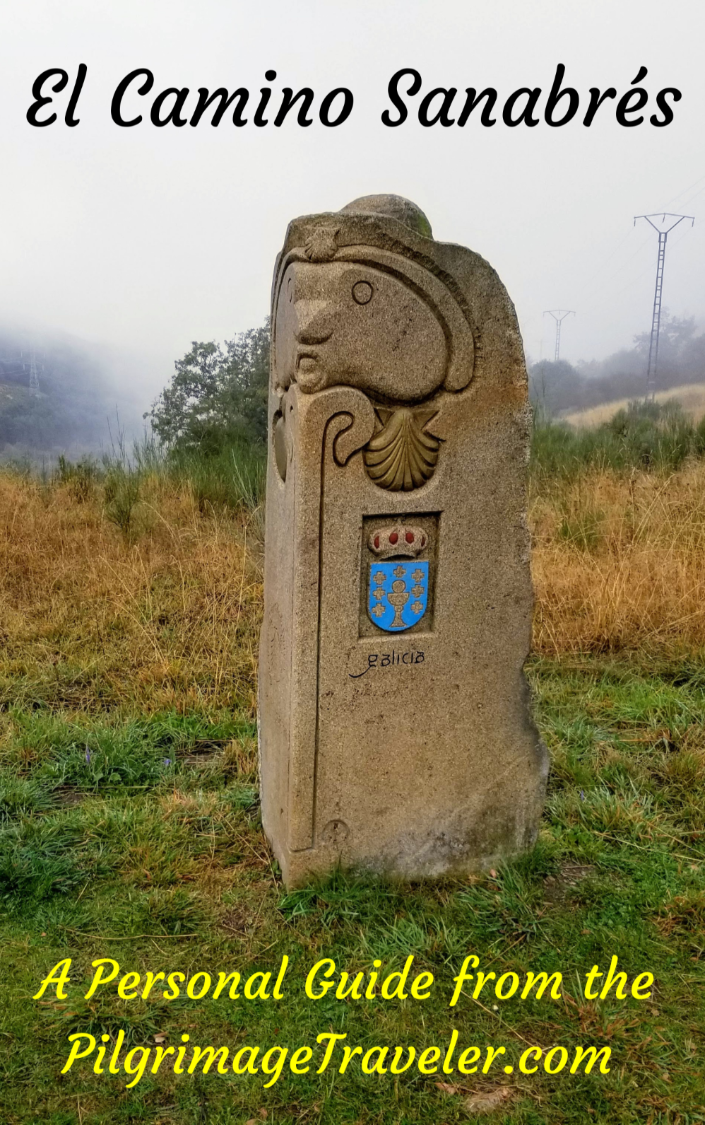
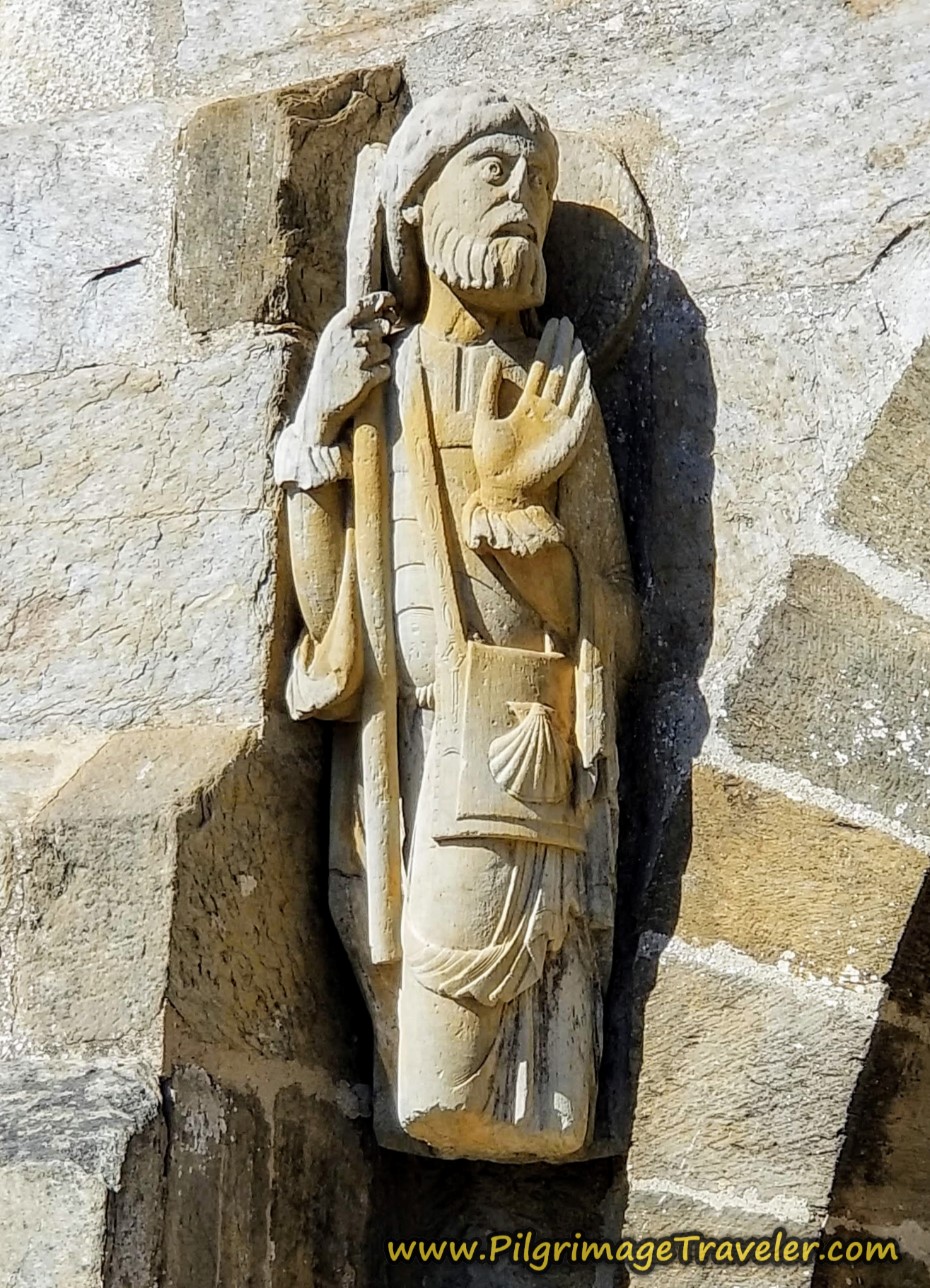
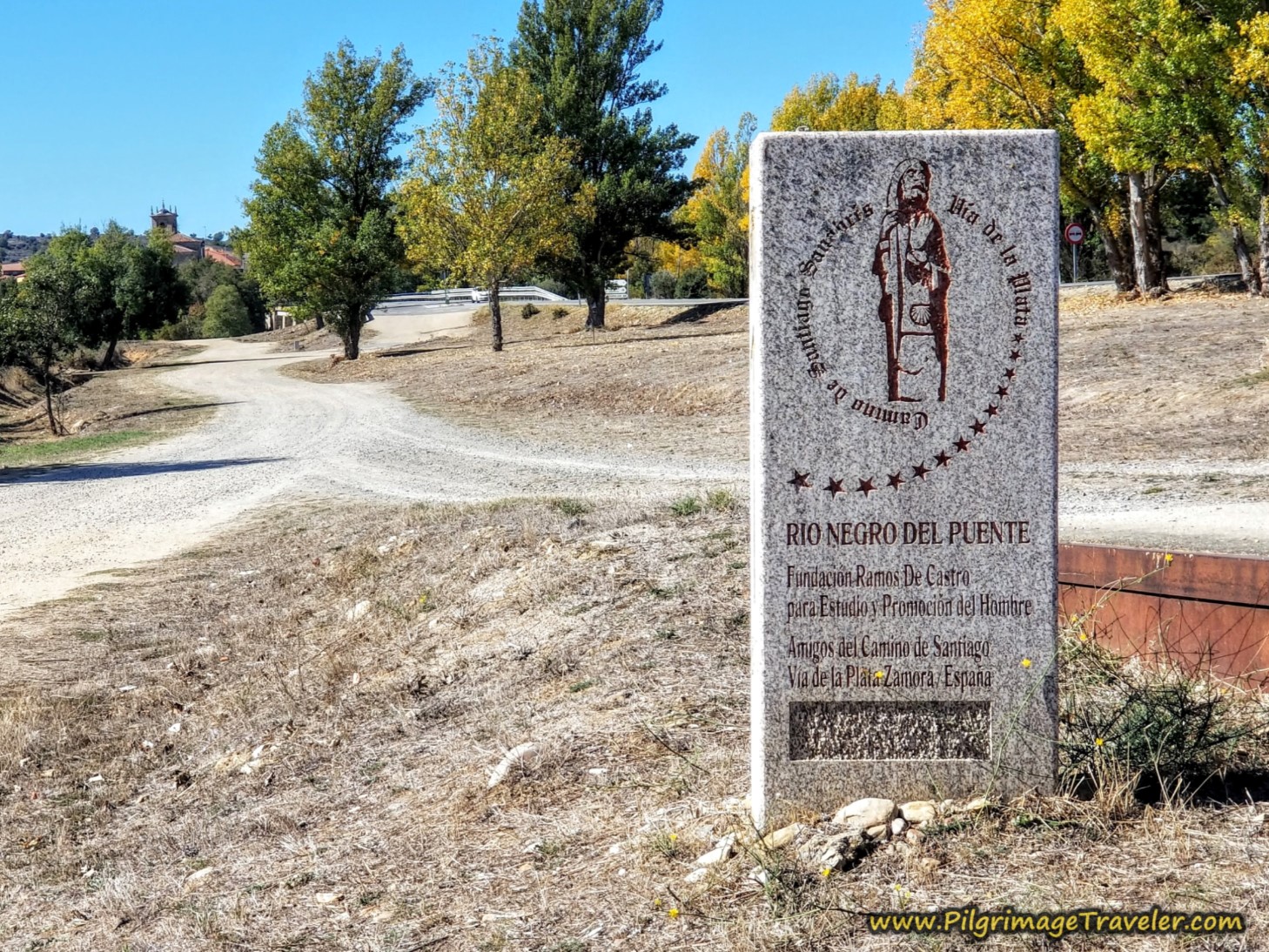
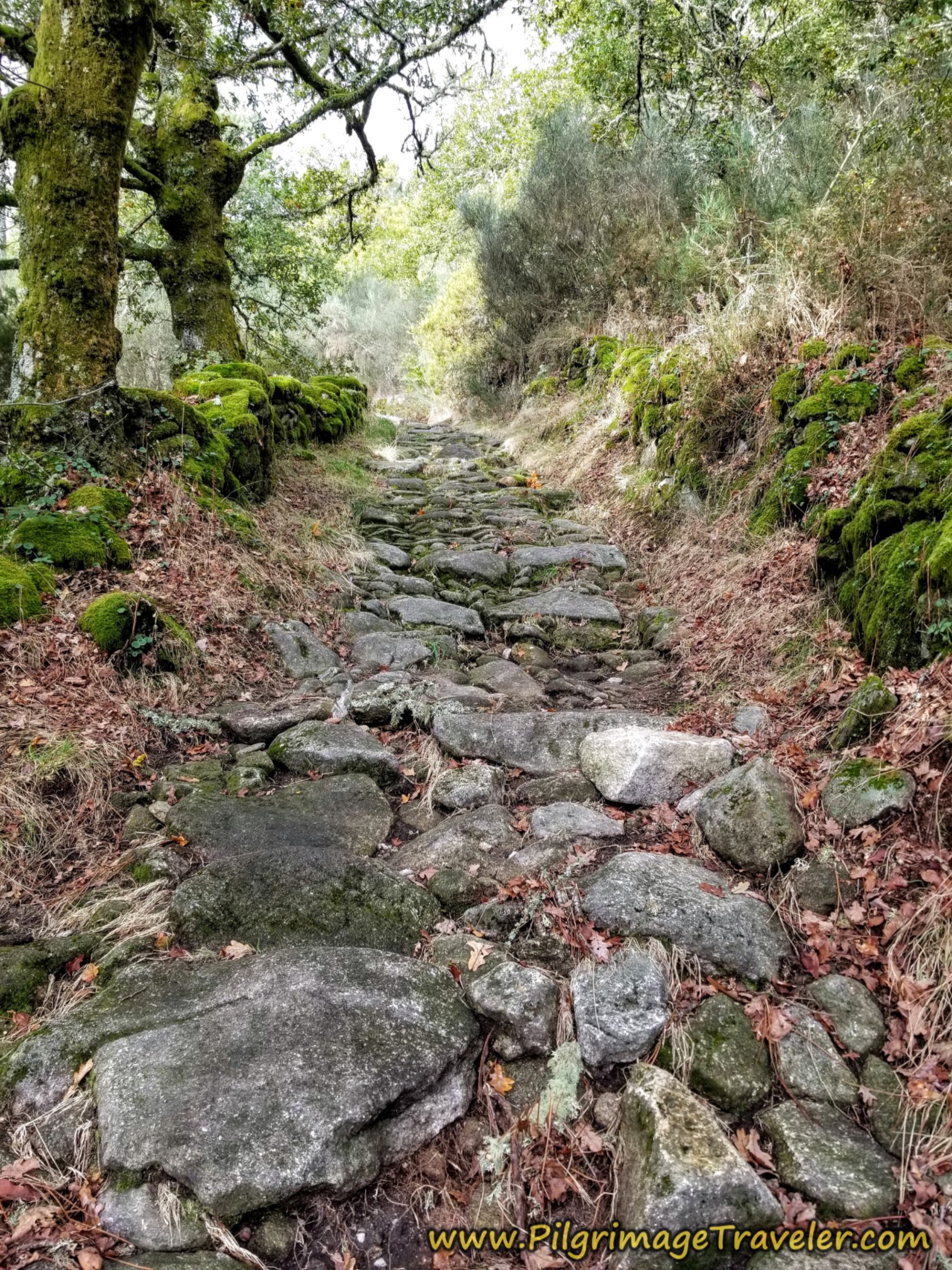
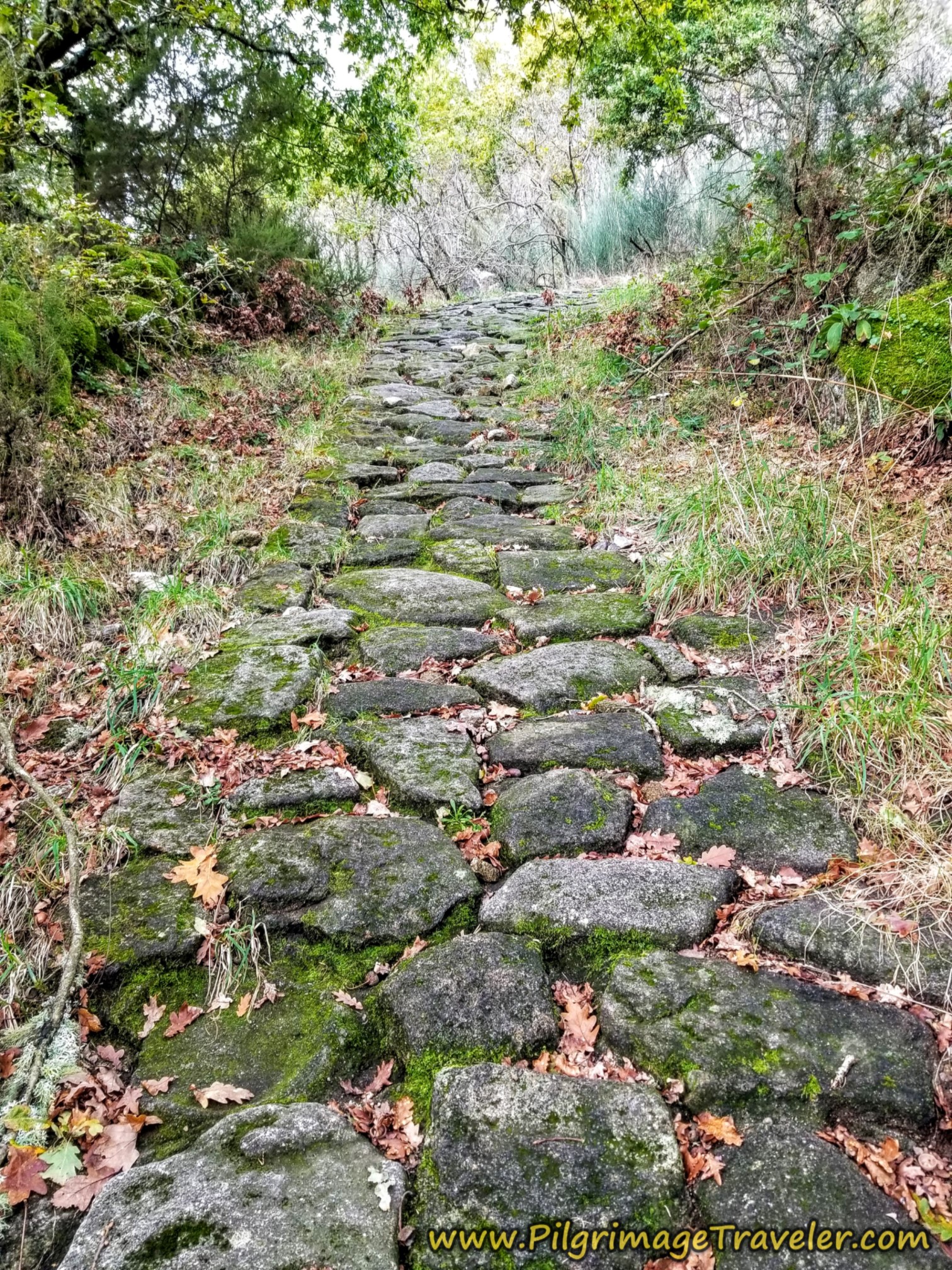
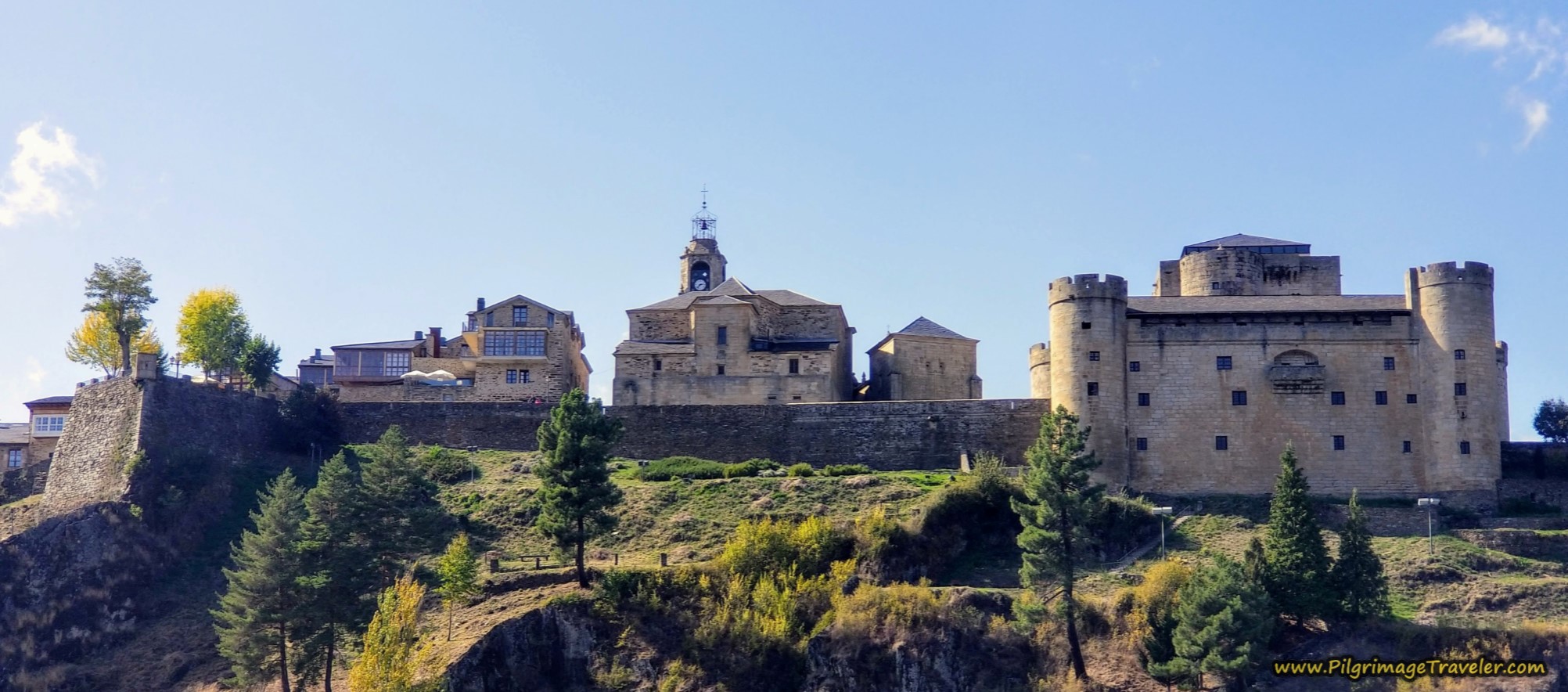
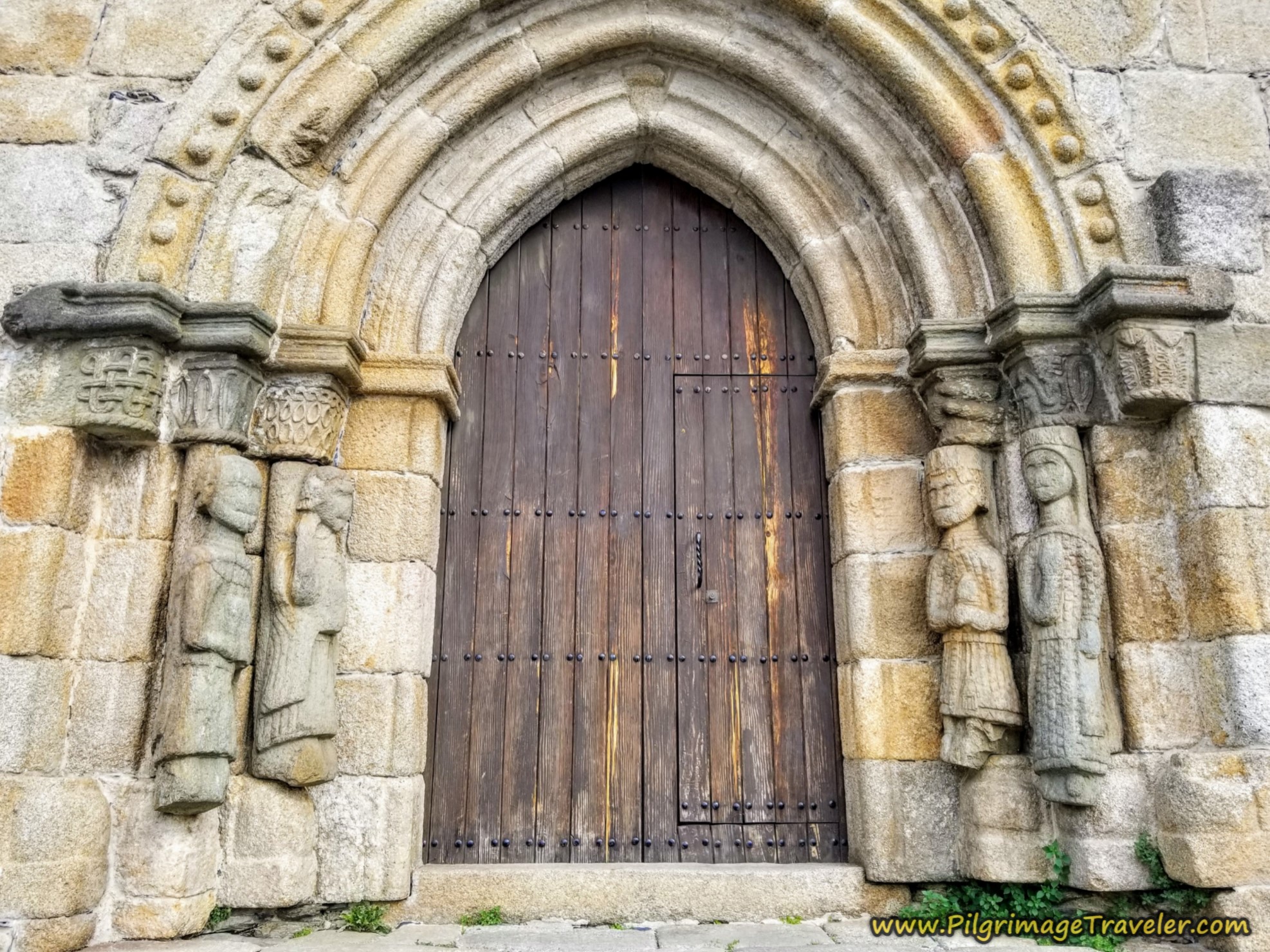
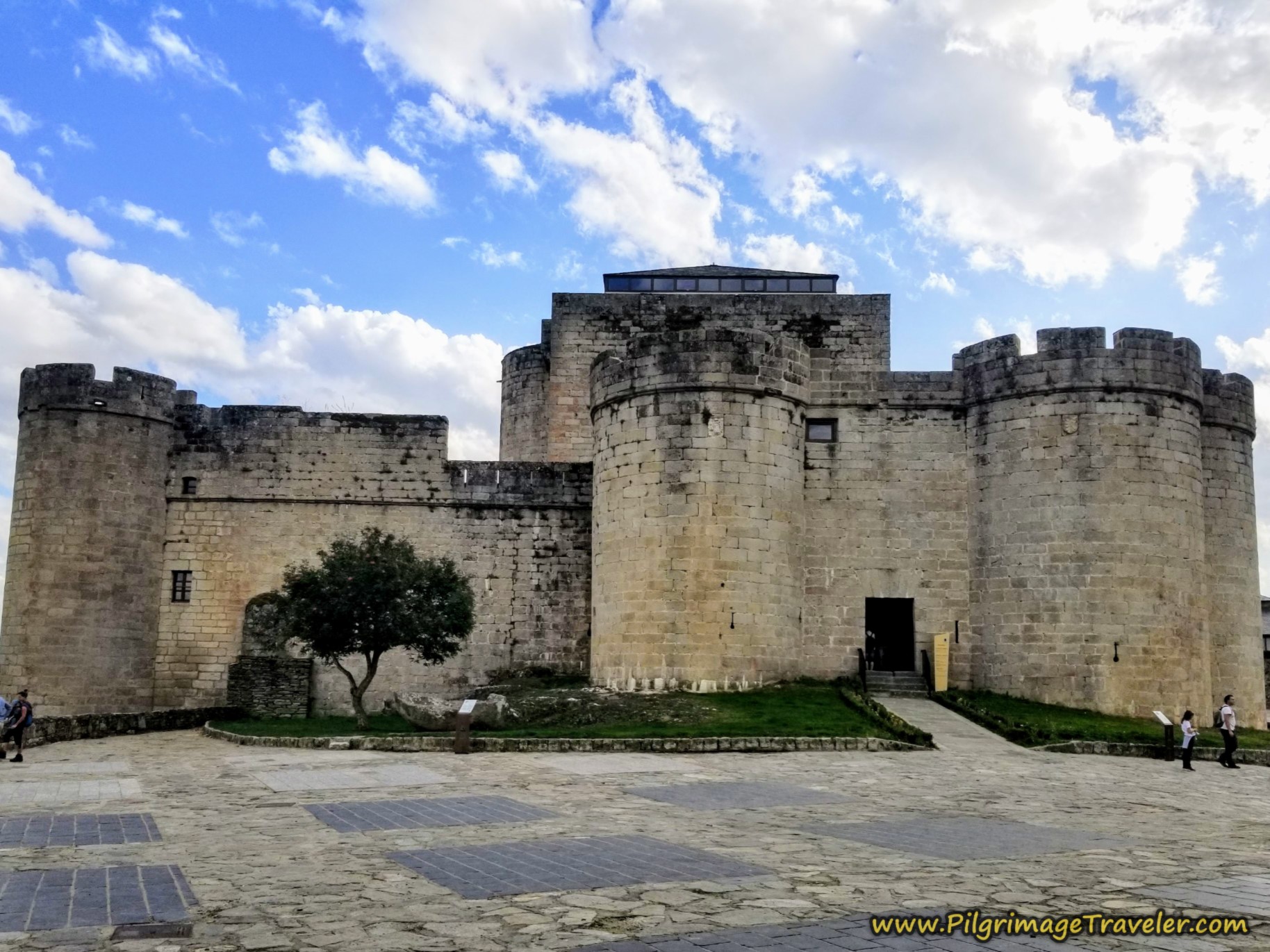
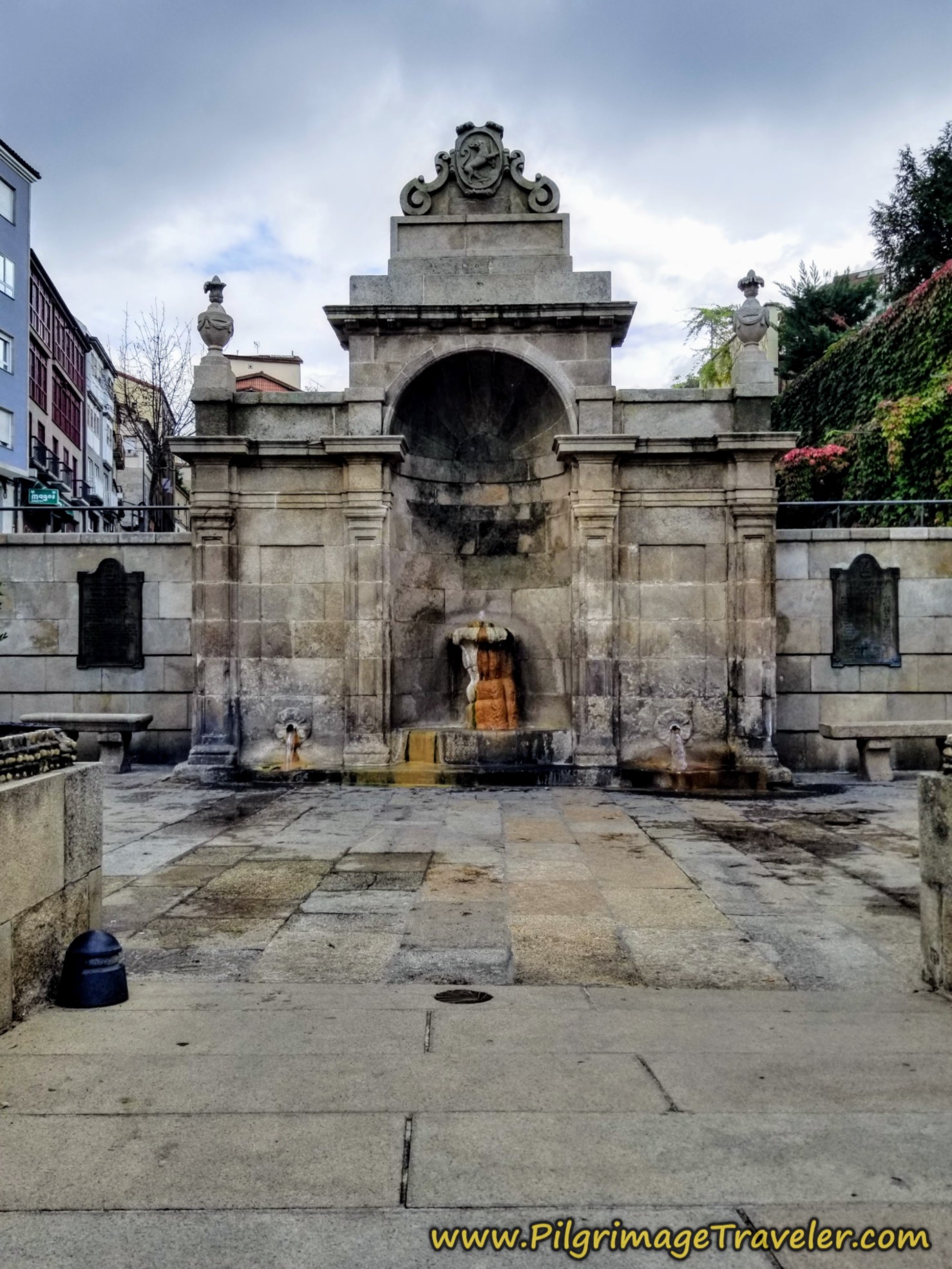
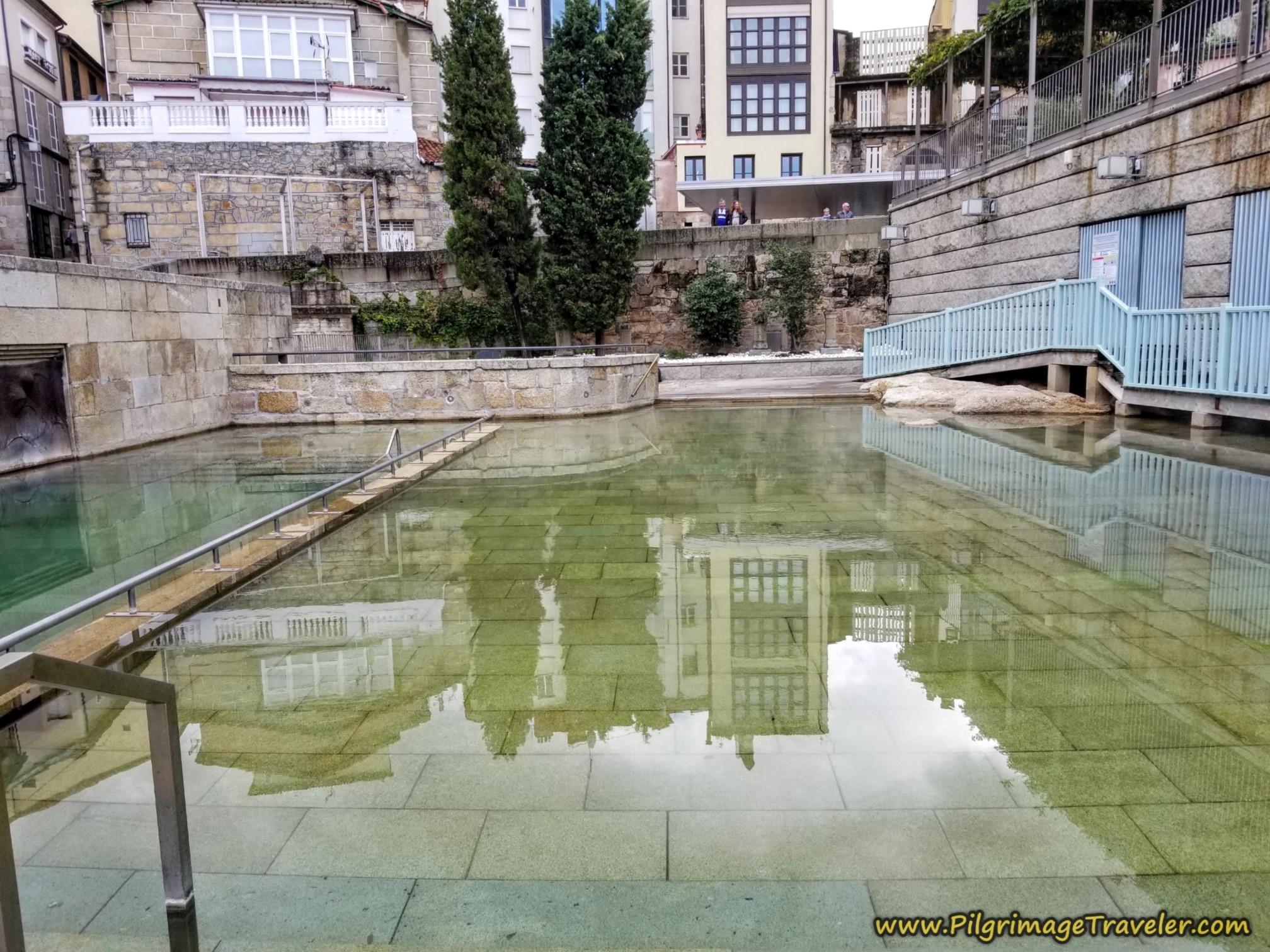
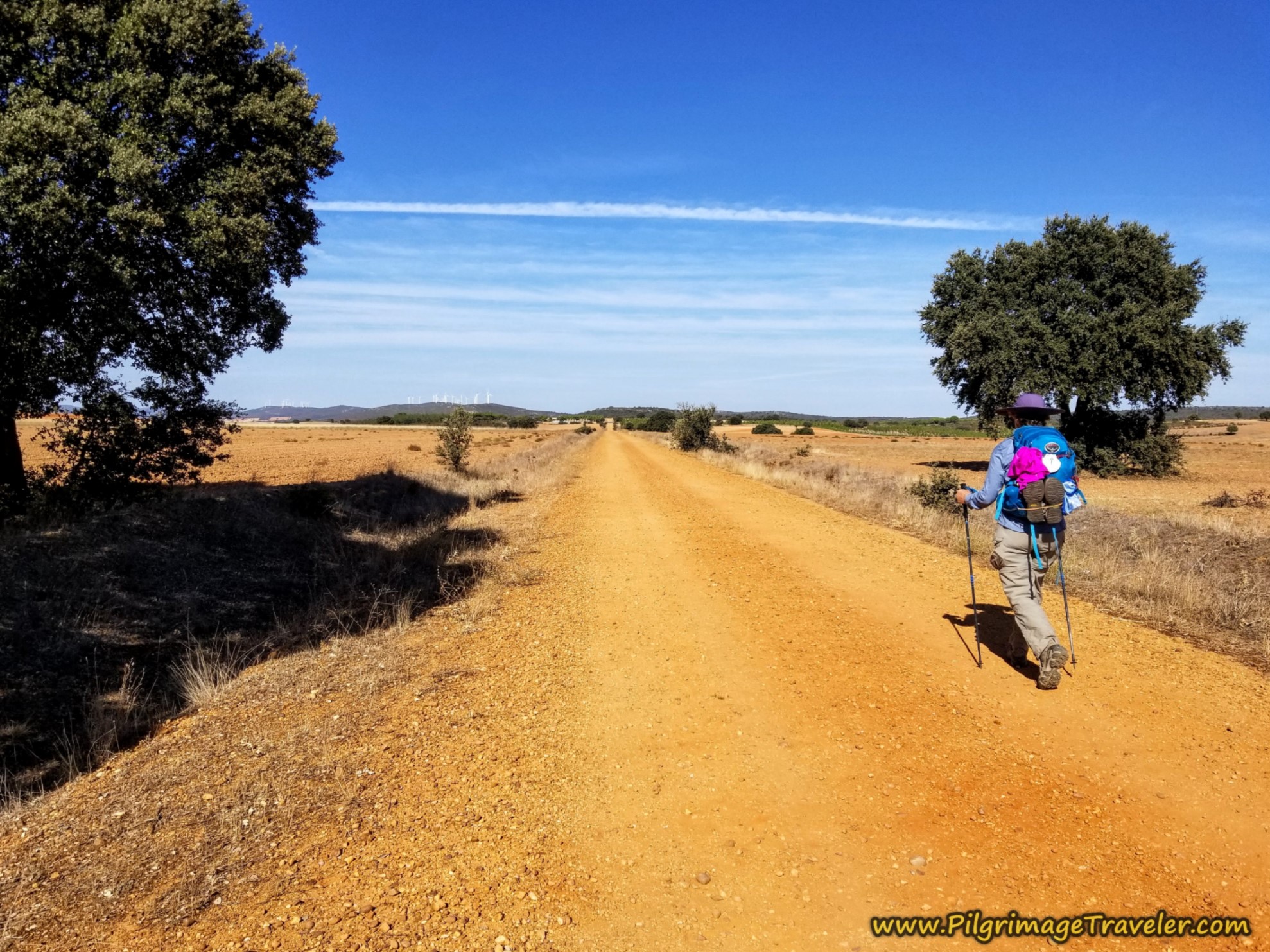
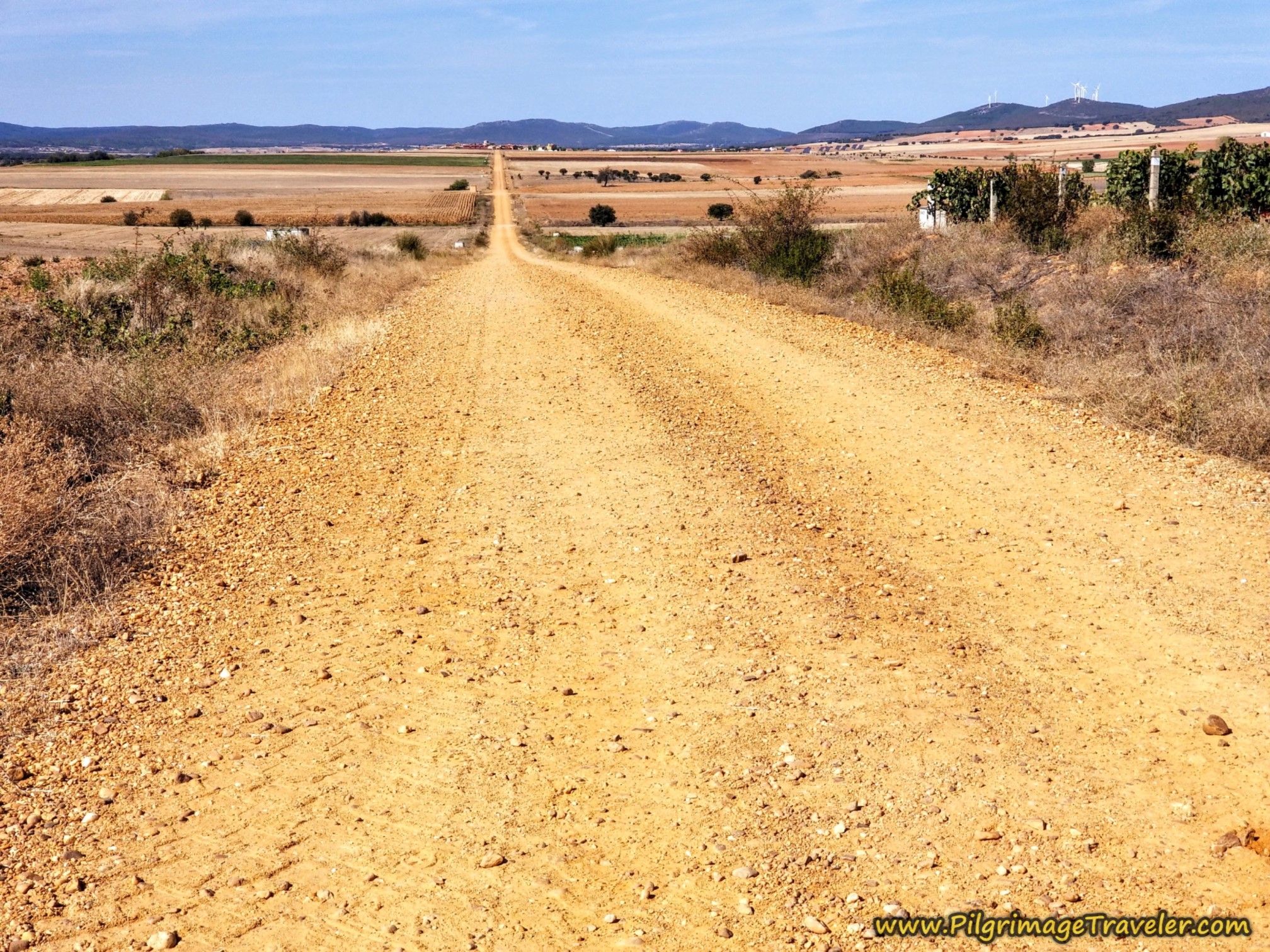
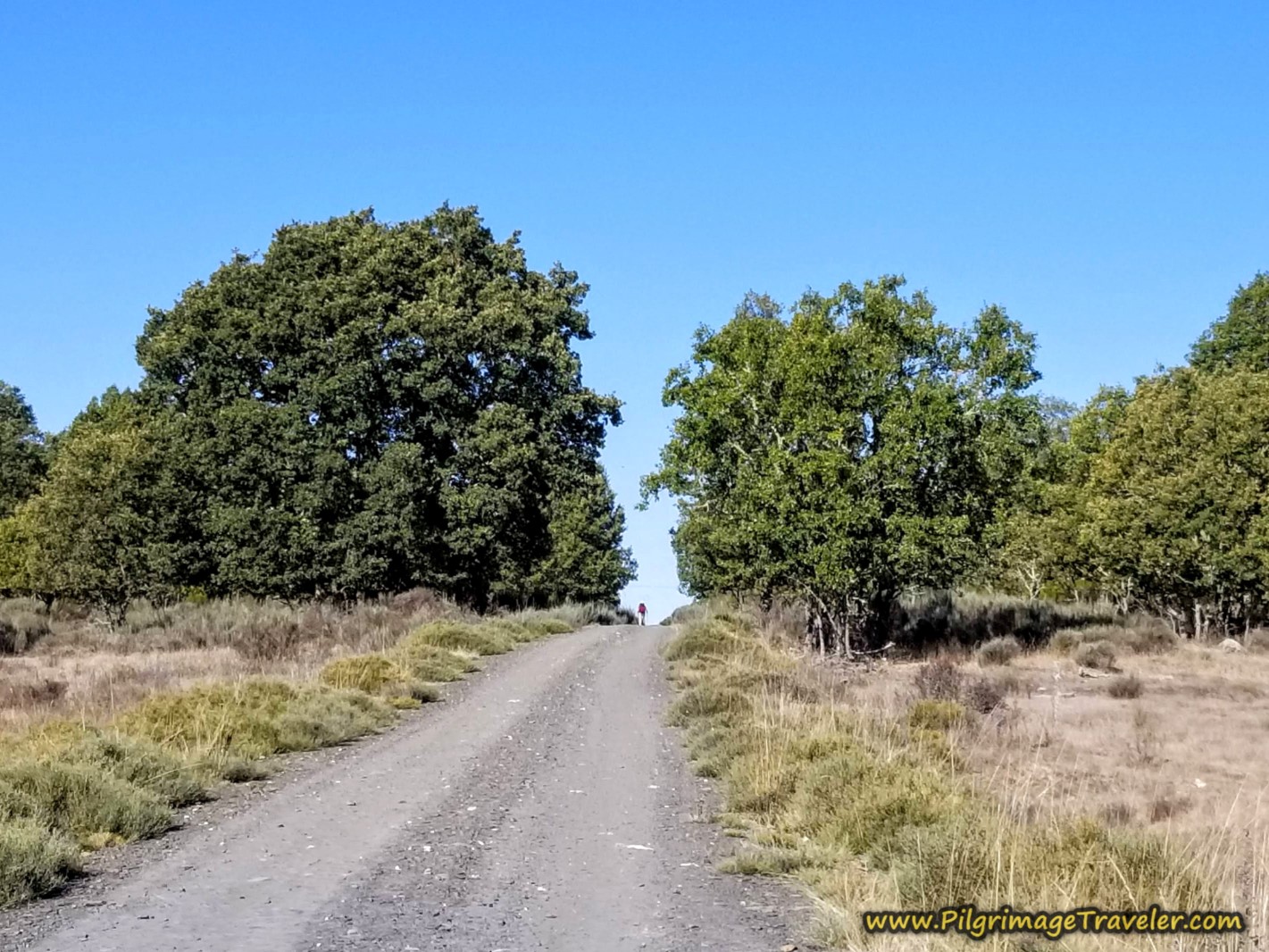
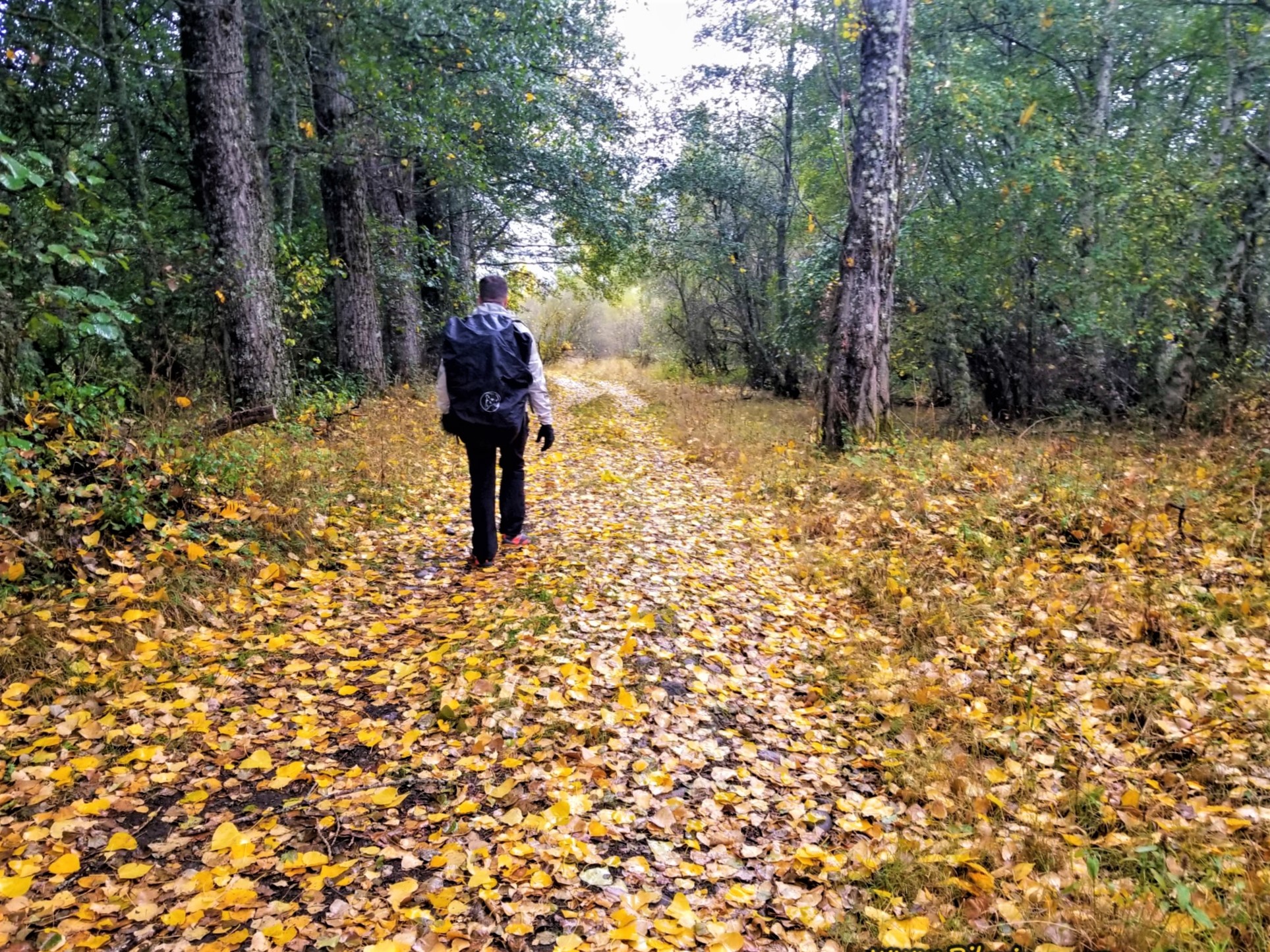
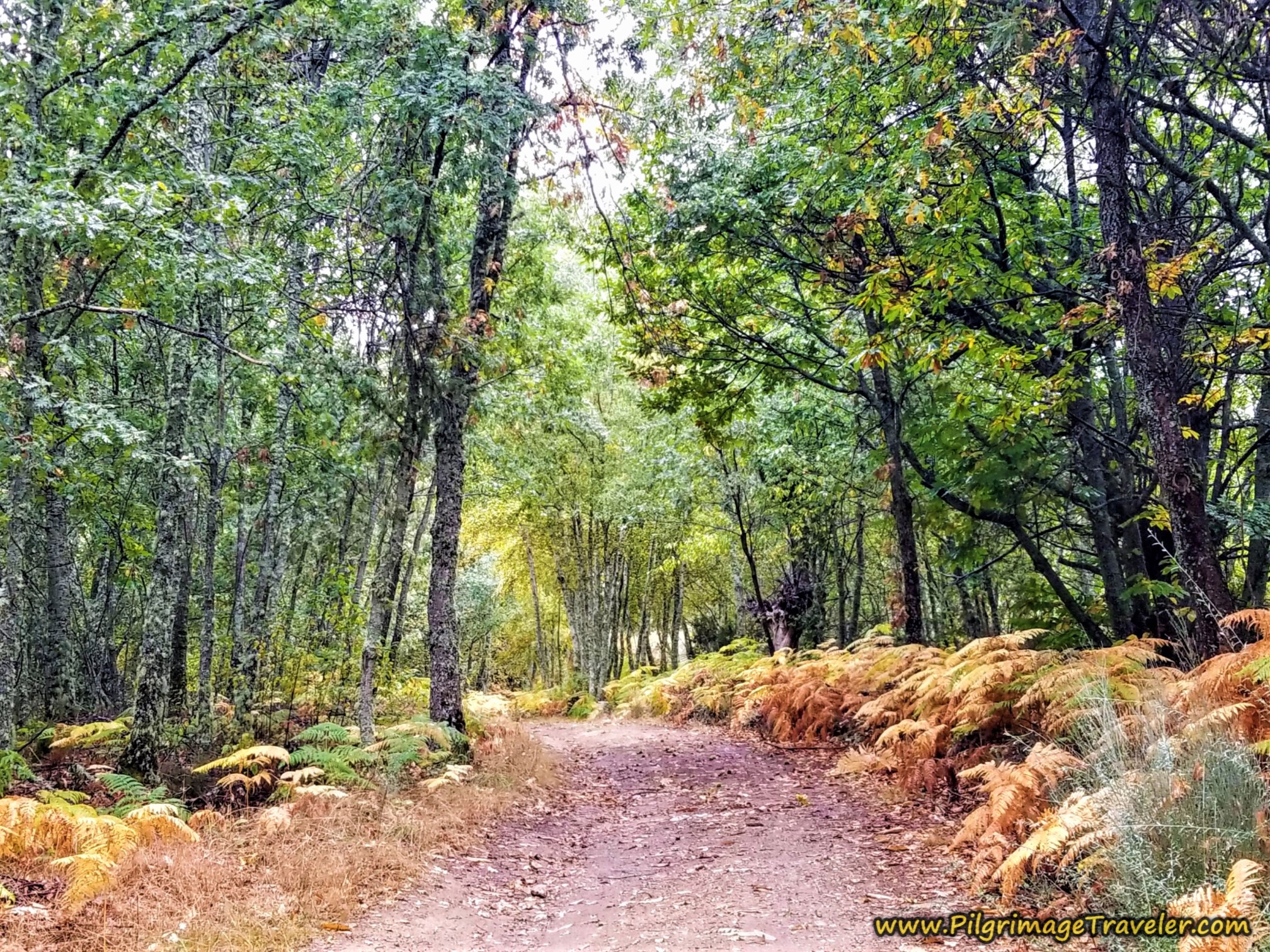
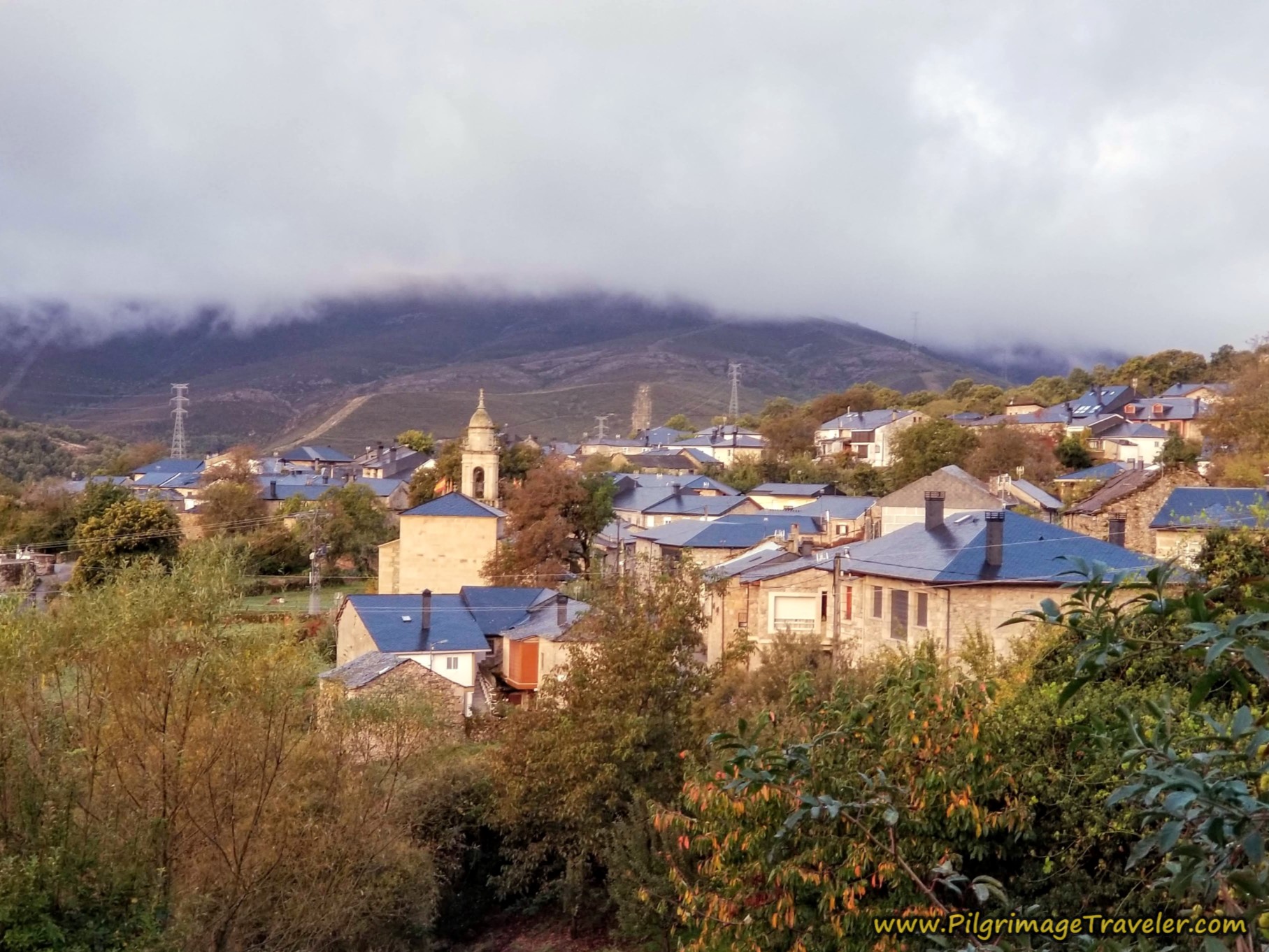
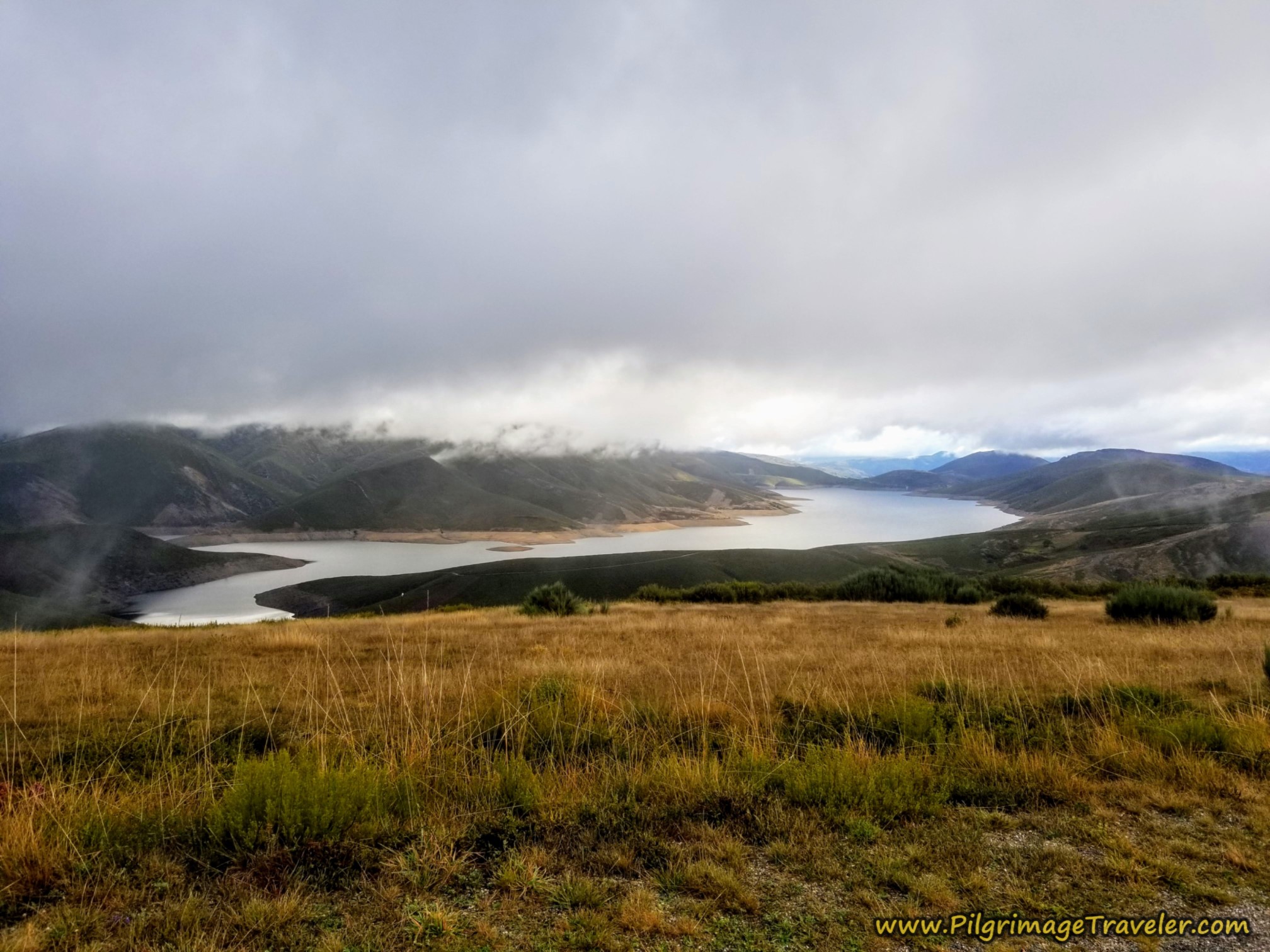
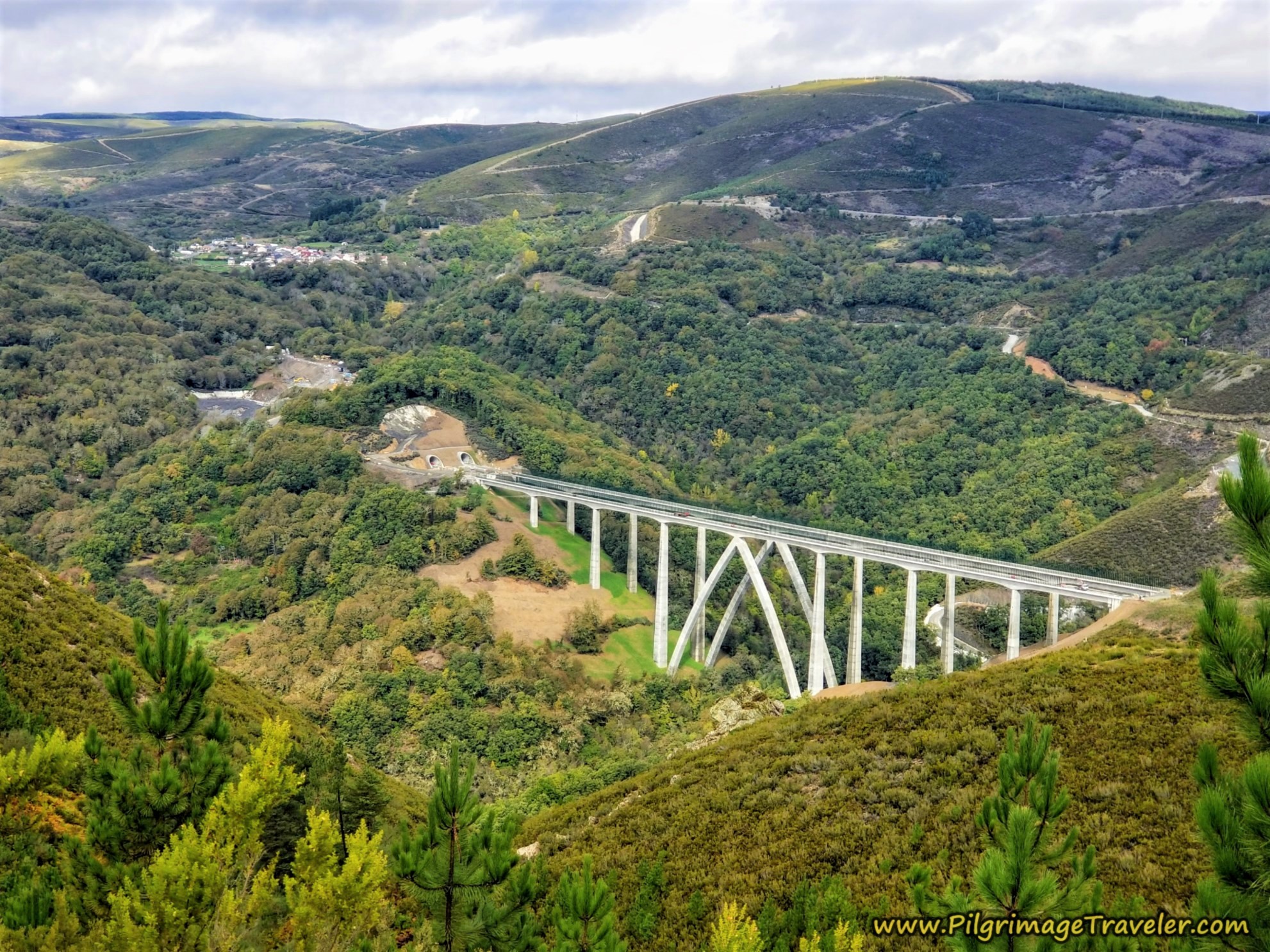
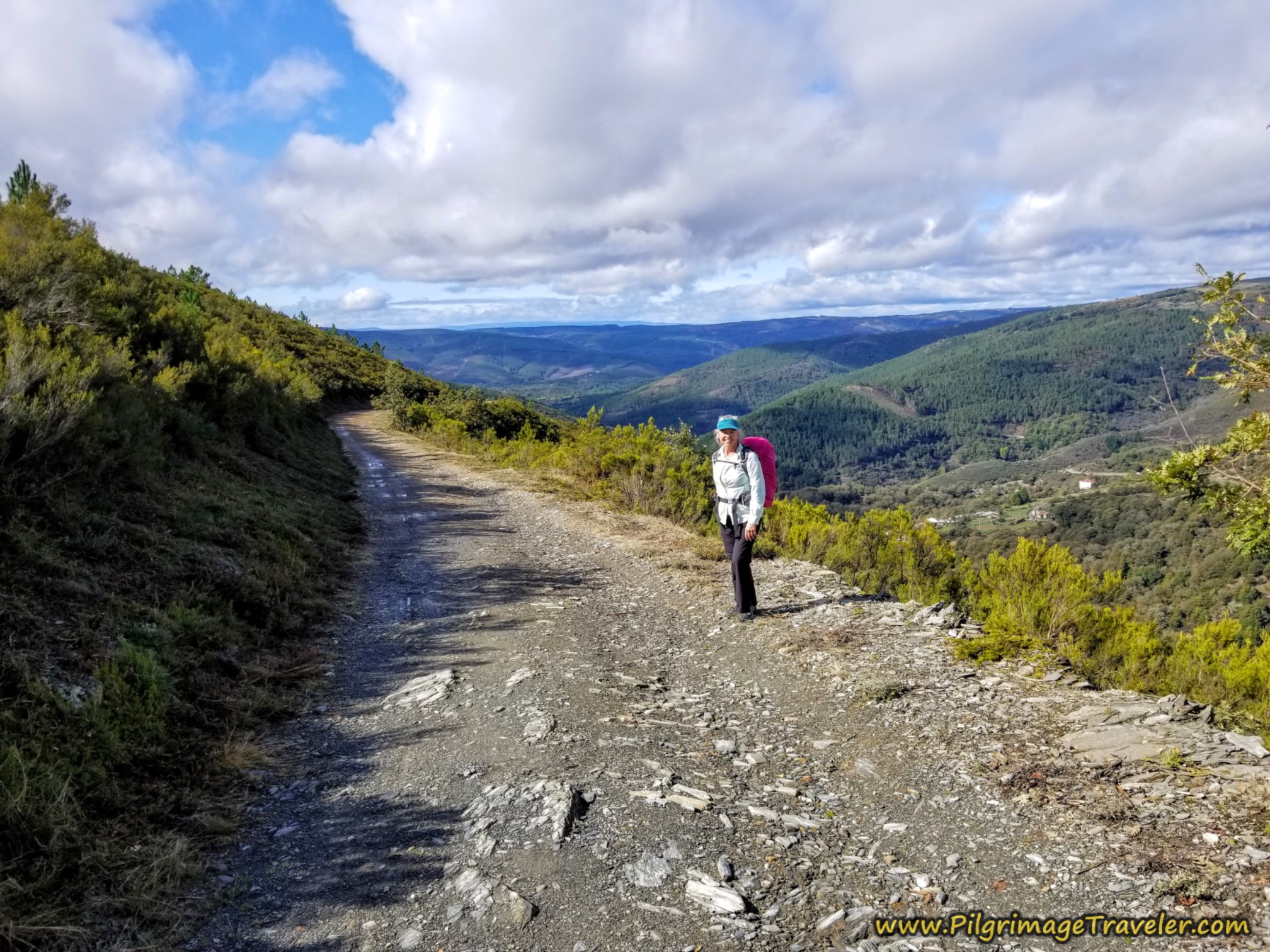
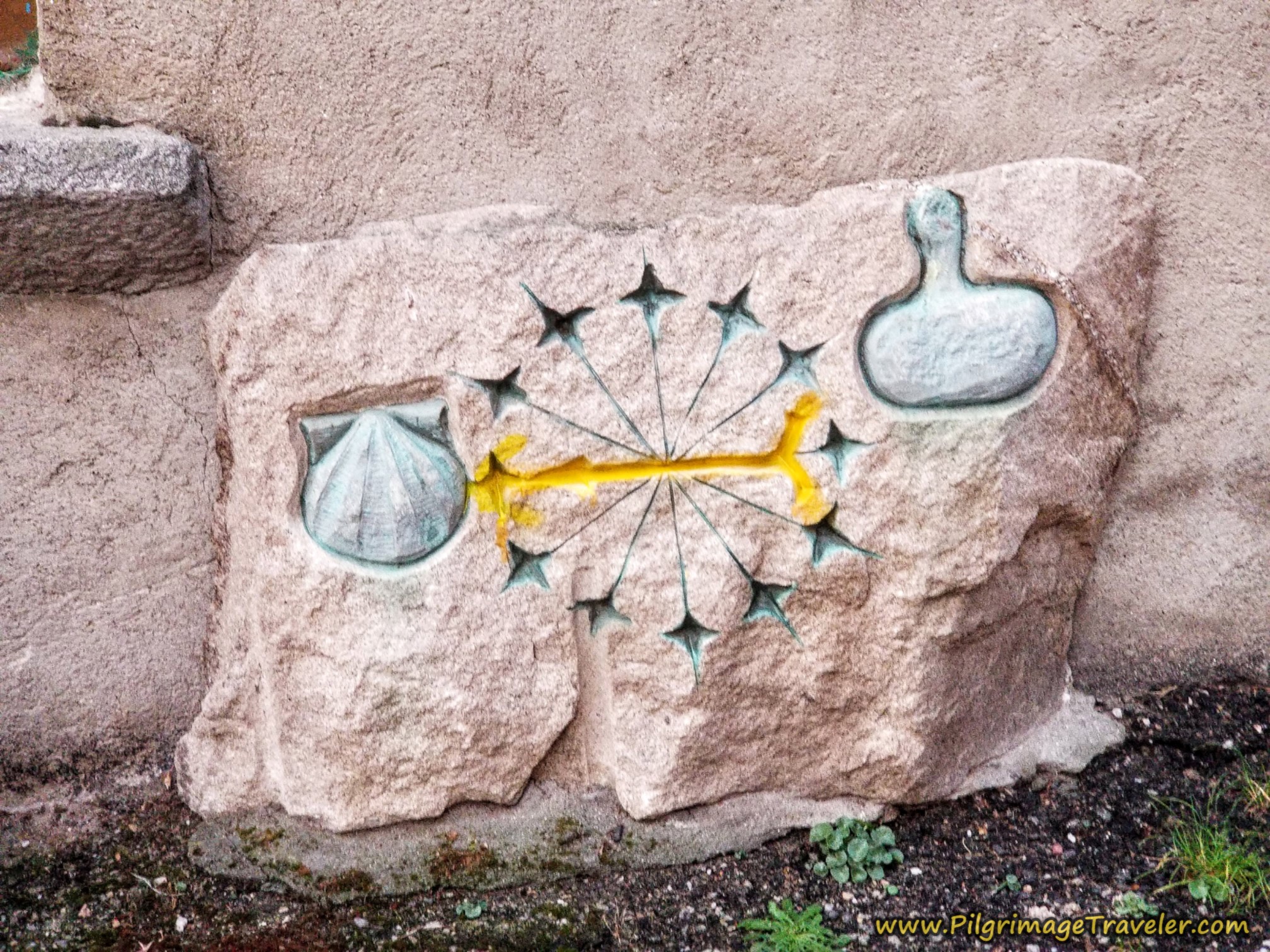
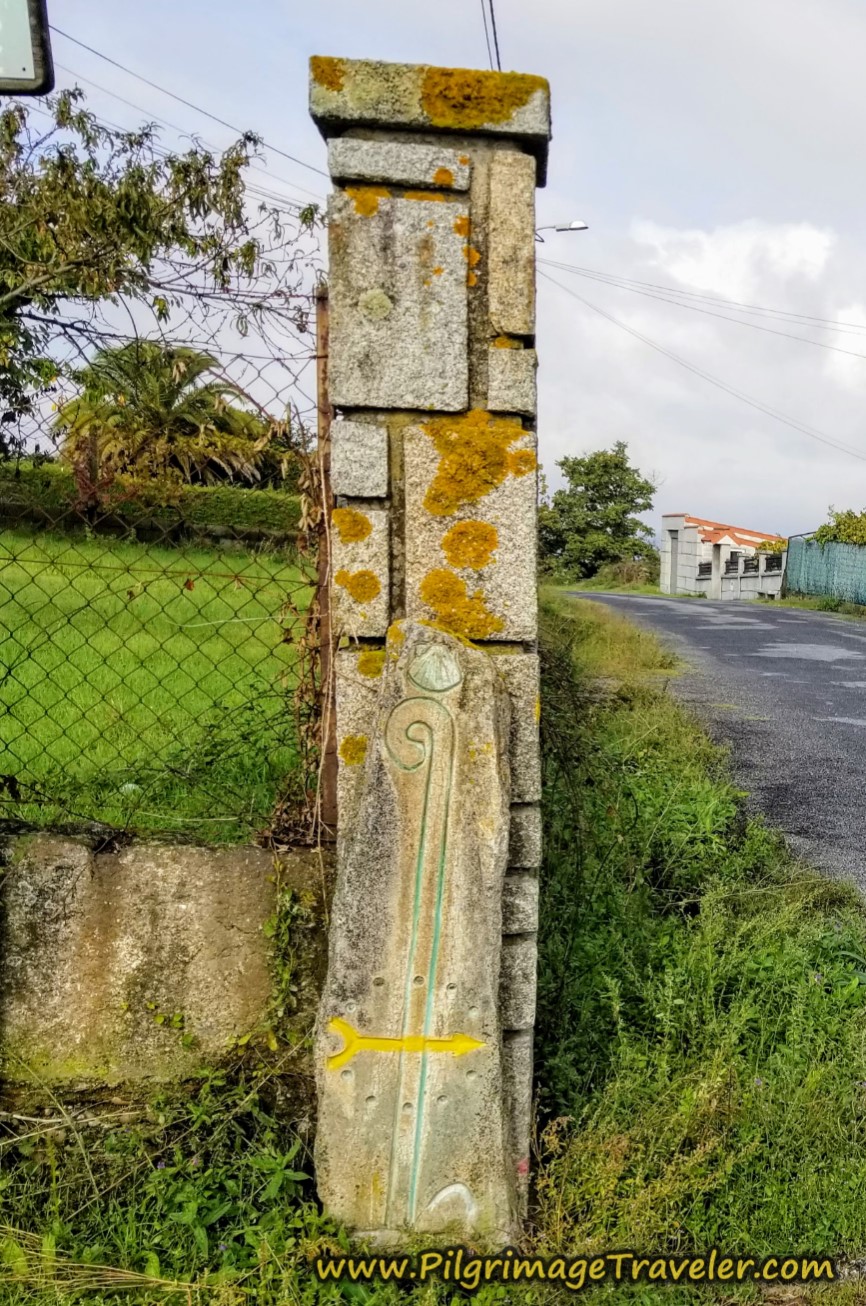
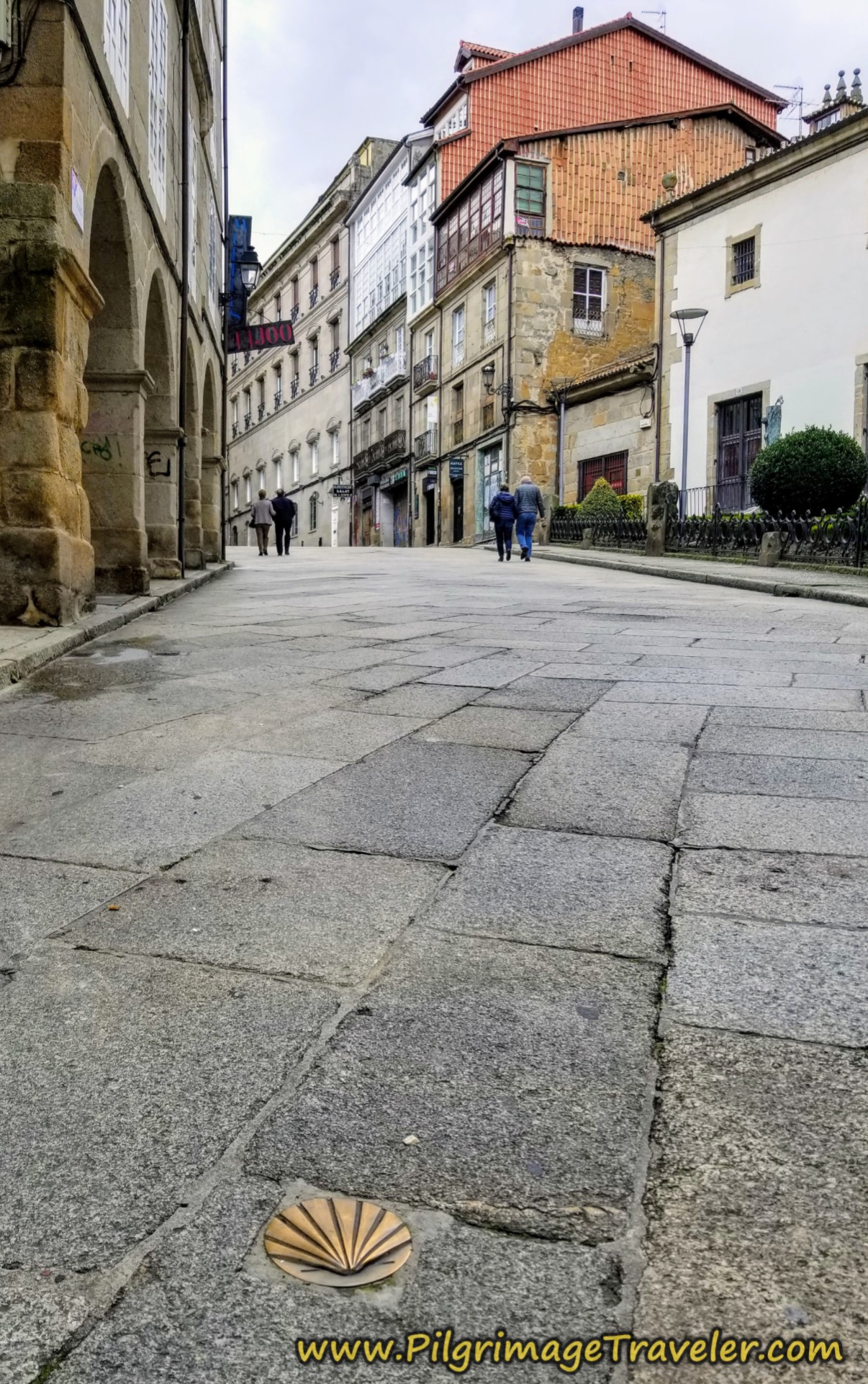
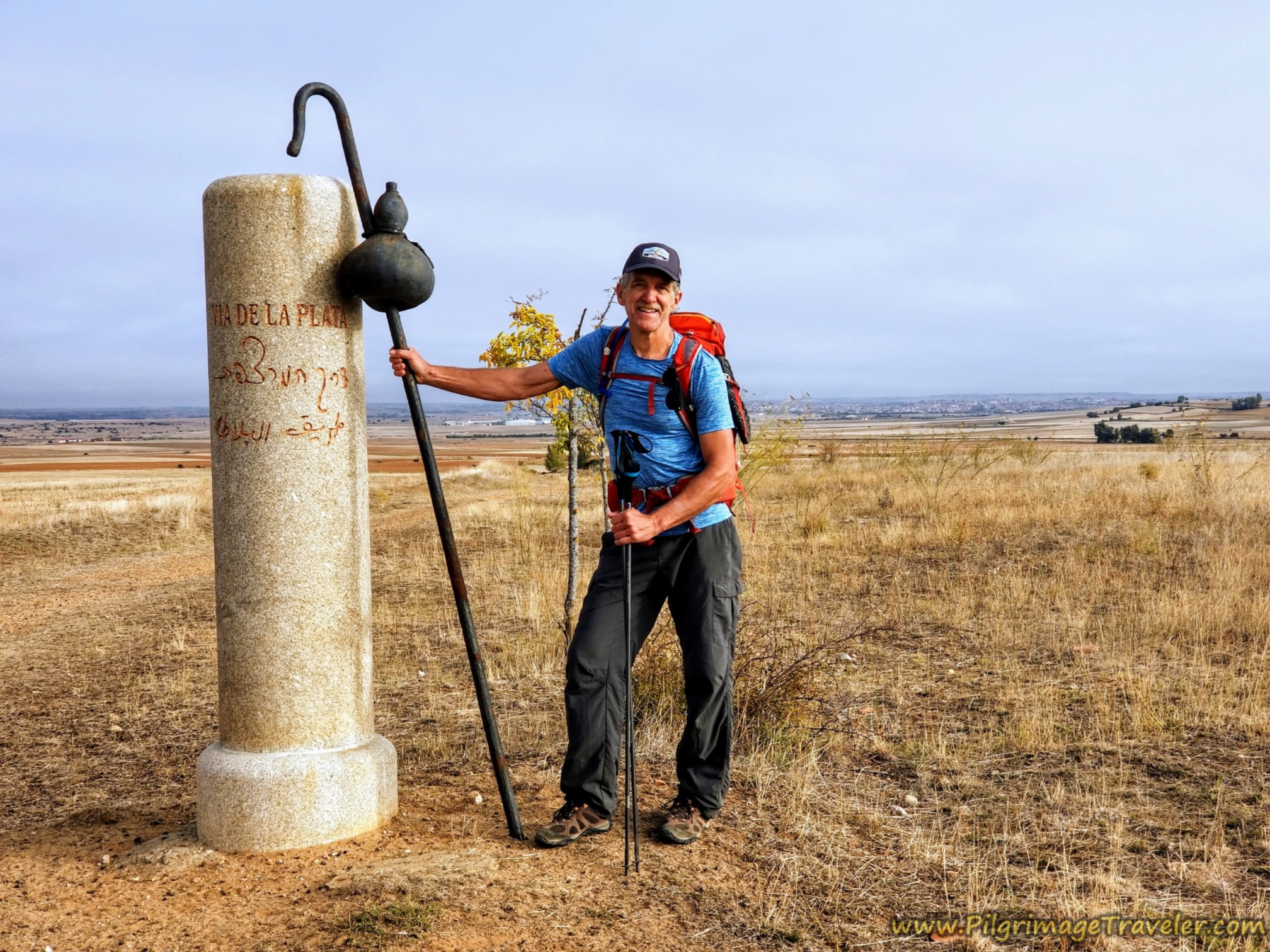
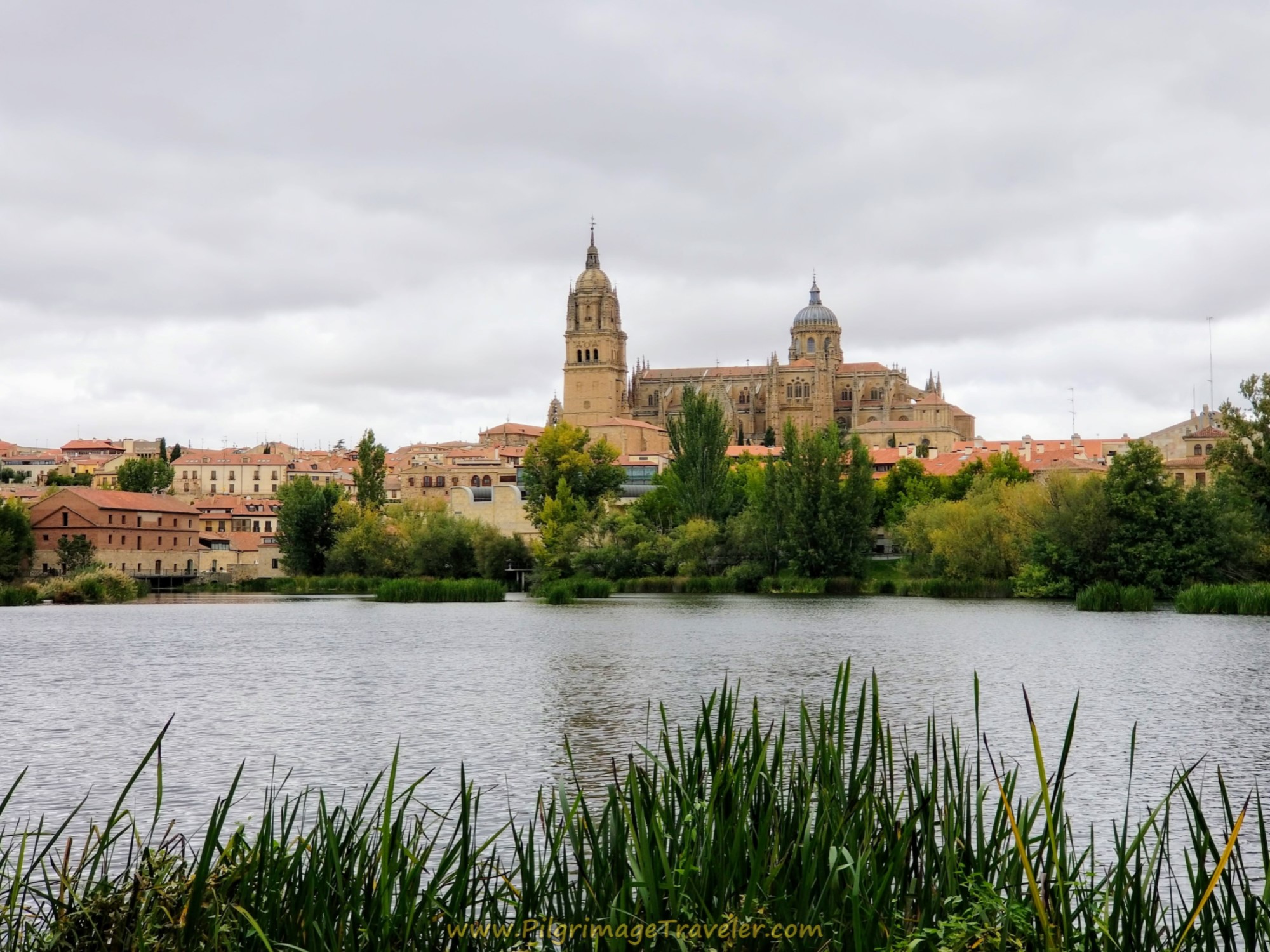
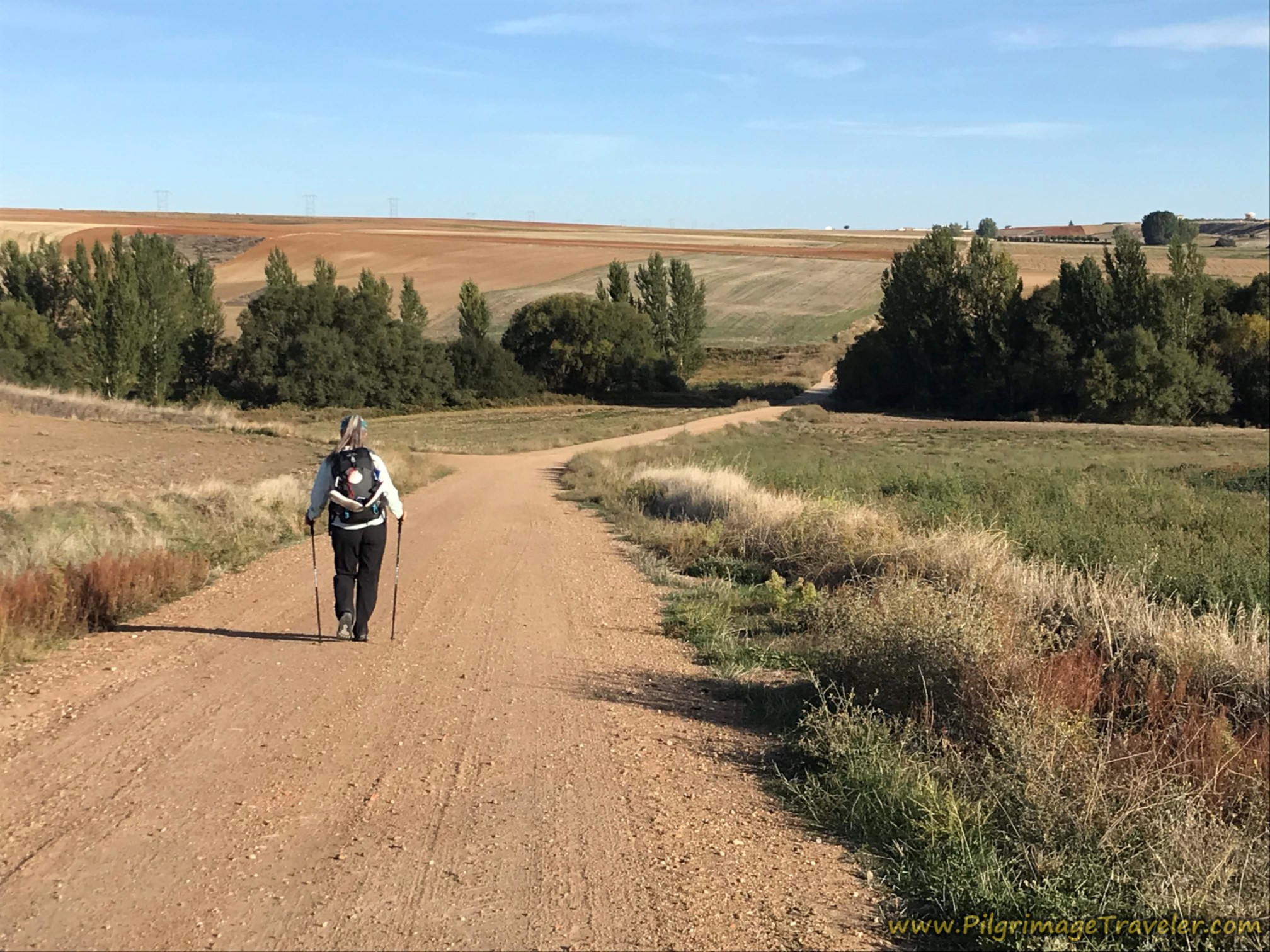
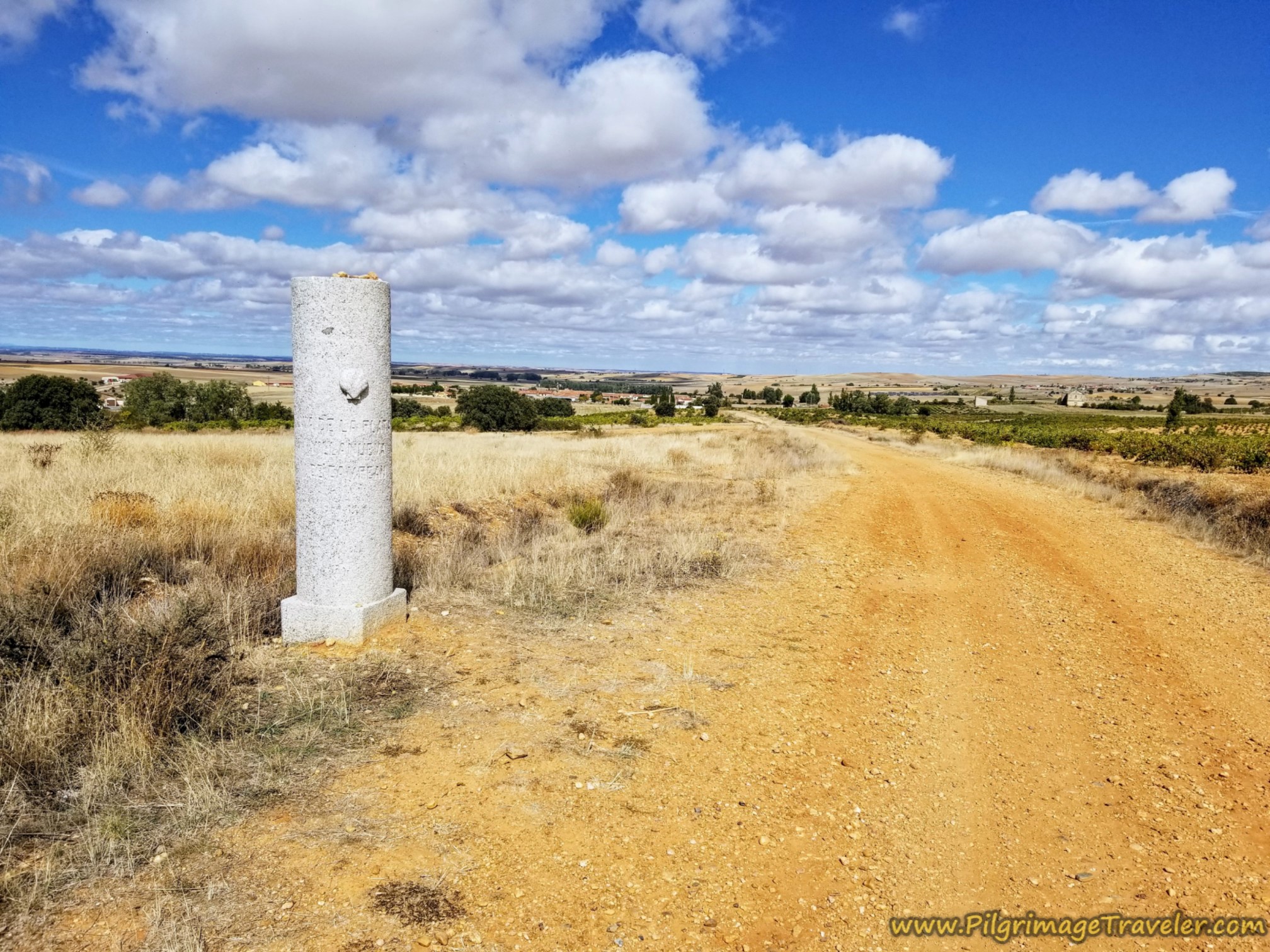
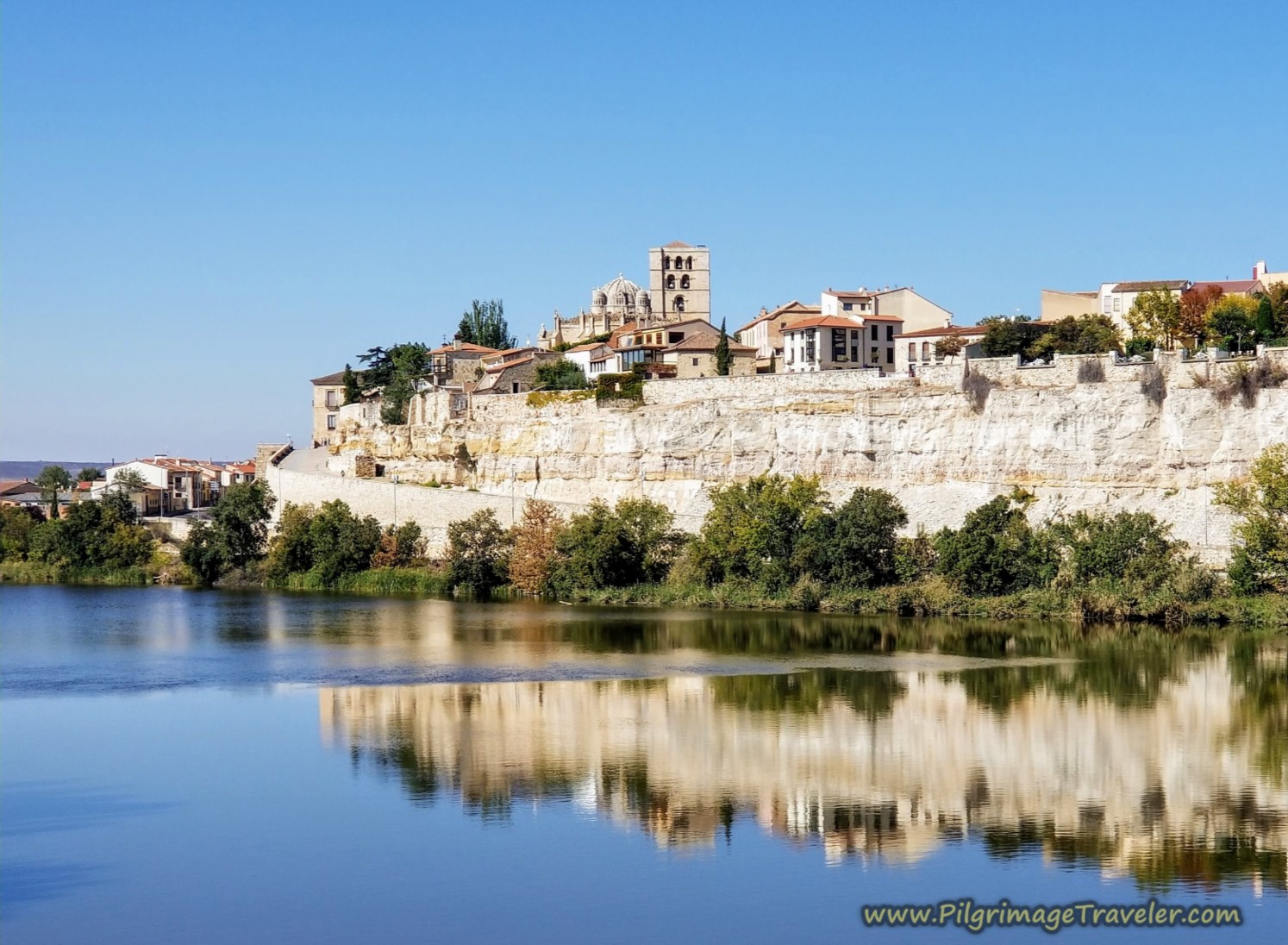
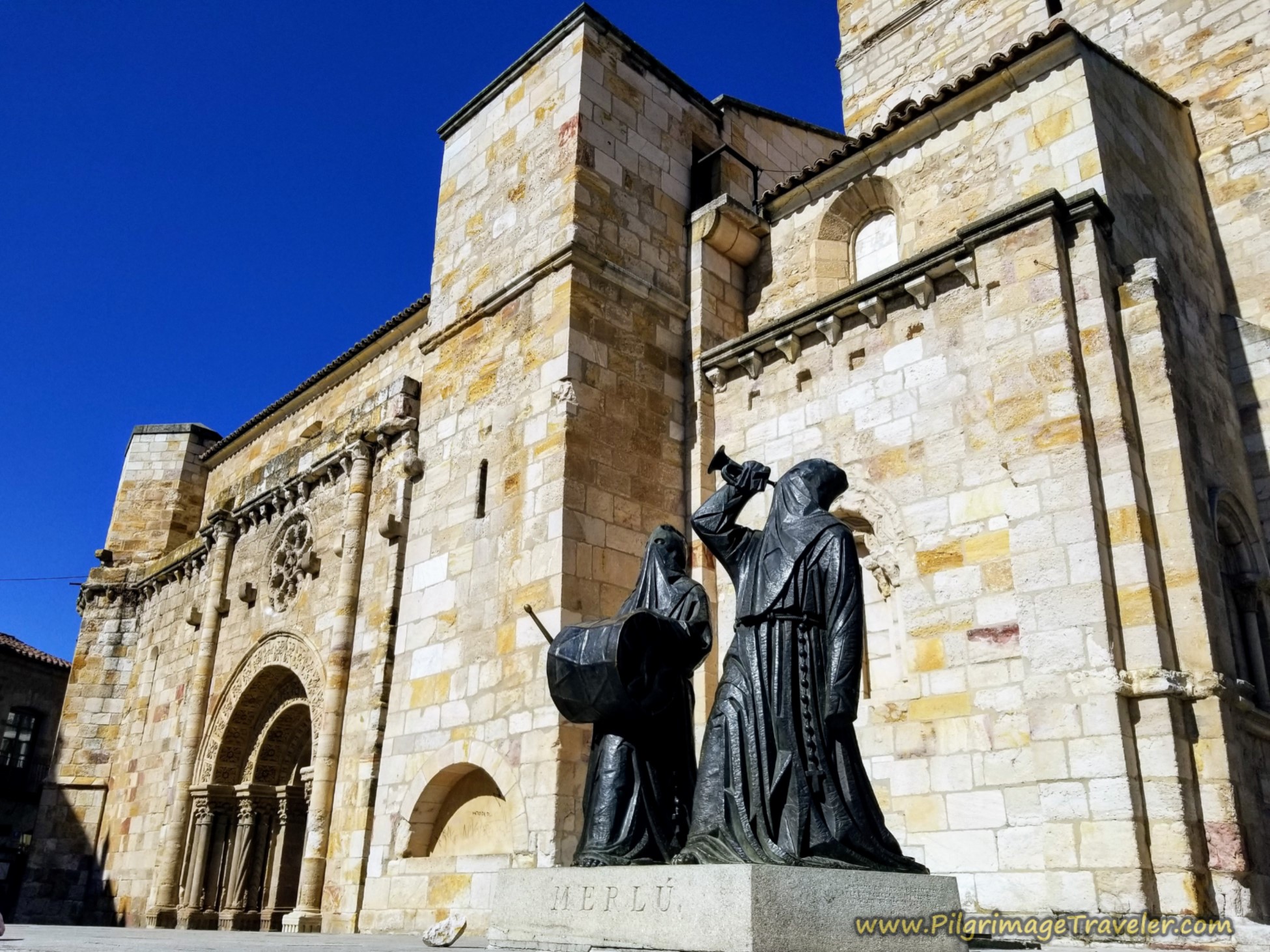
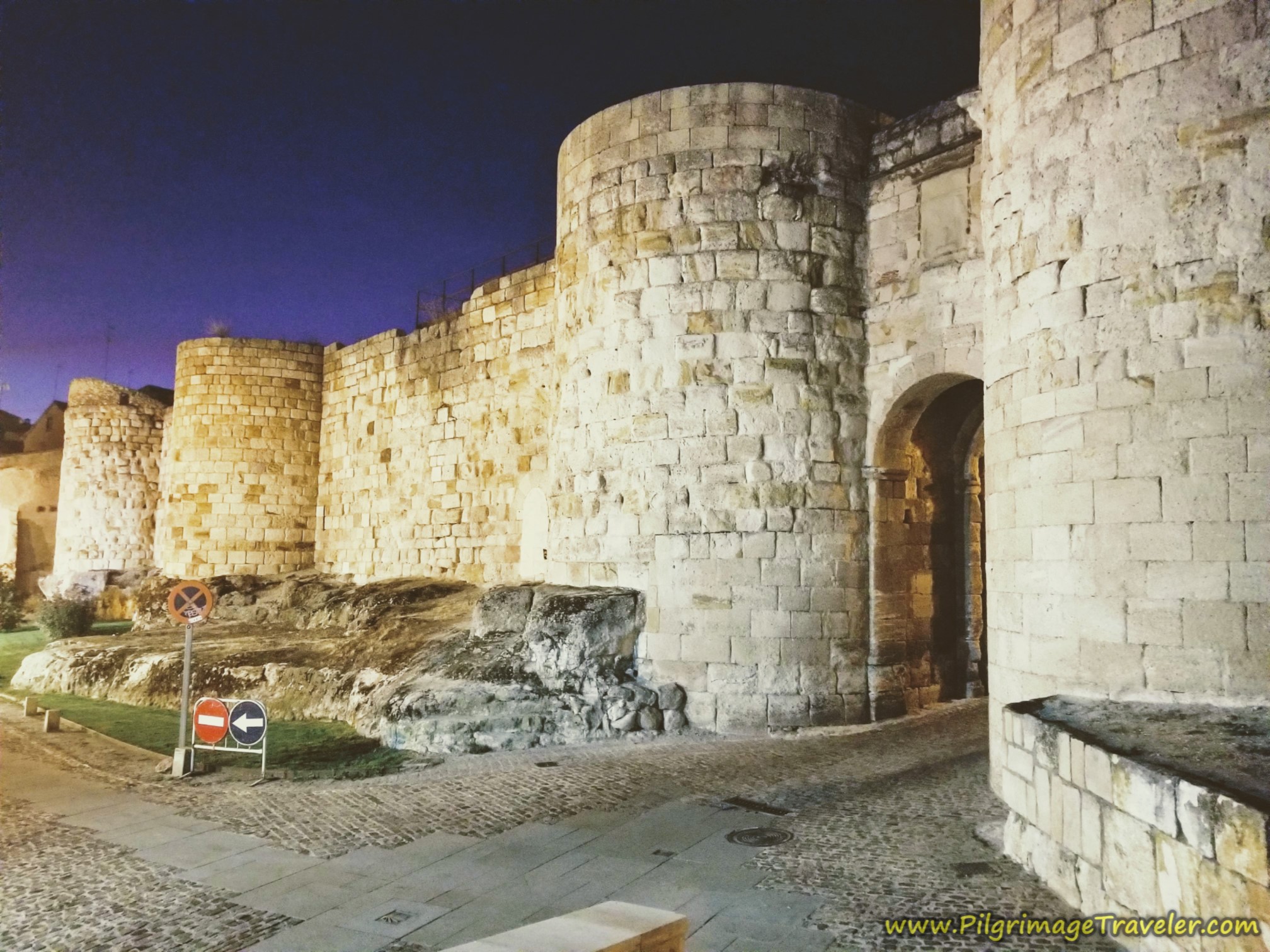
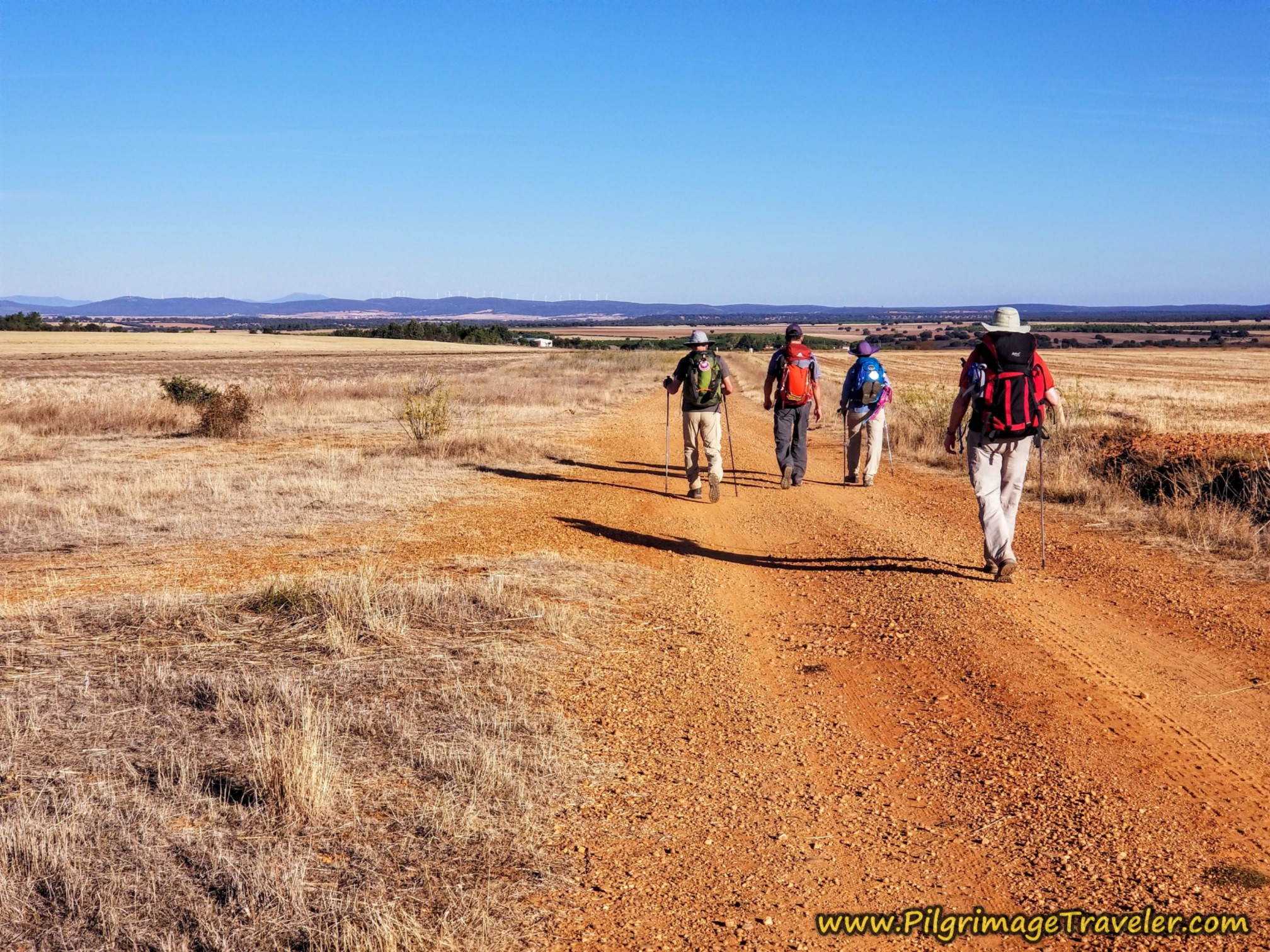
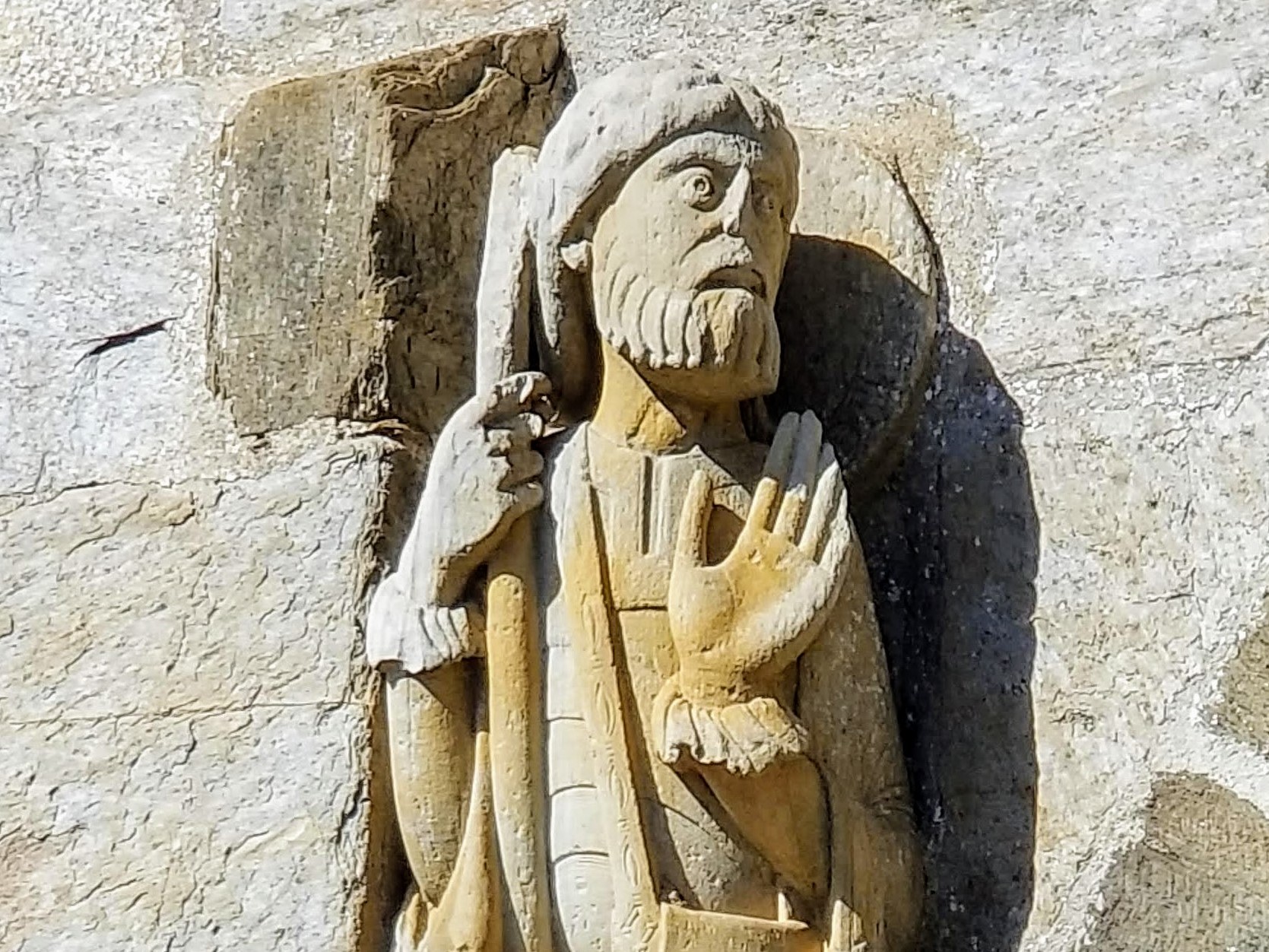
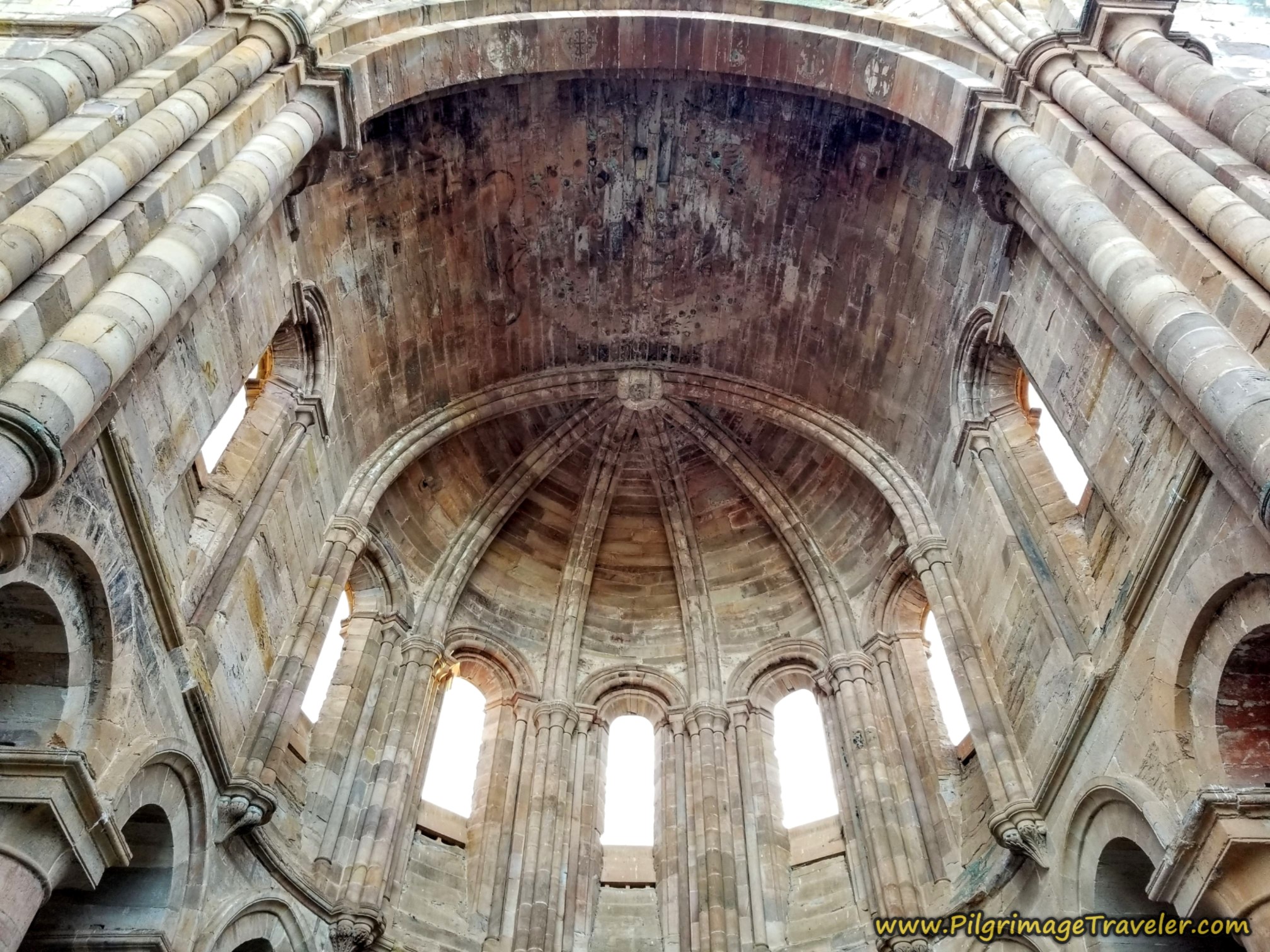
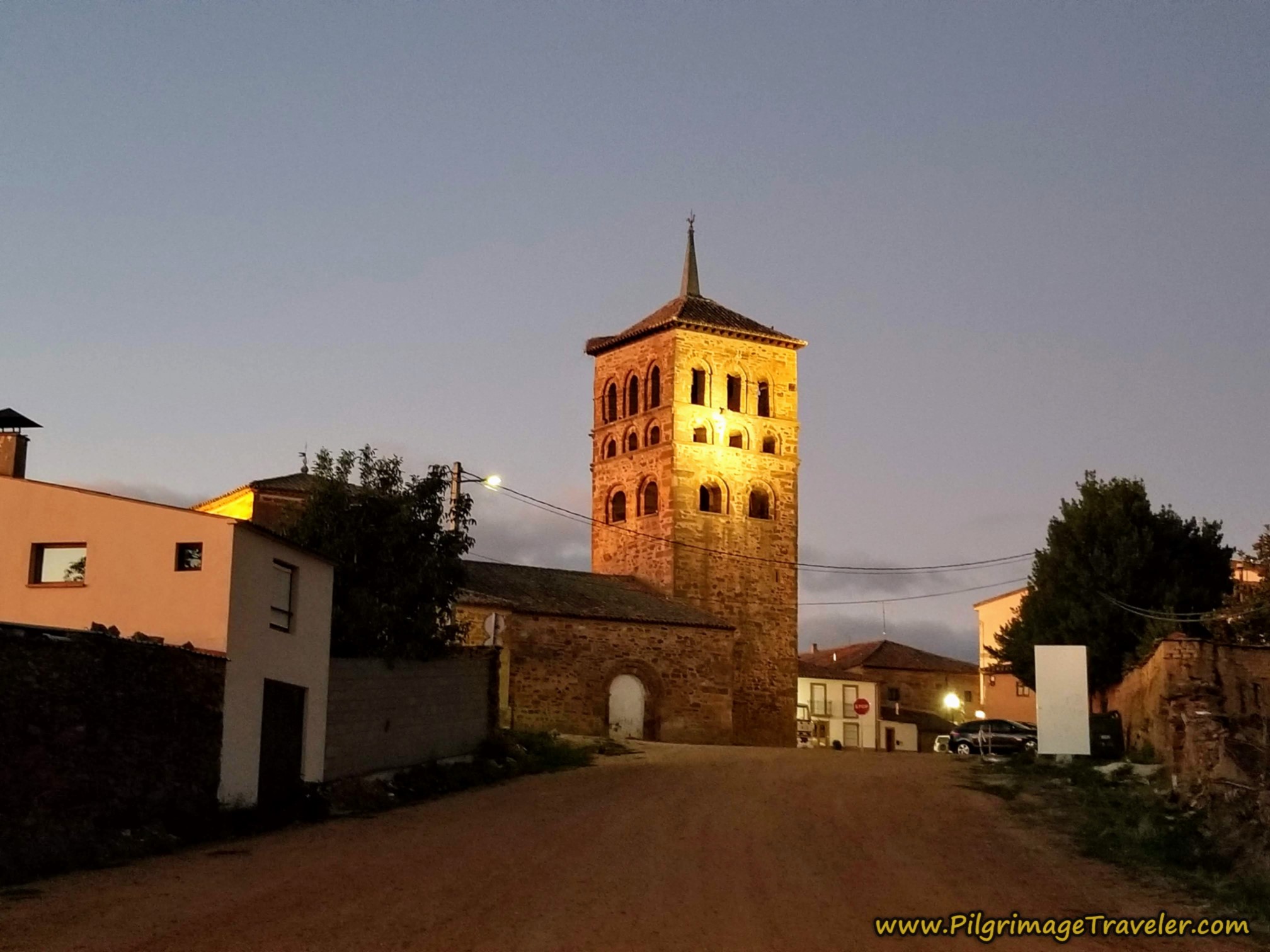
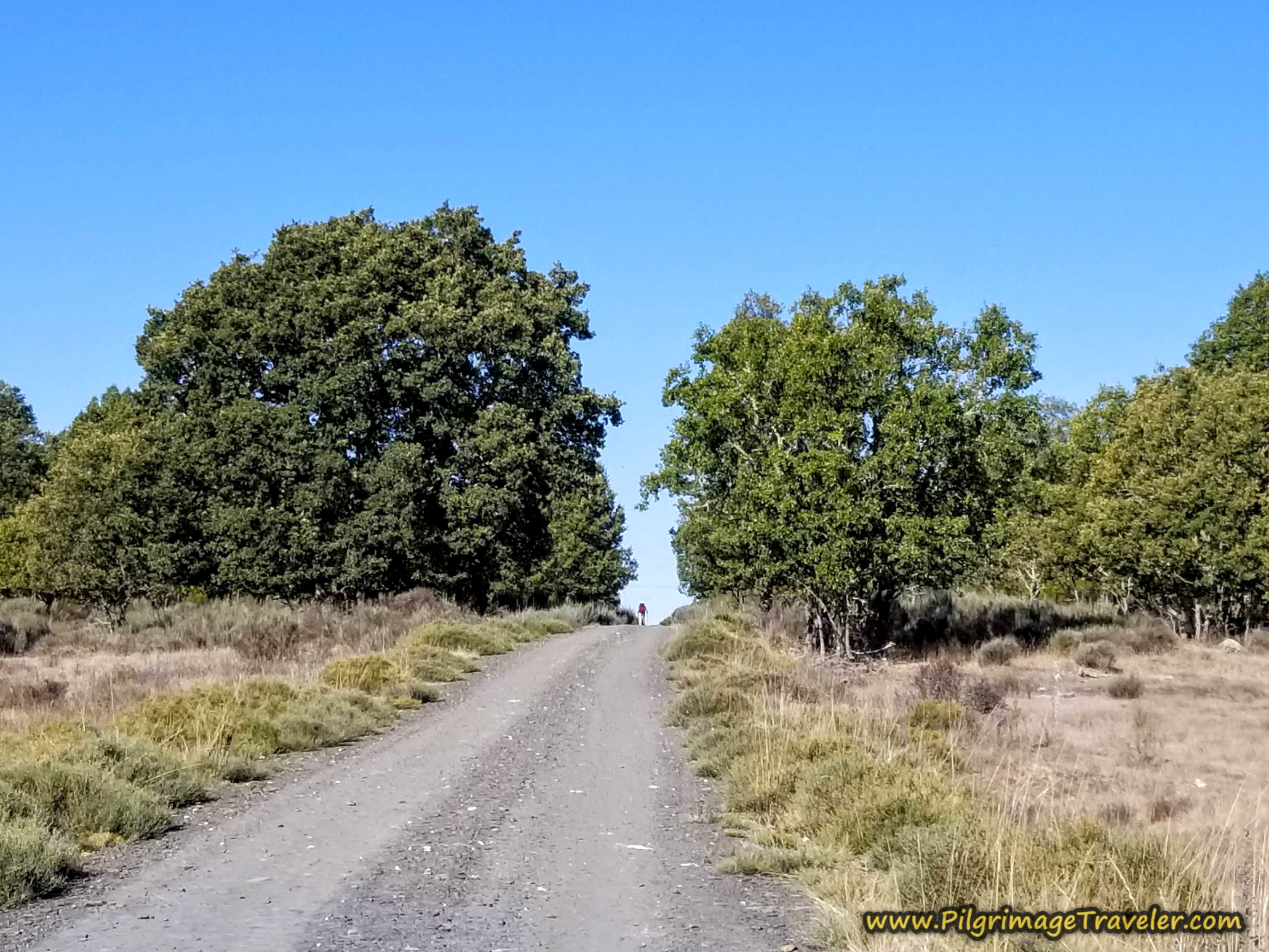
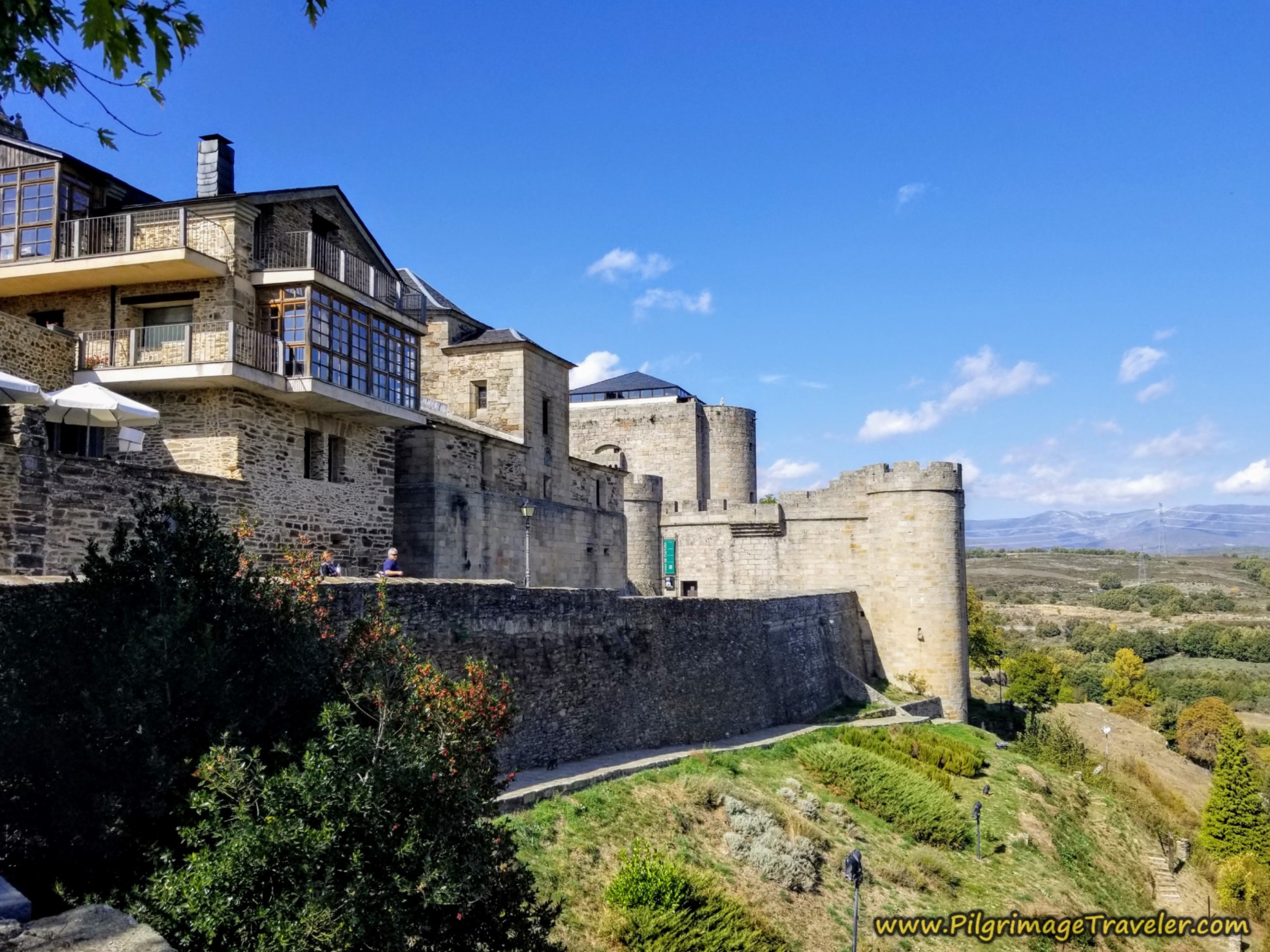
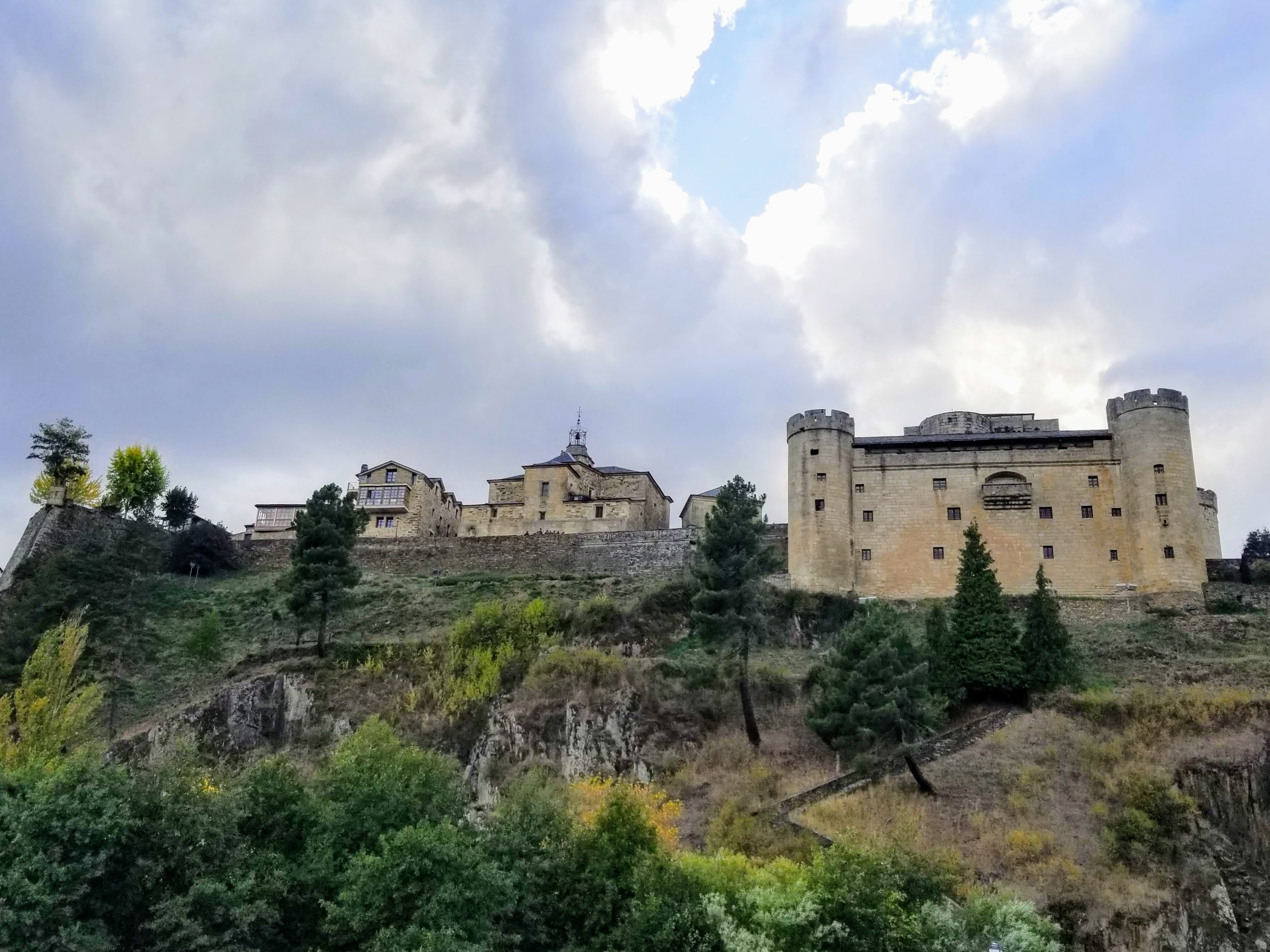
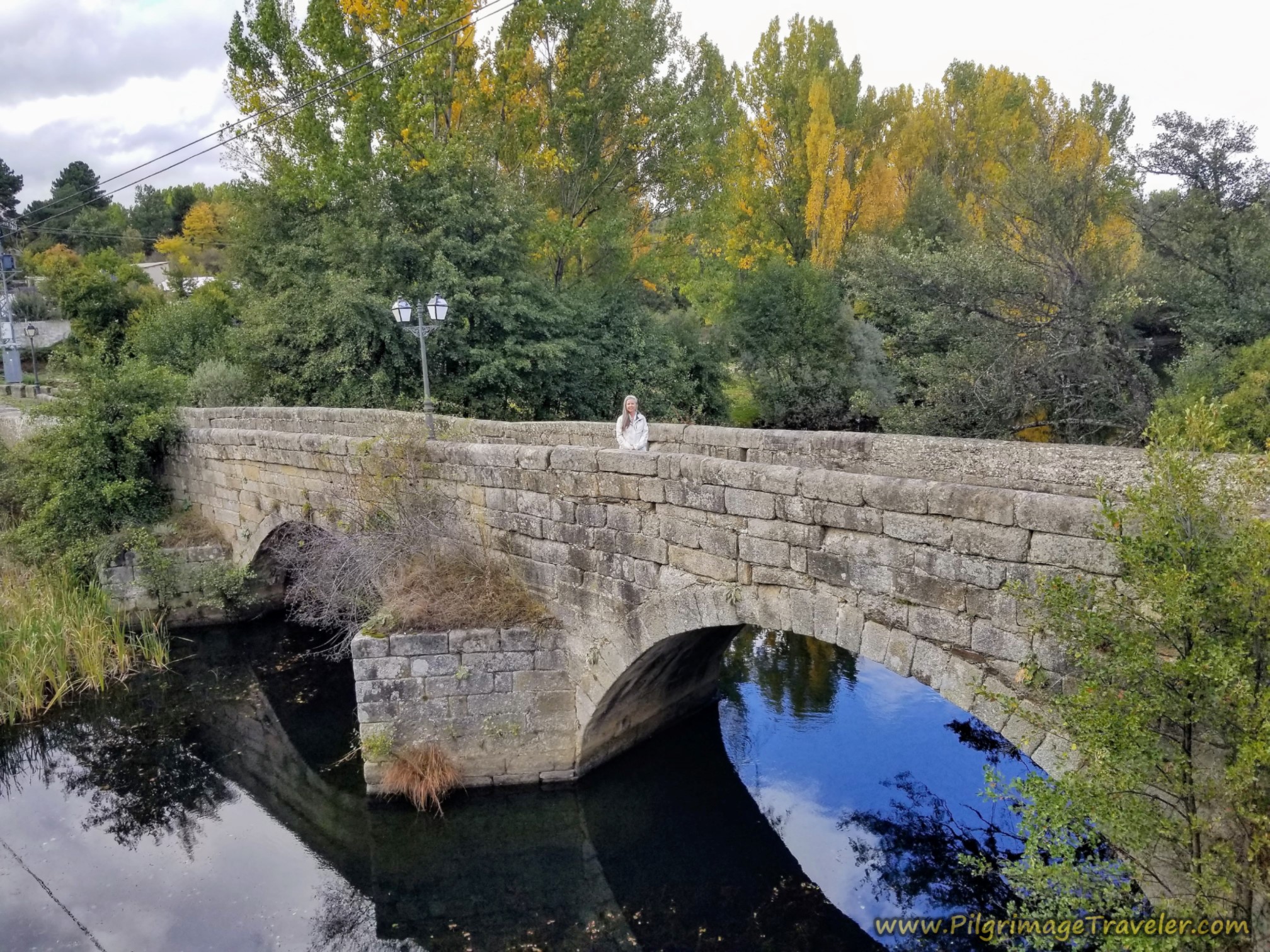
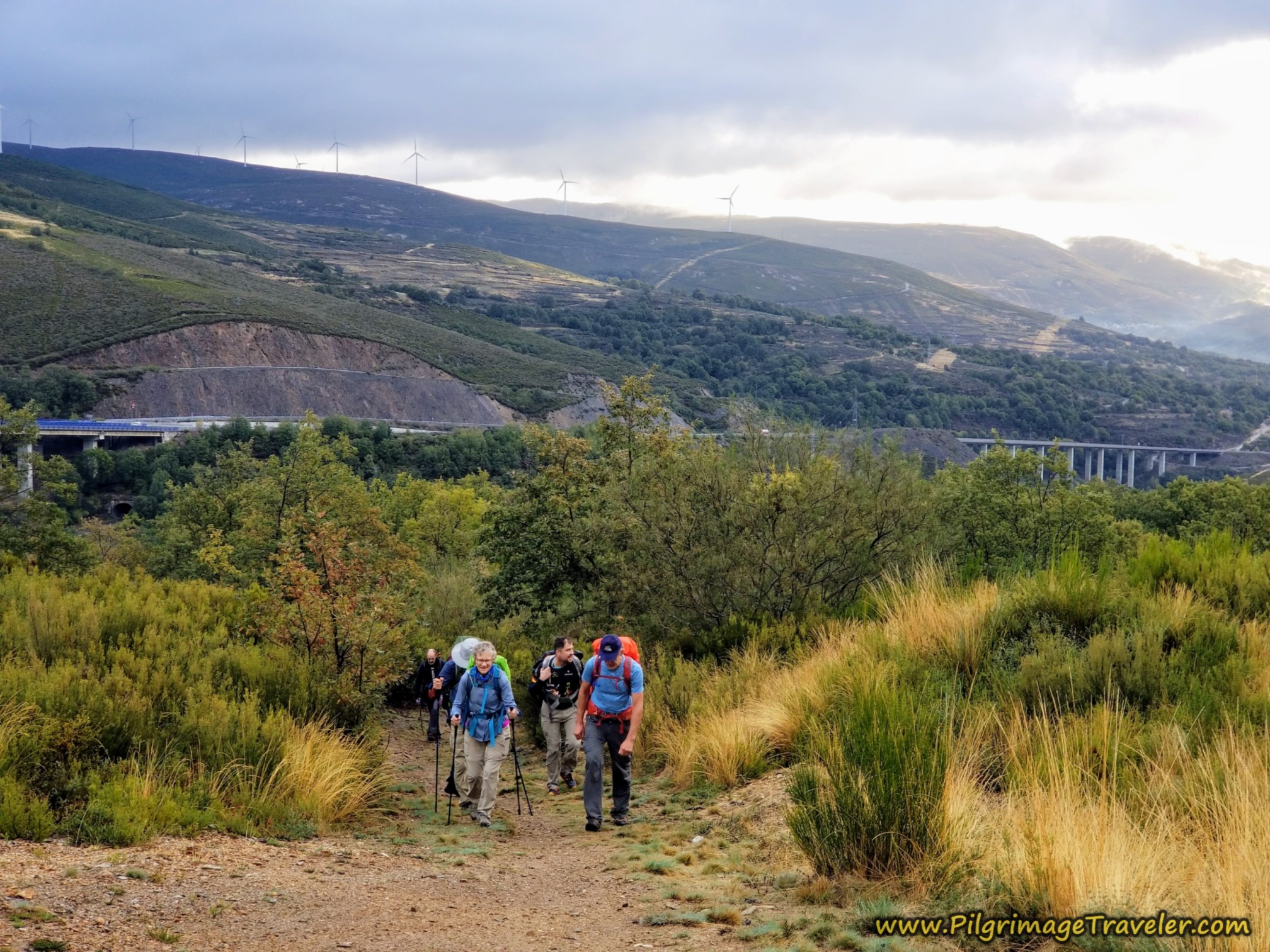
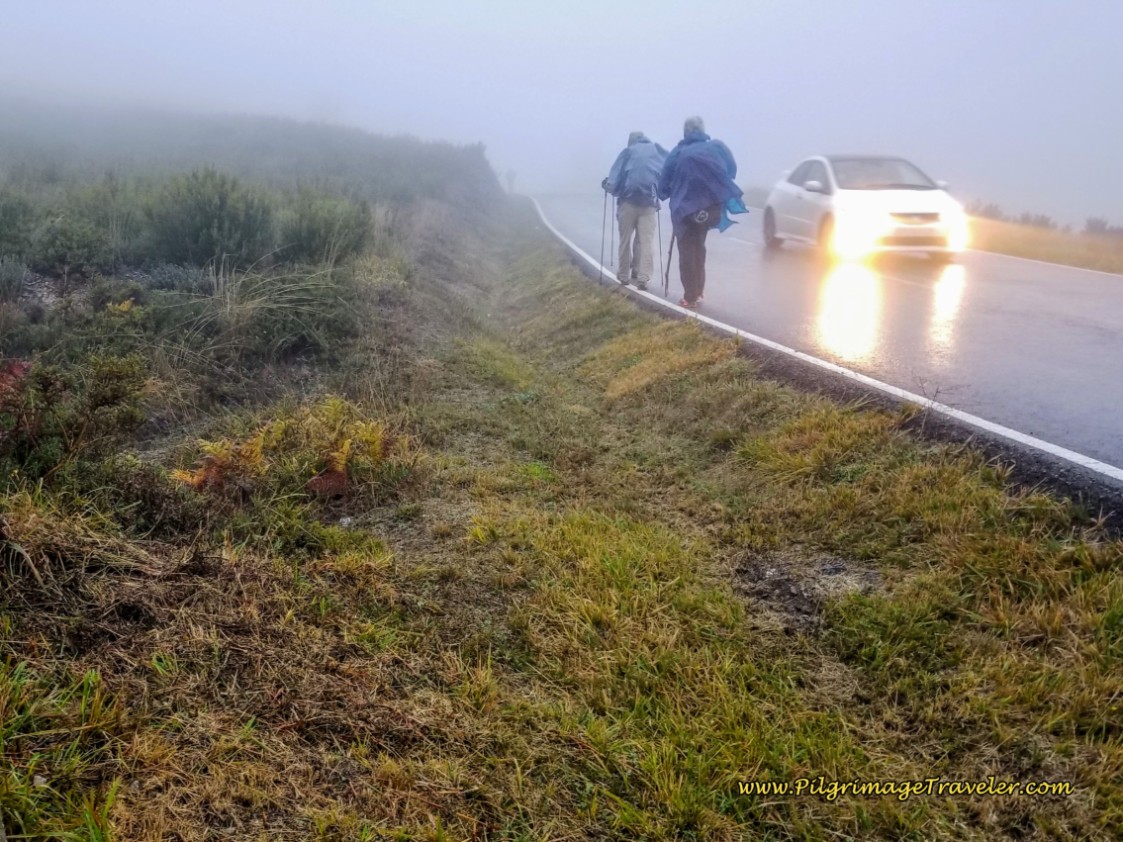
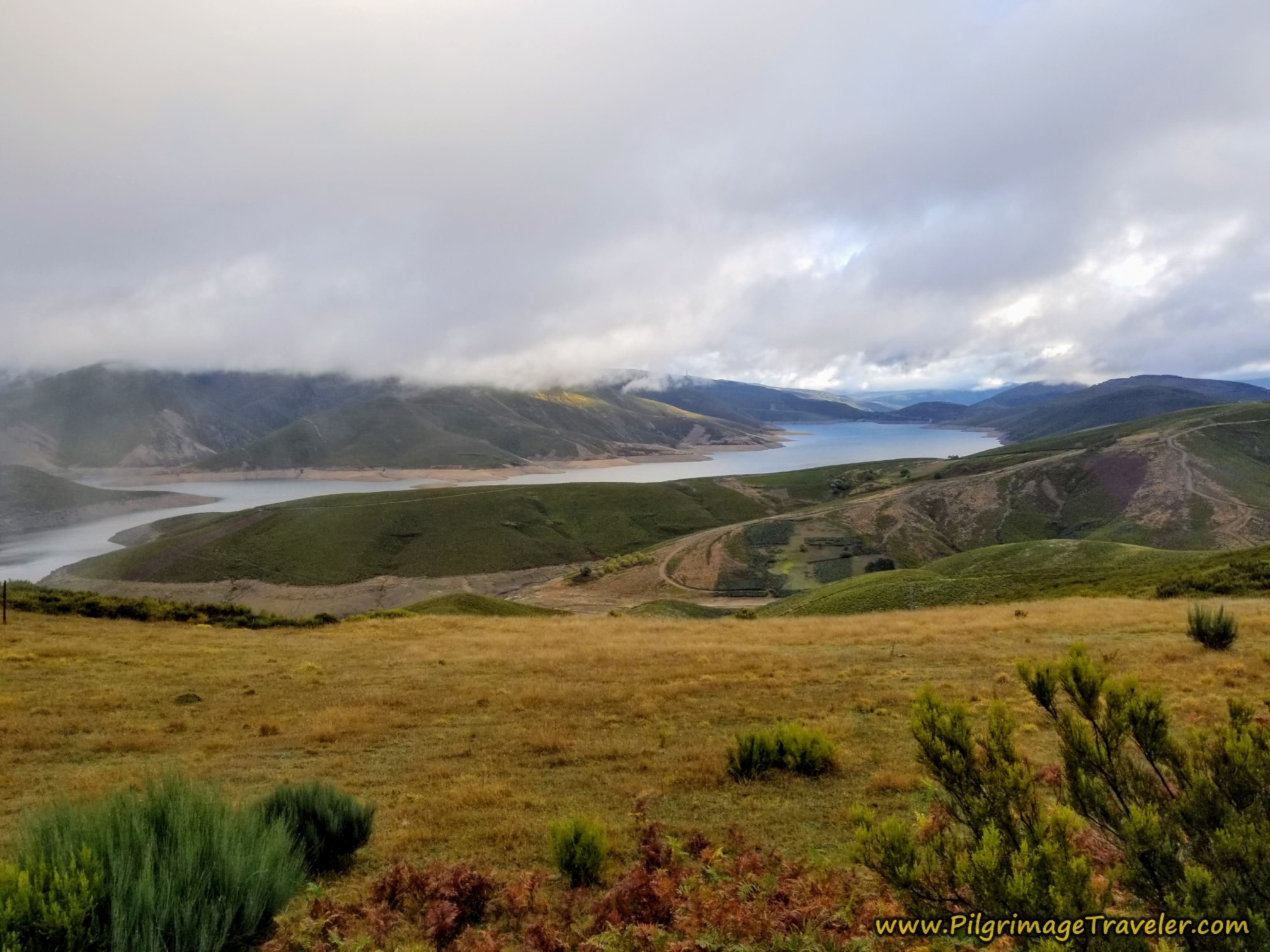
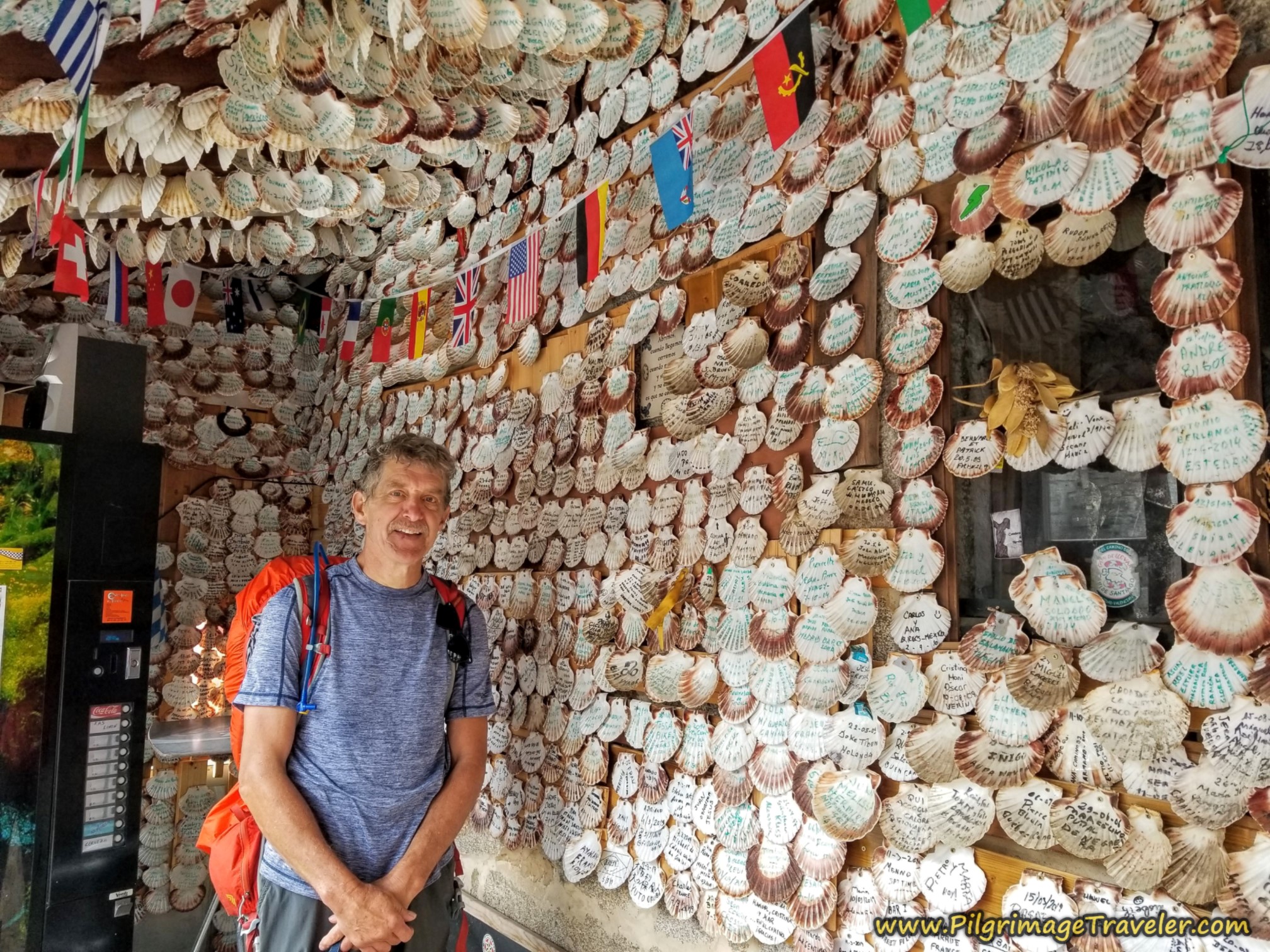
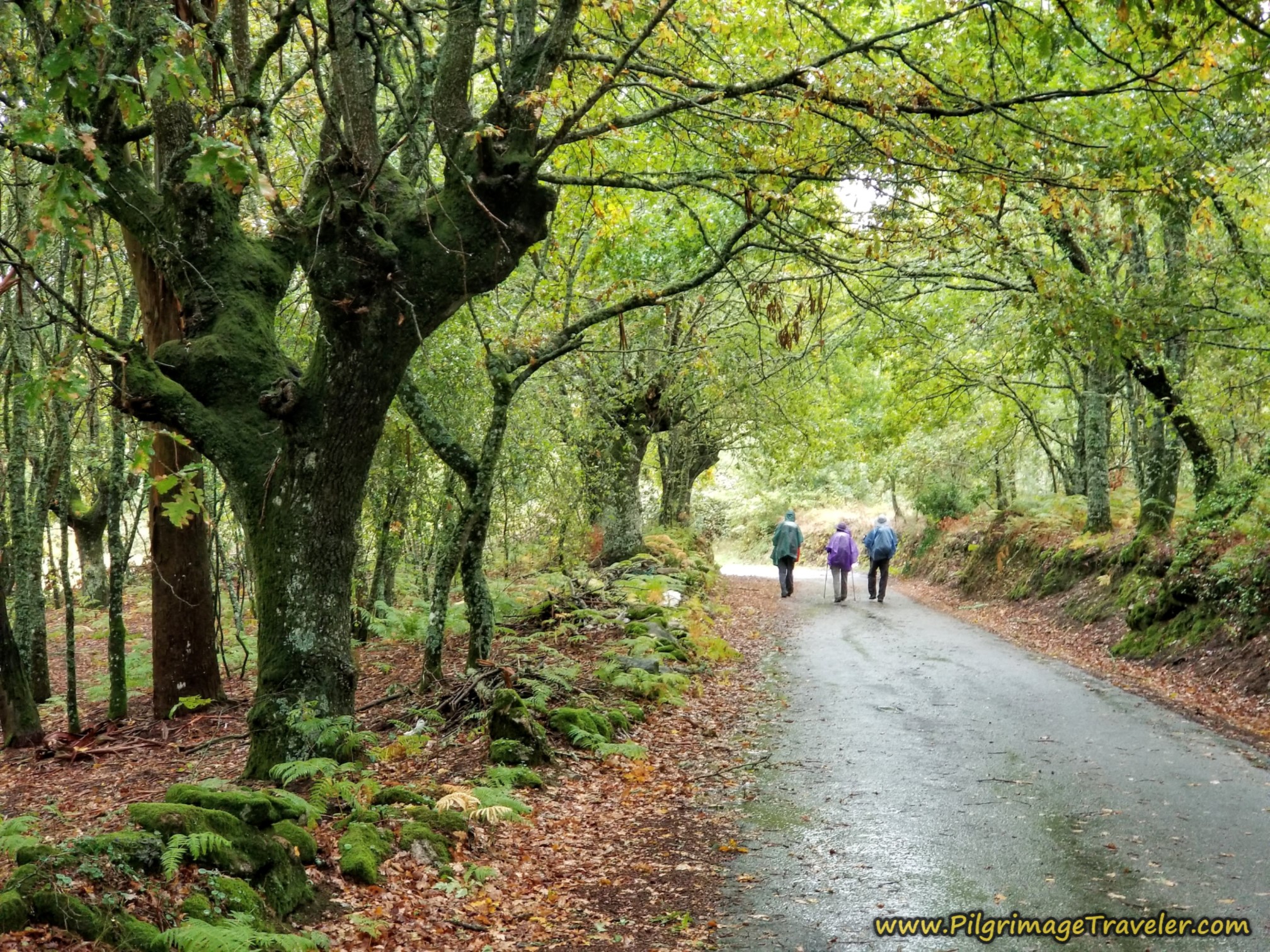
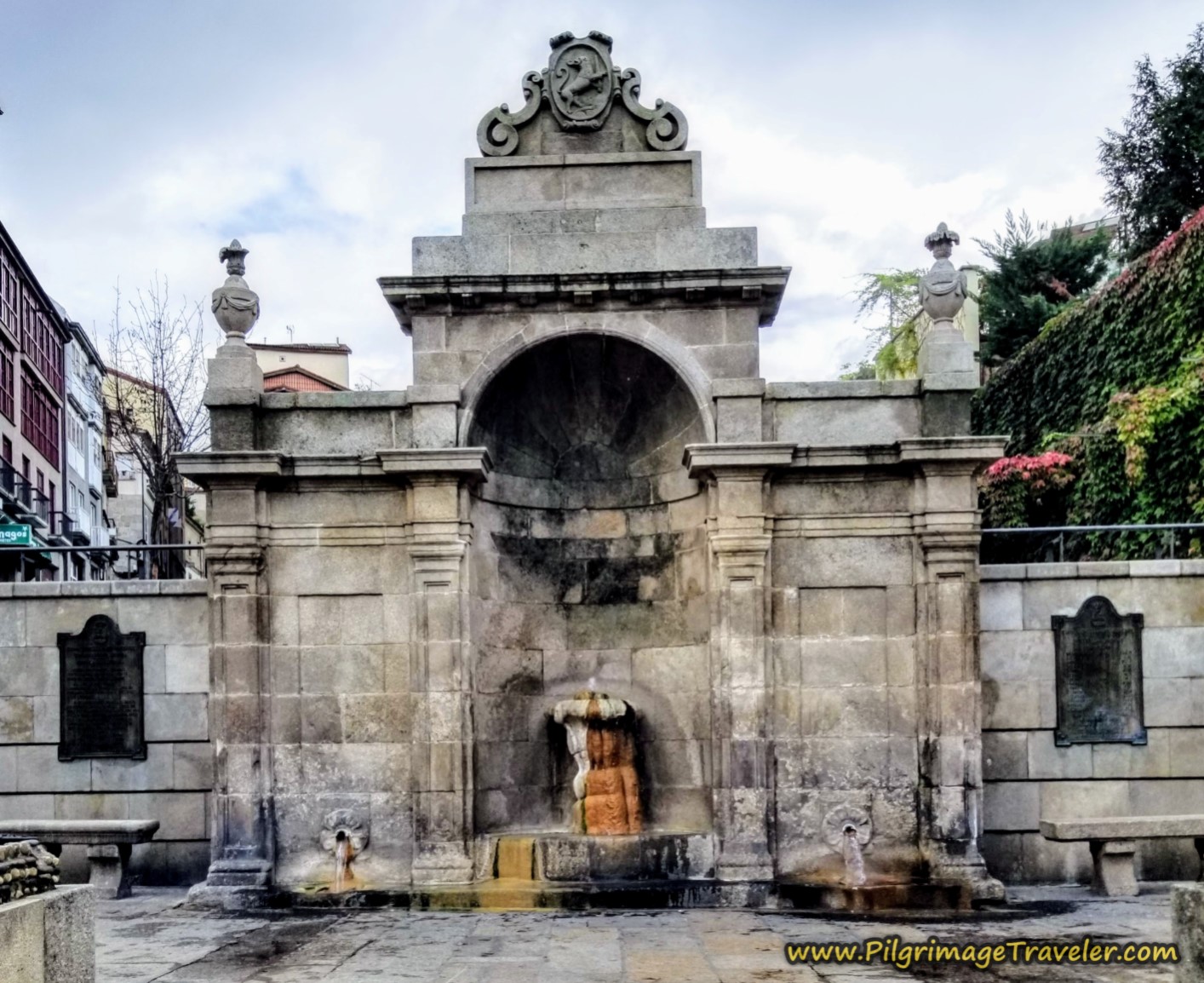
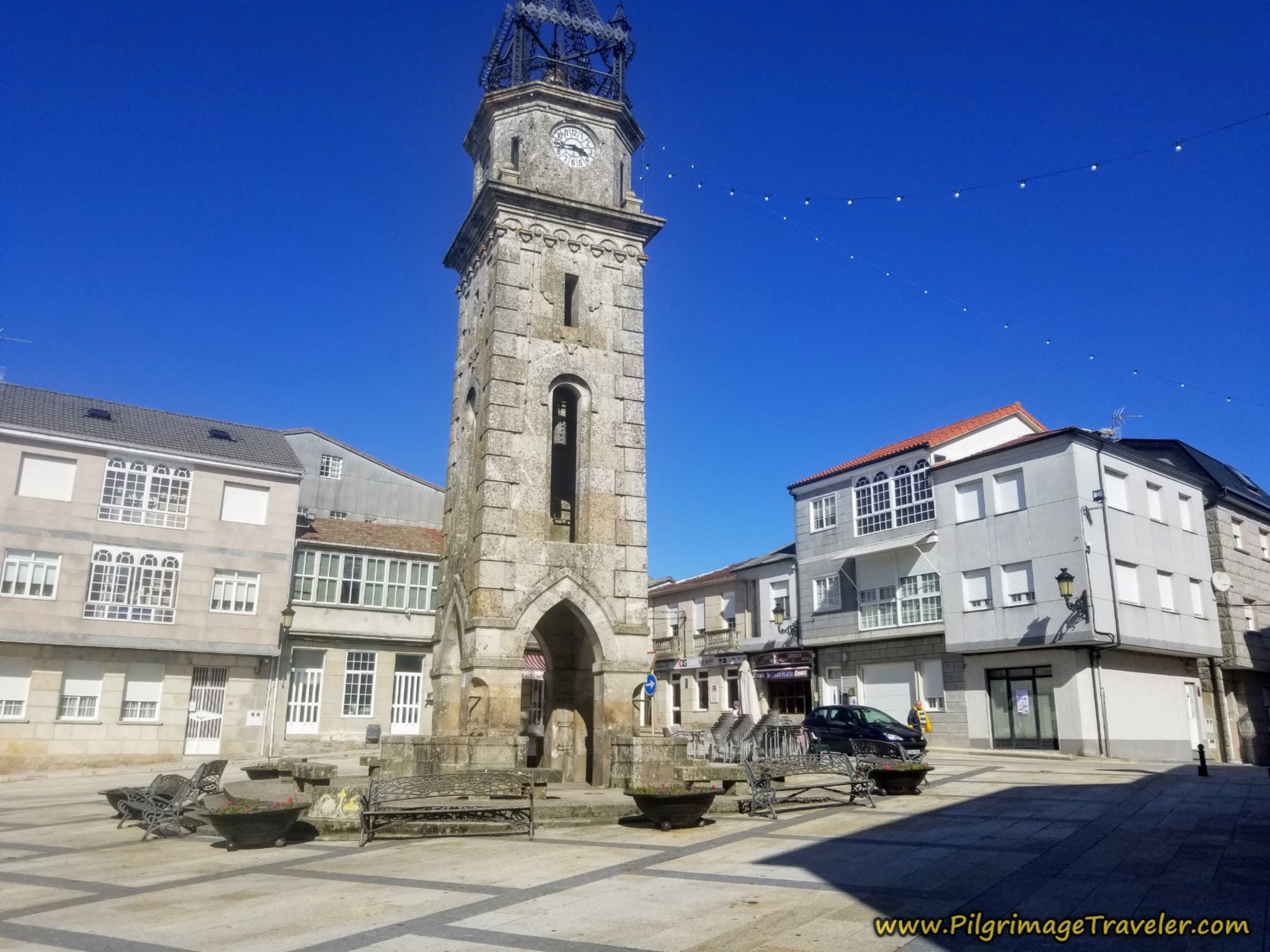
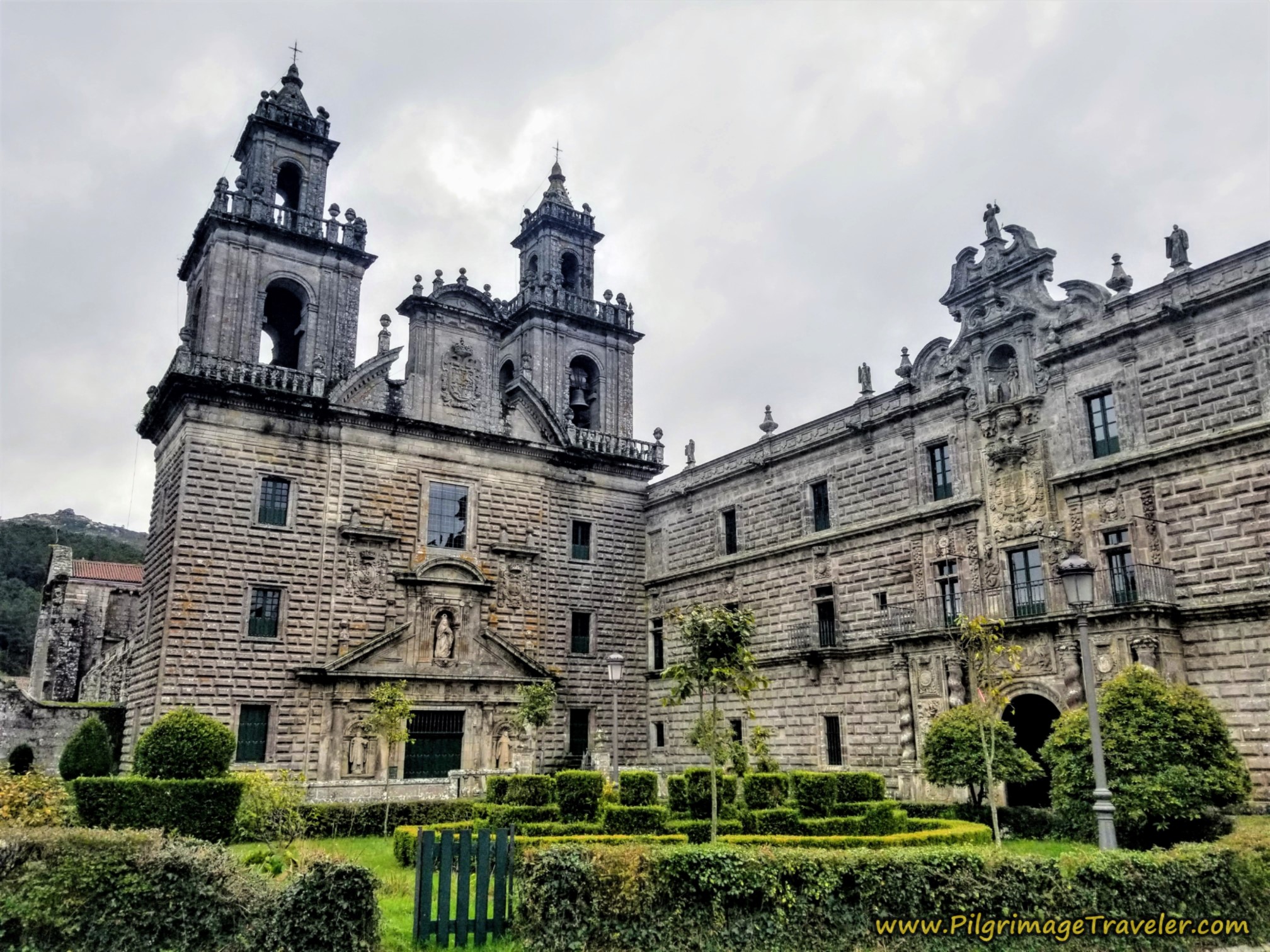
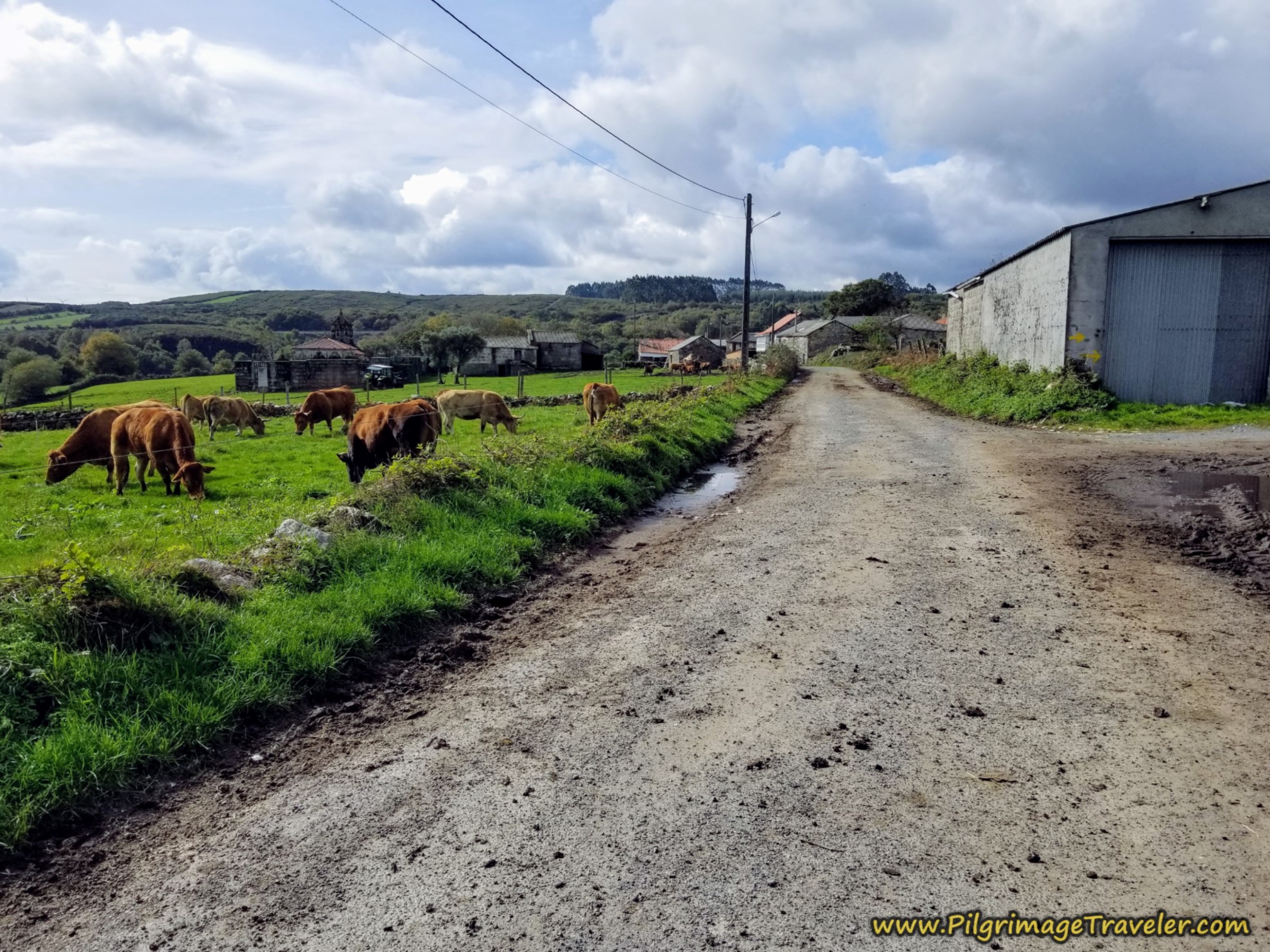
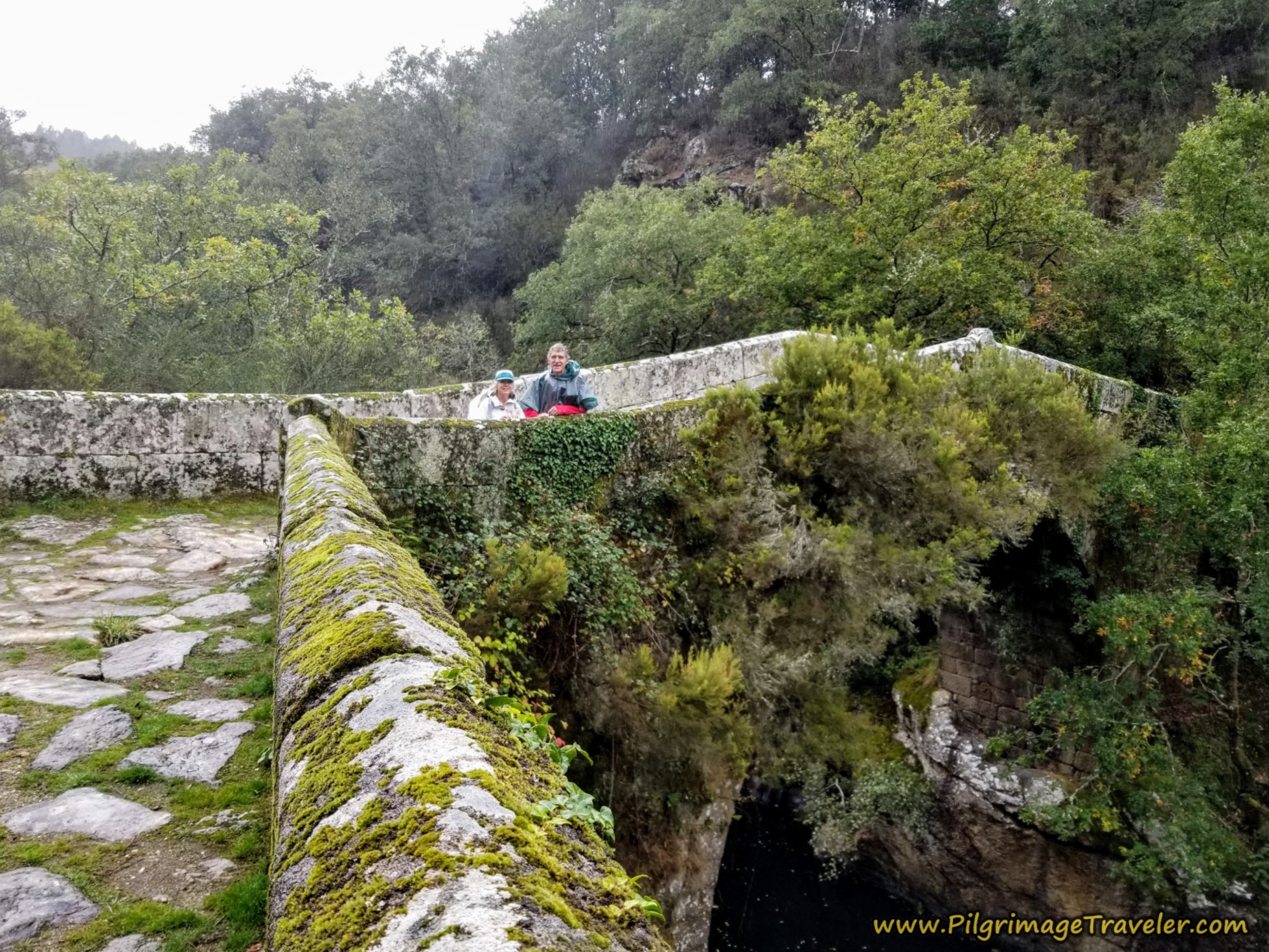
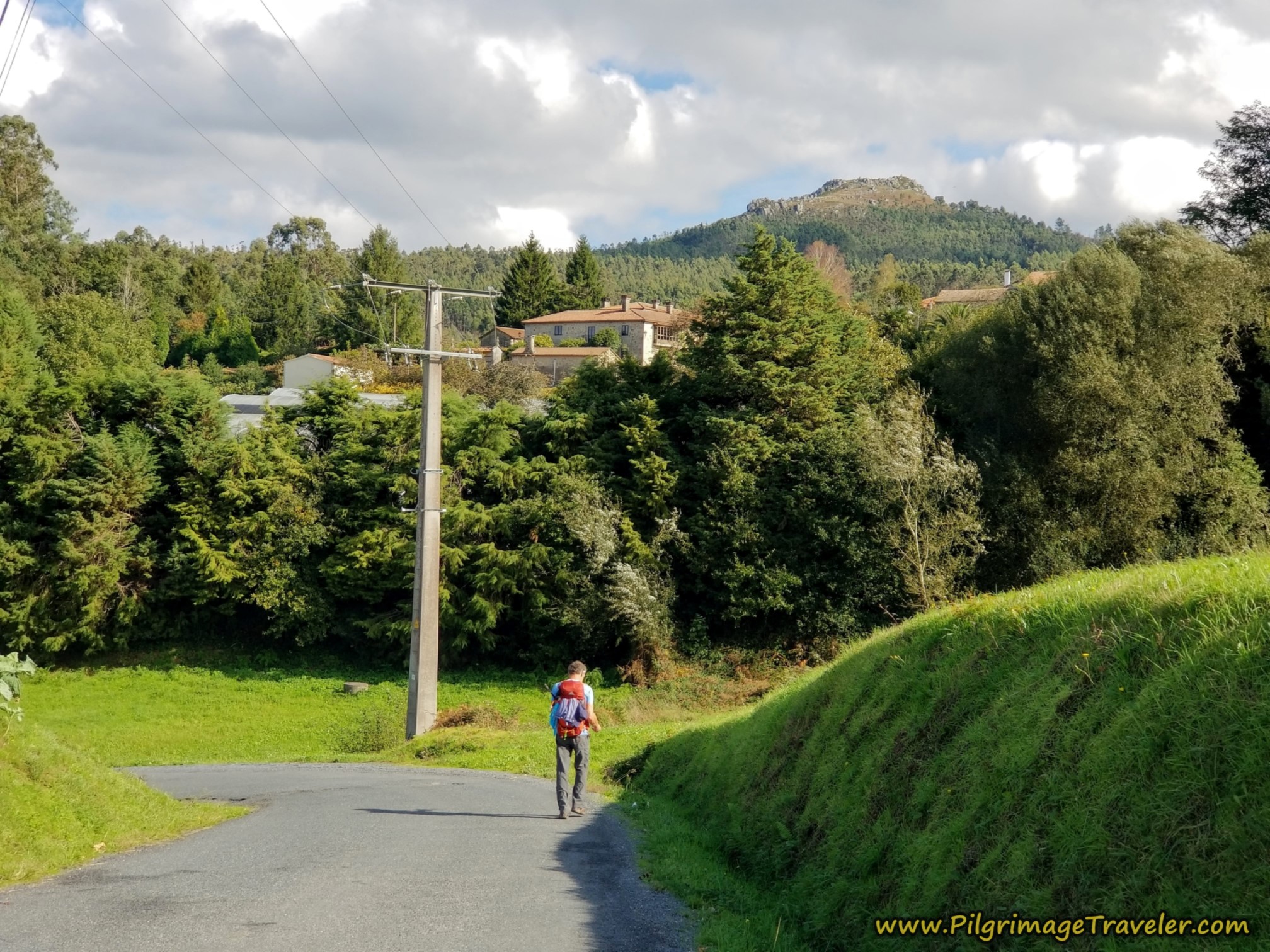
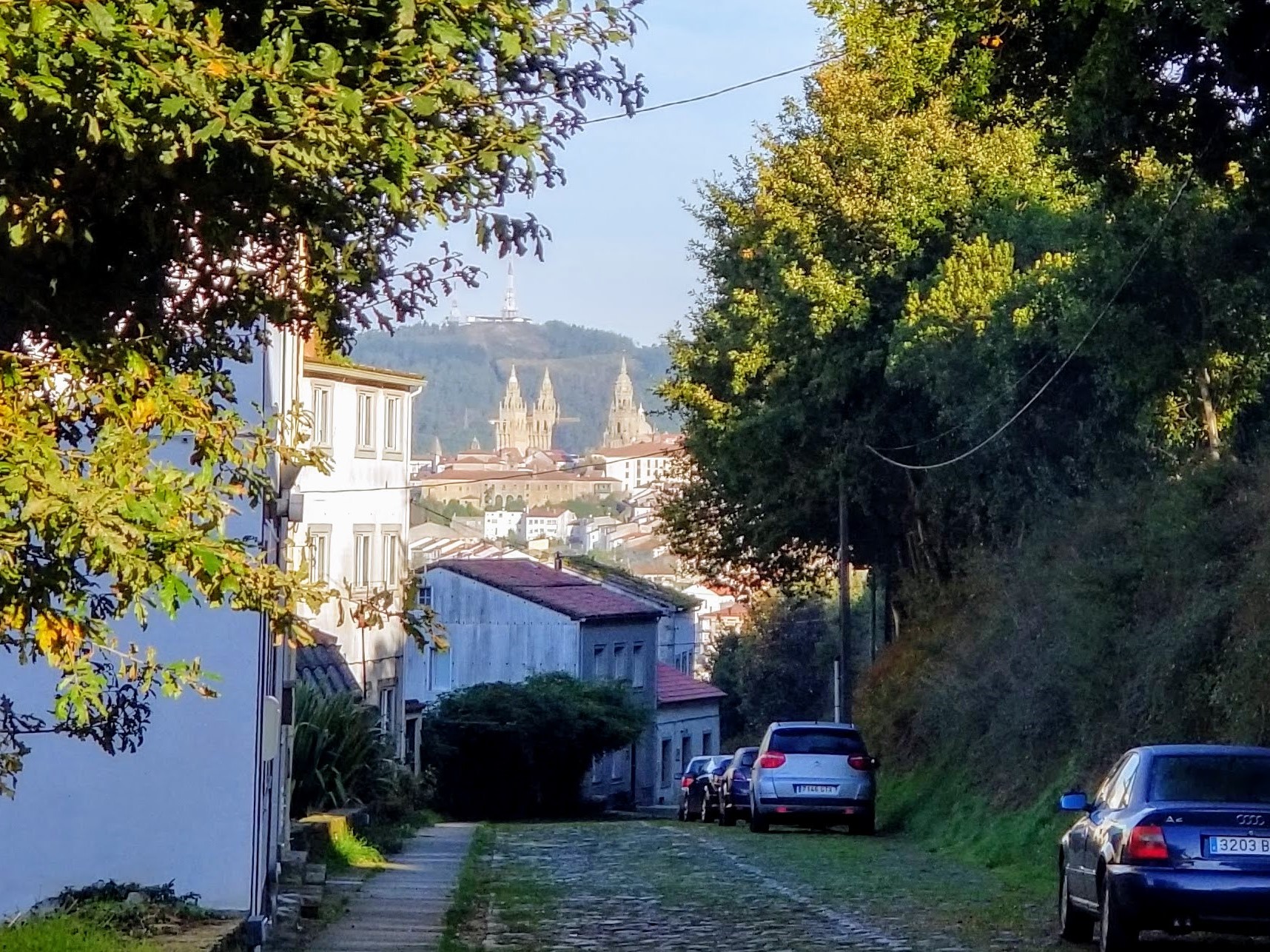
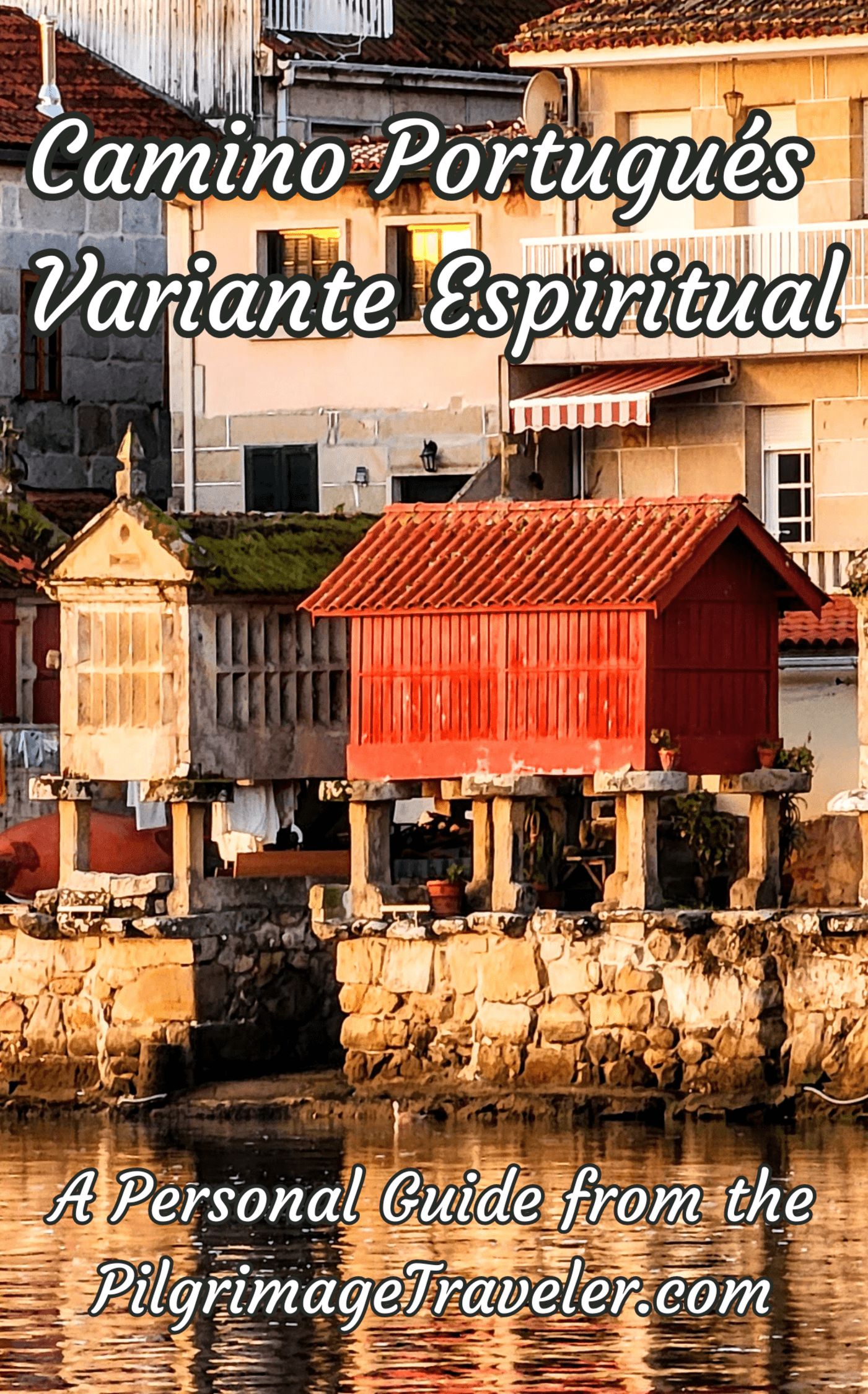
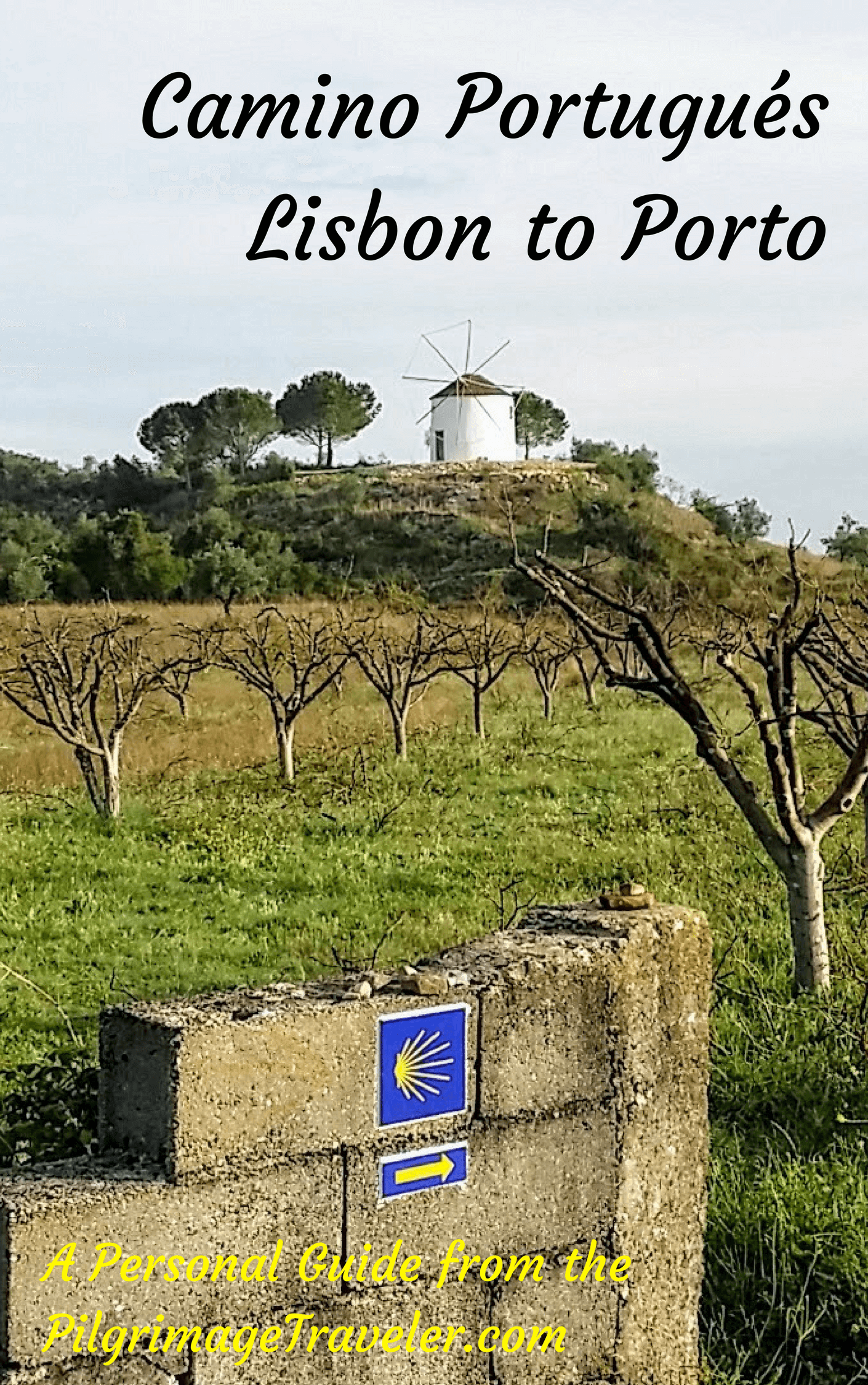
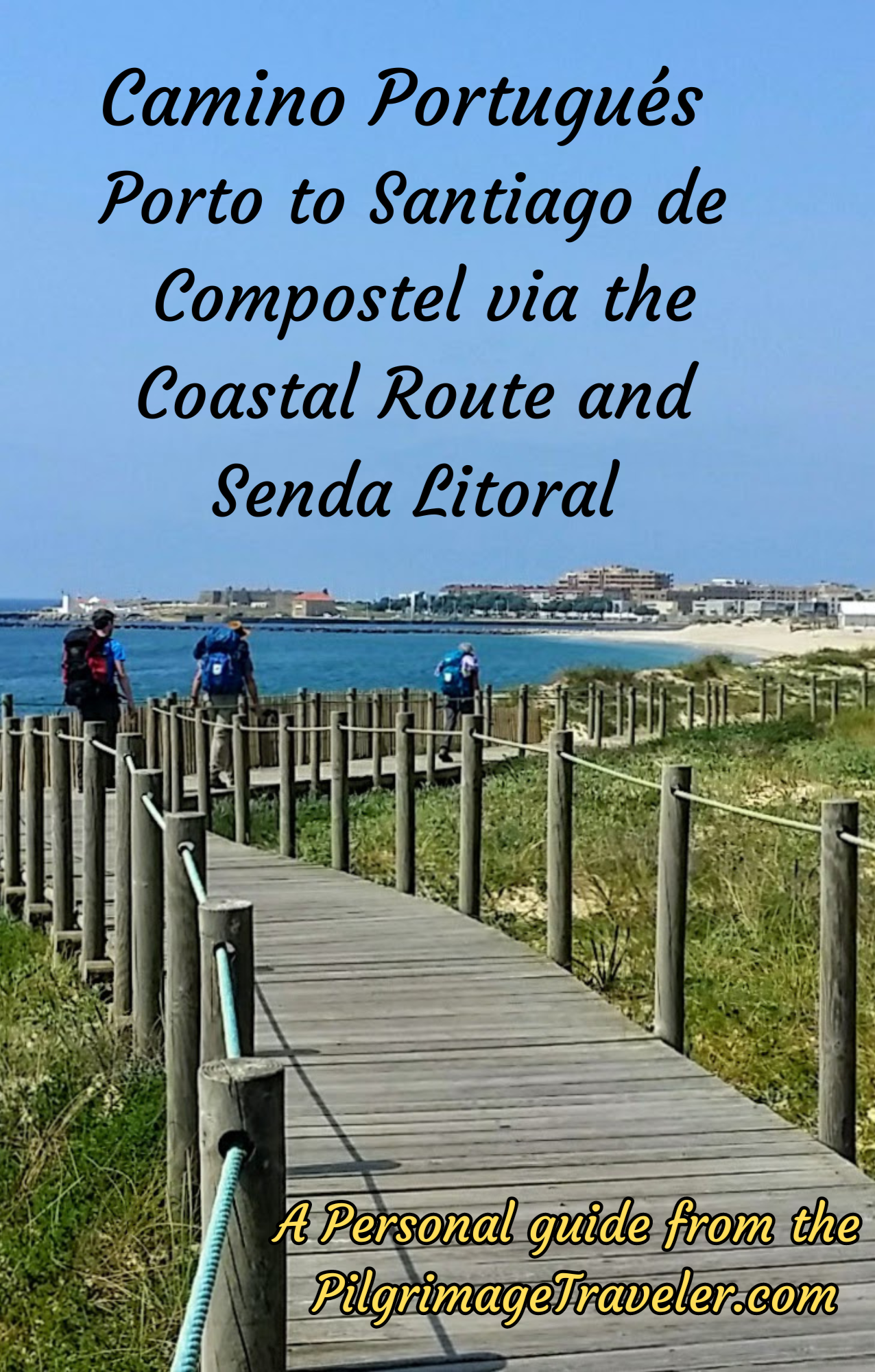
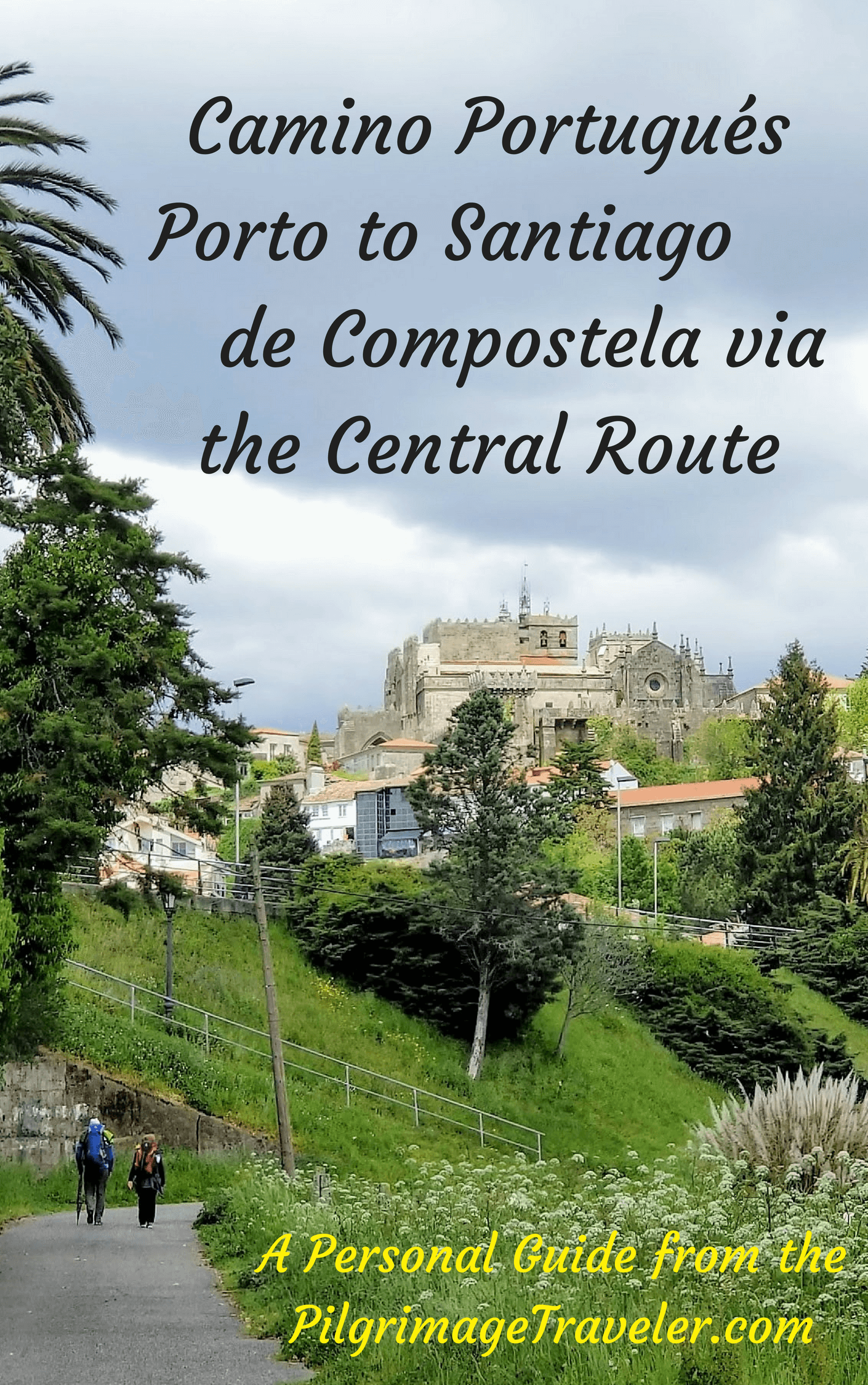
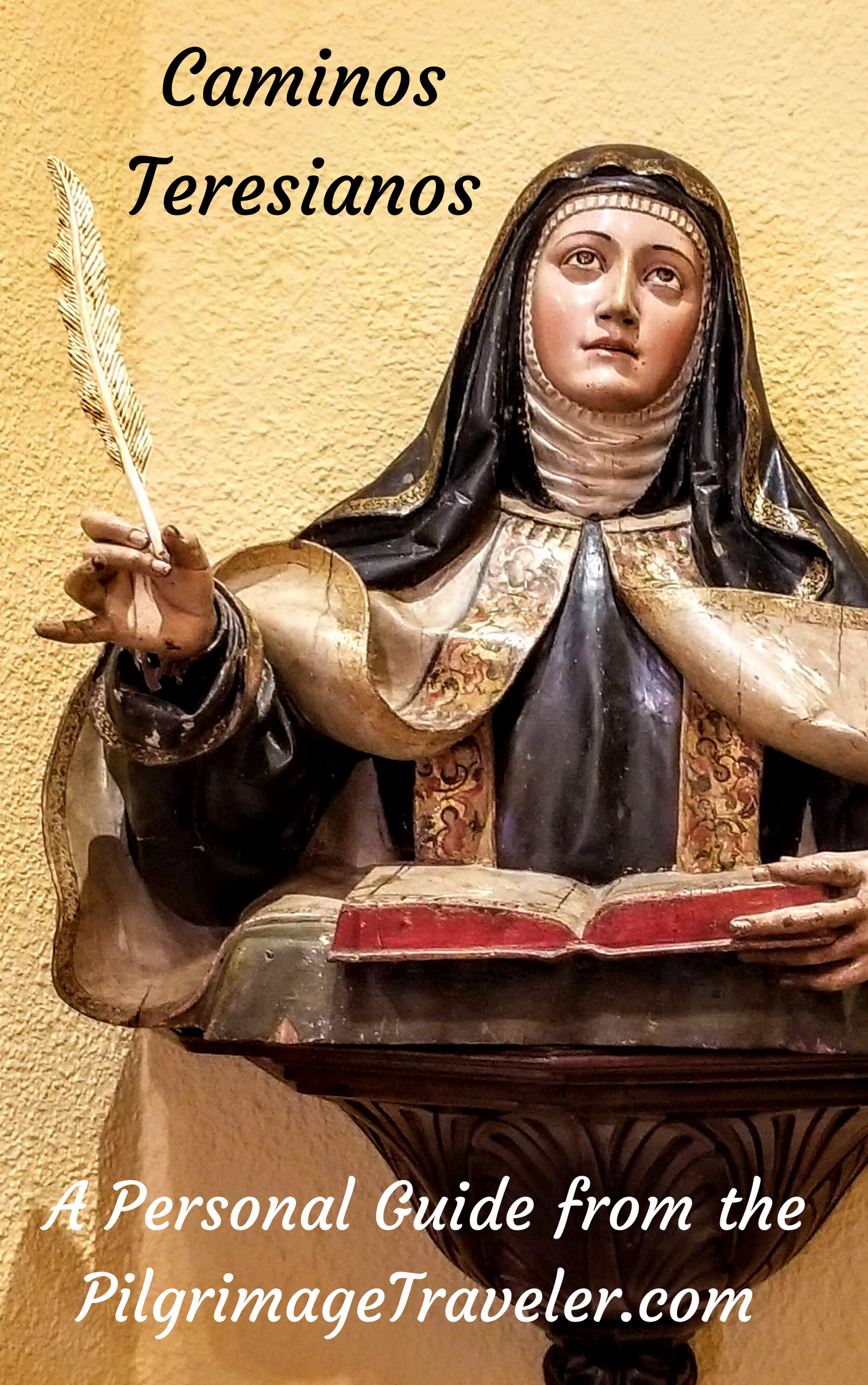
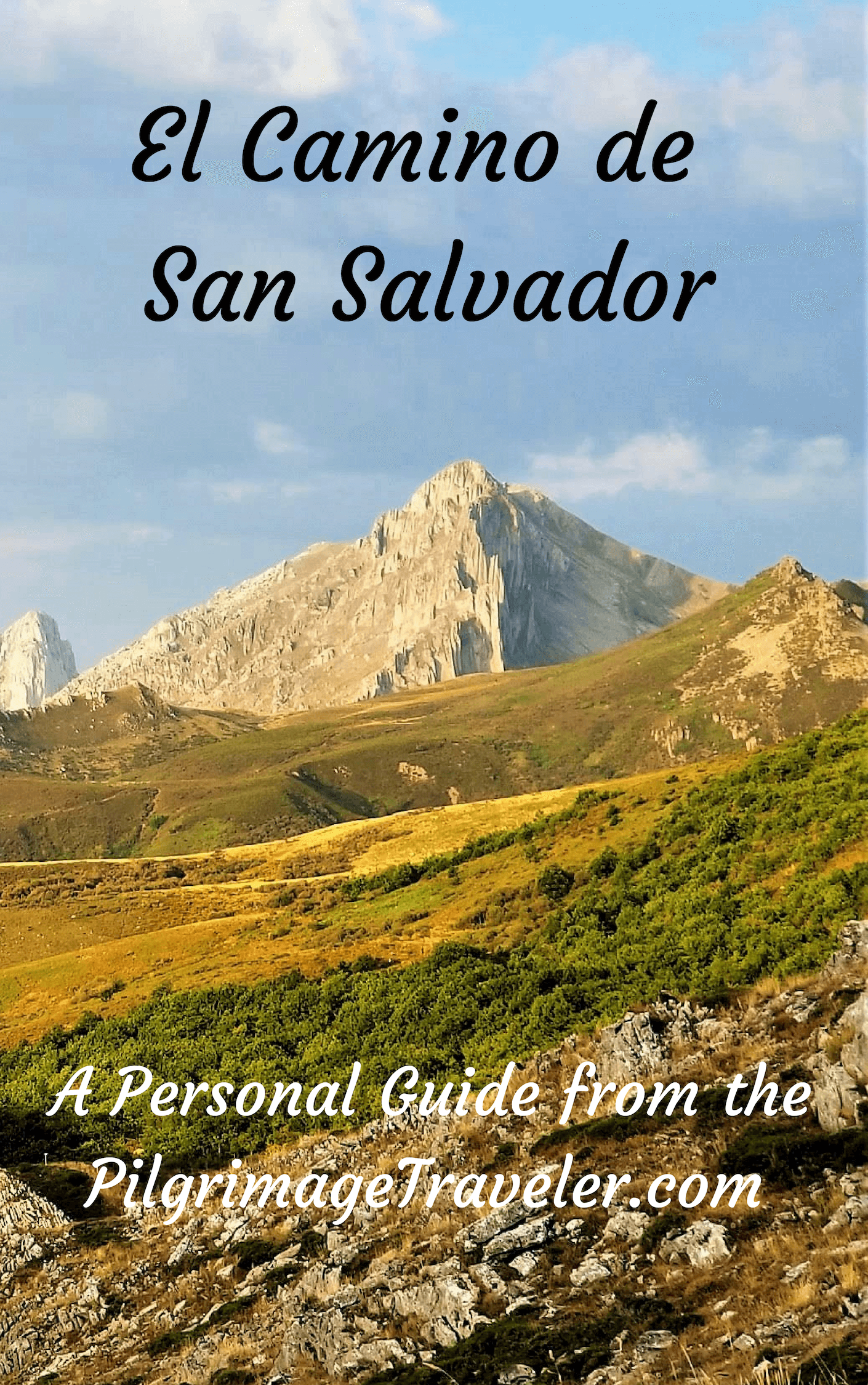
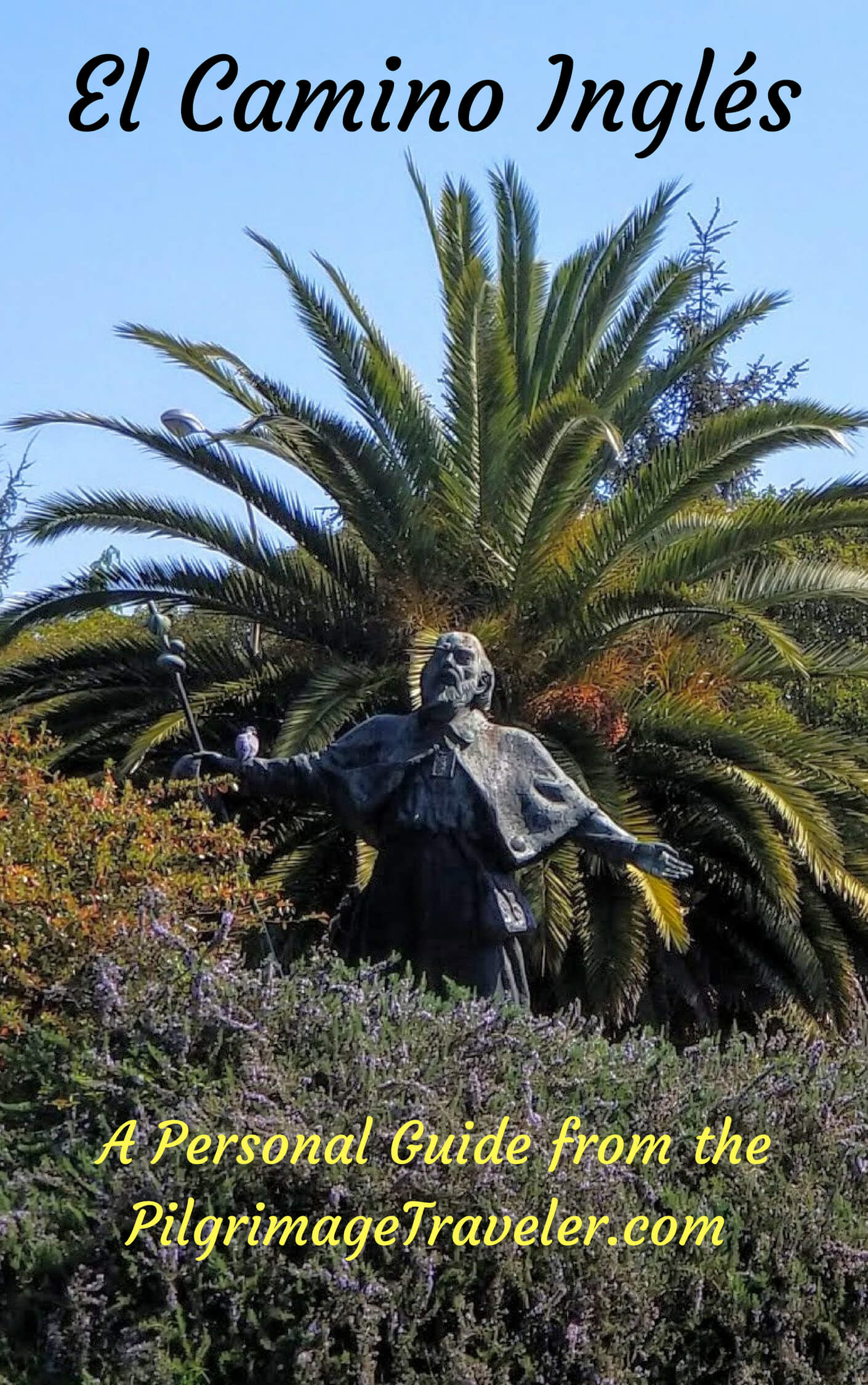
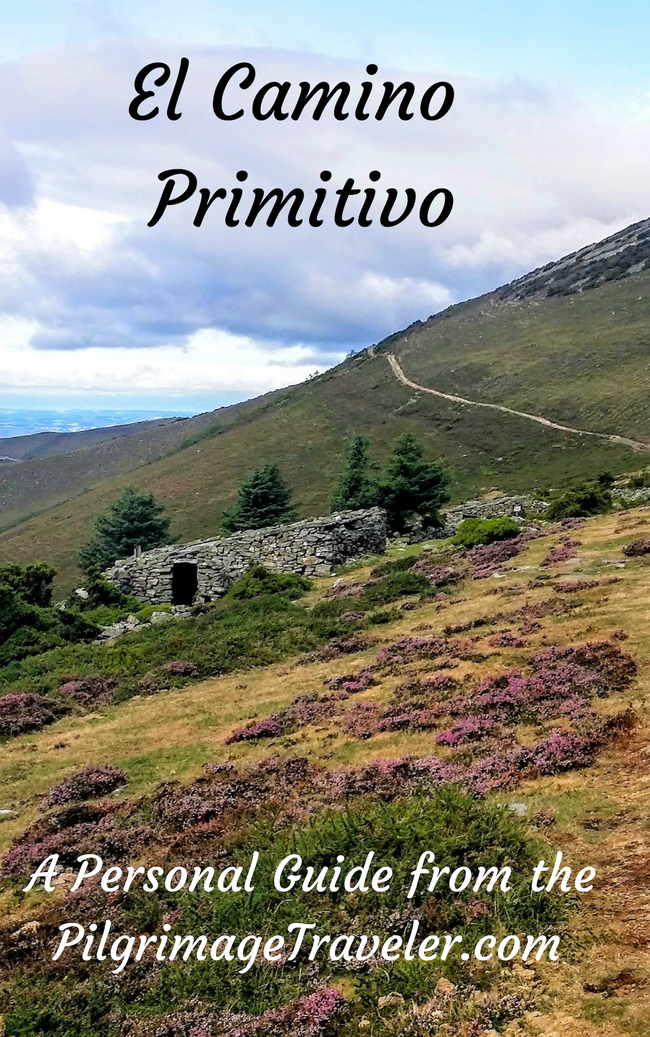
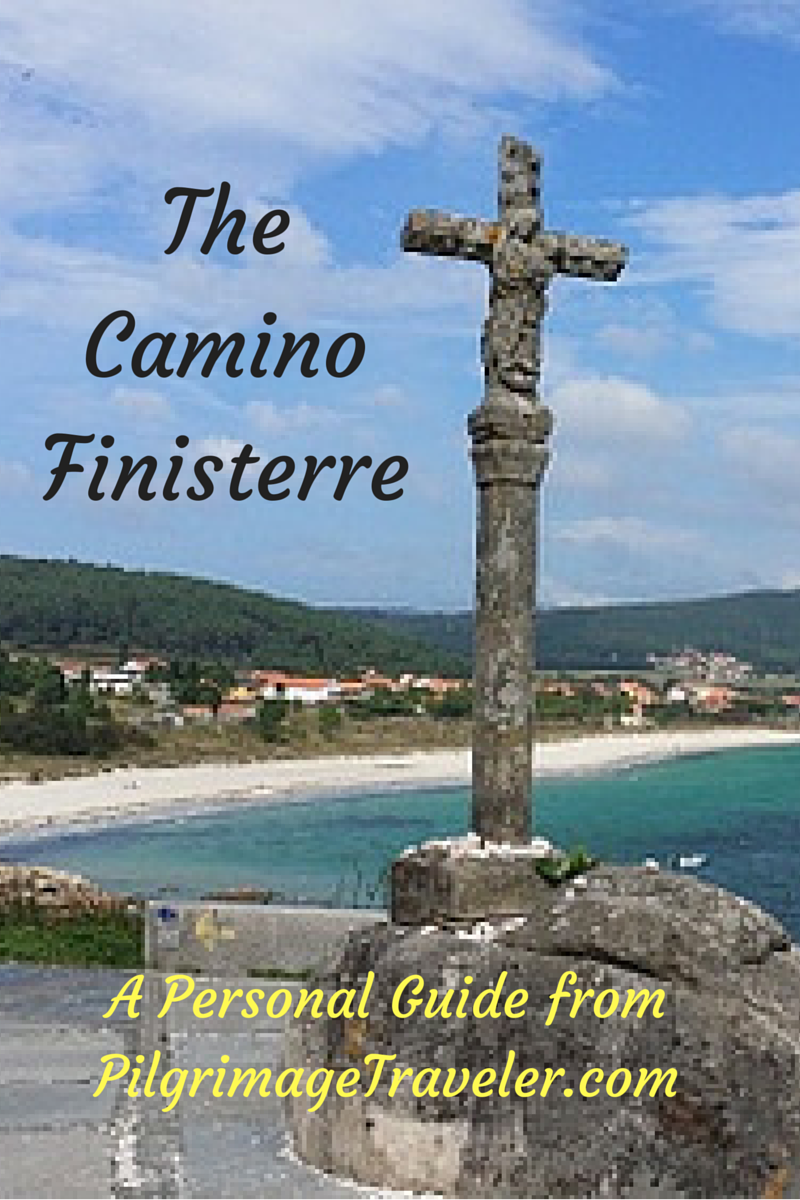
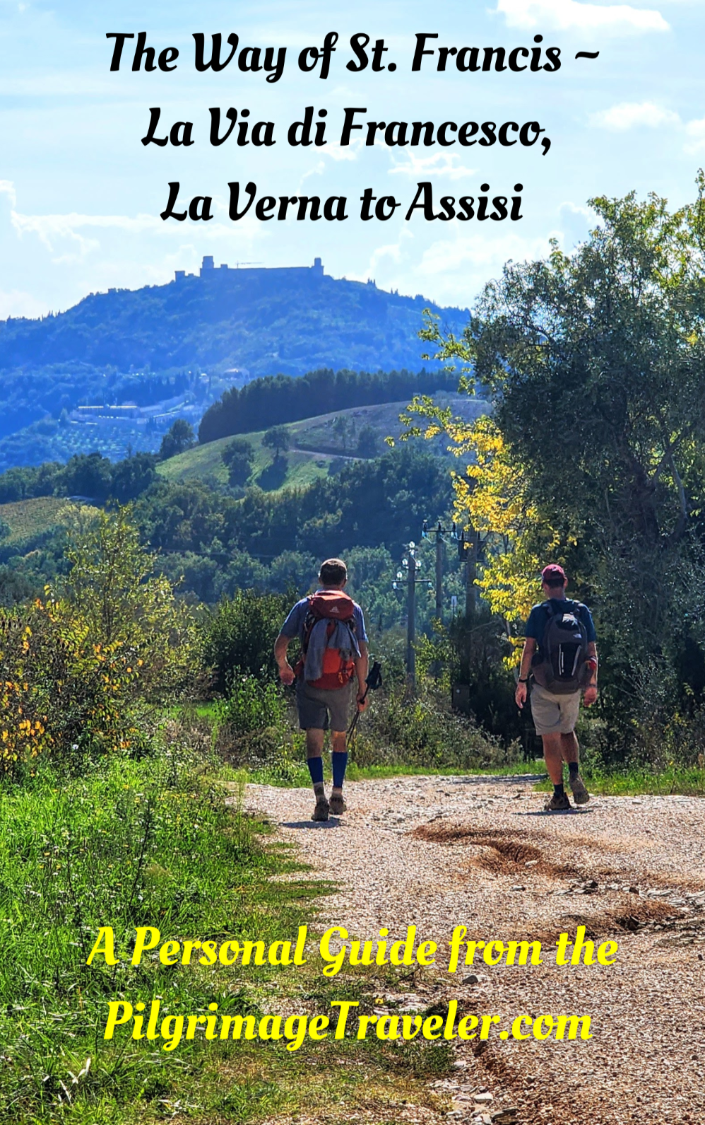

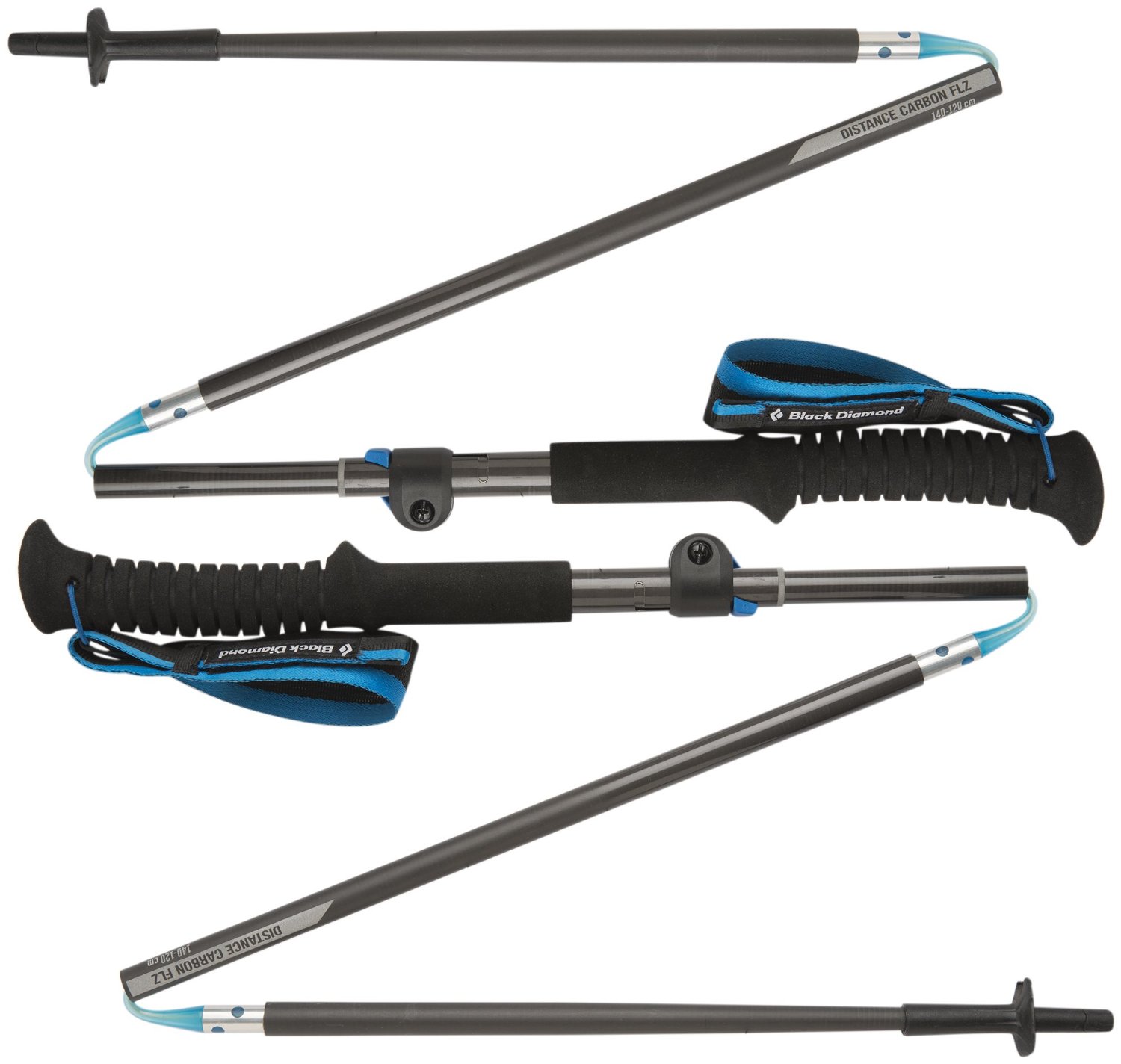

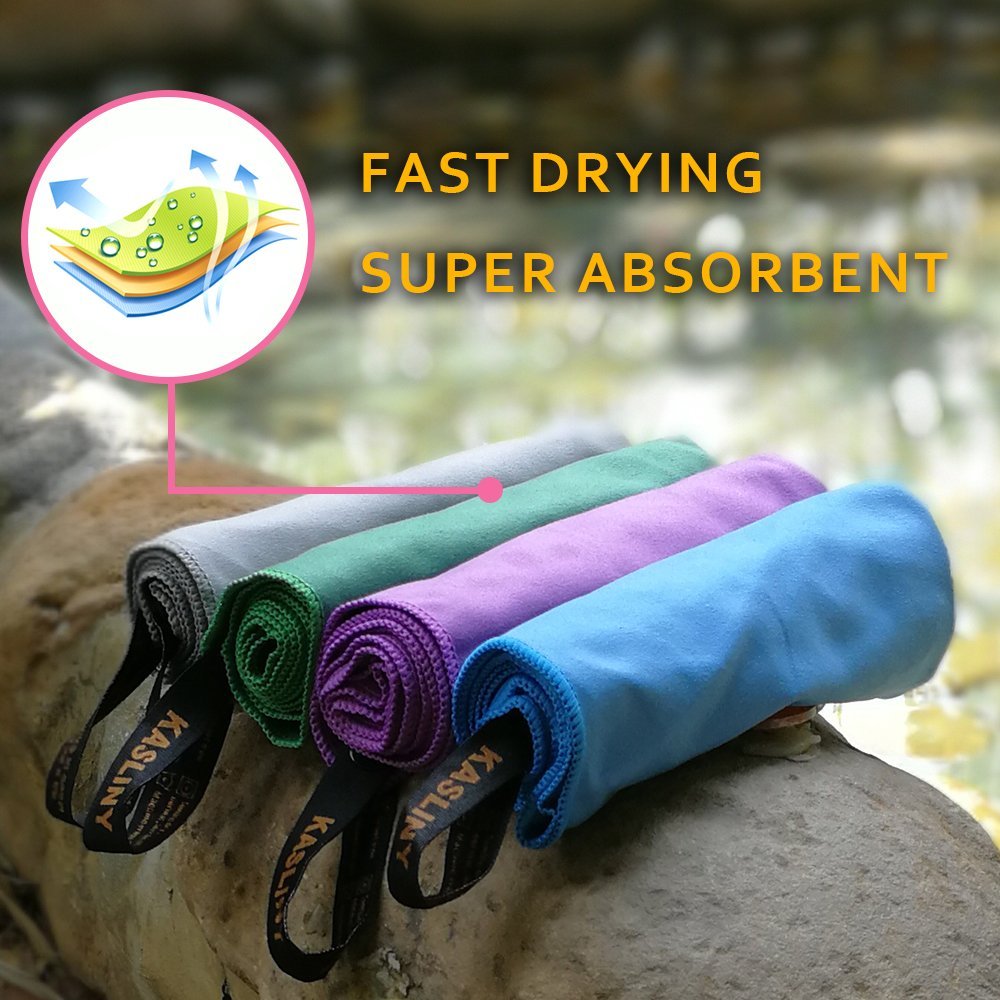
Your Opinion Matters! Comments
Have you had a similar experience, have some advice to give, or have something else you'd like to share? We would love to hear from you! Please leave us a comment in the box below.